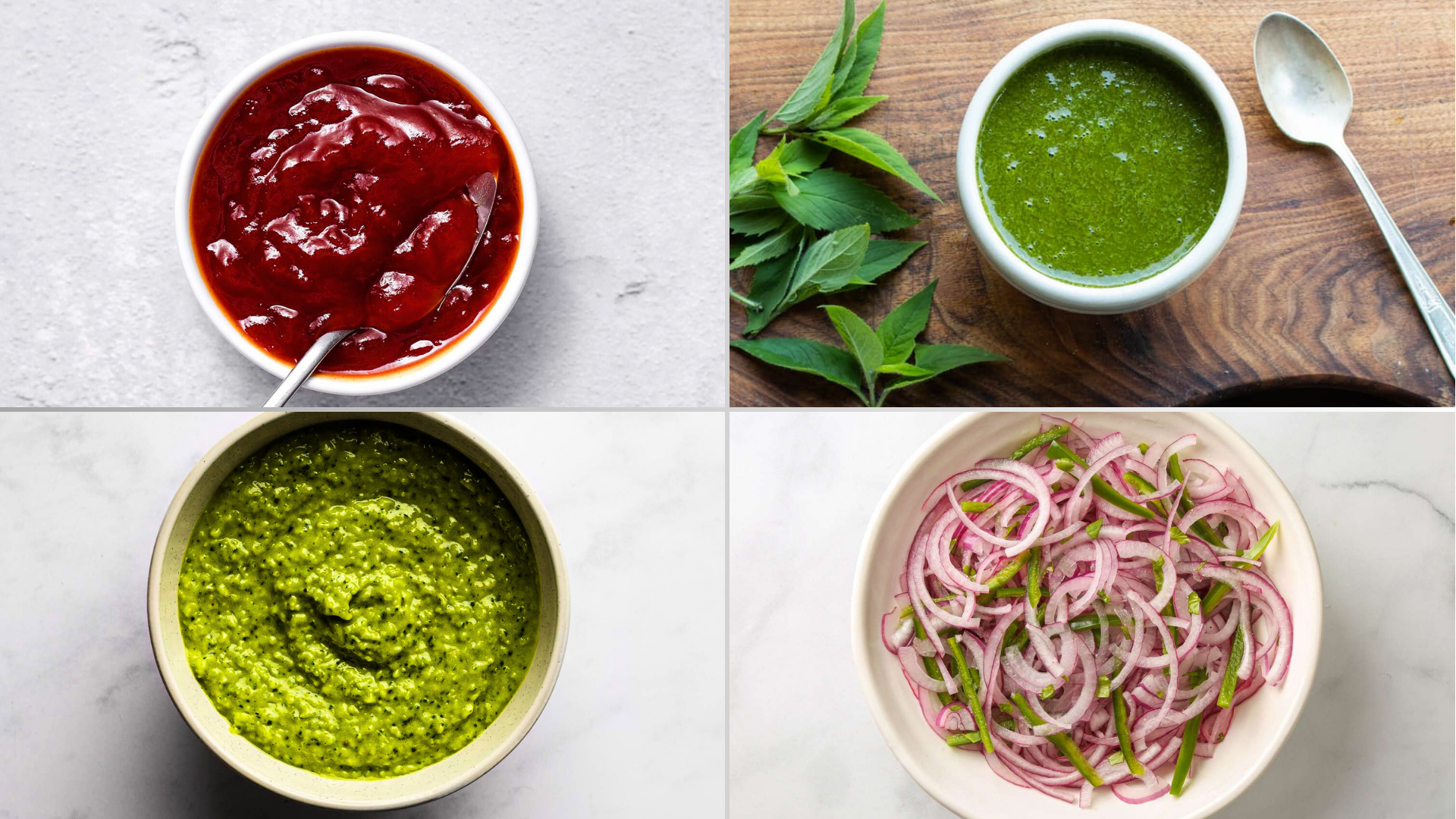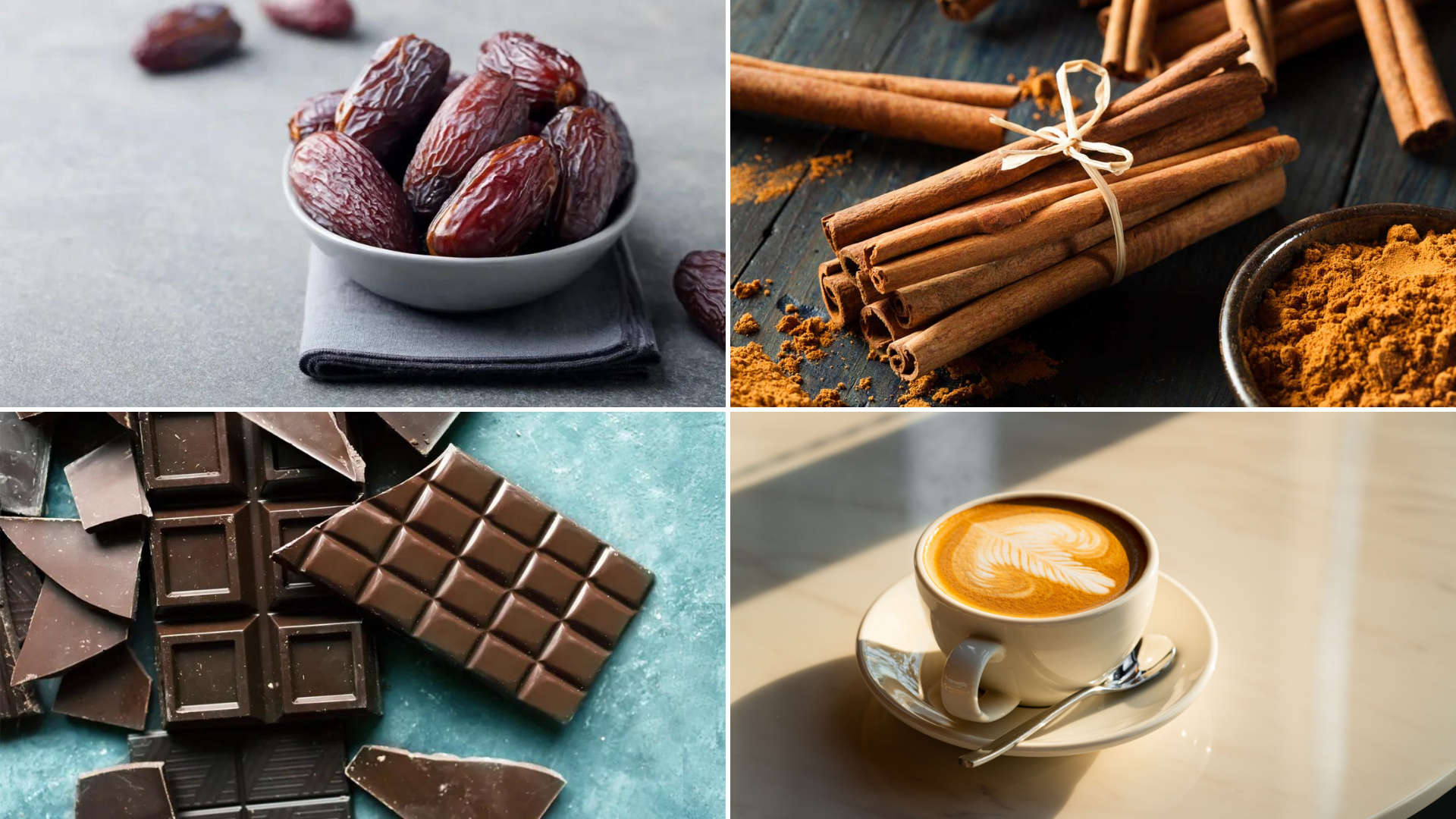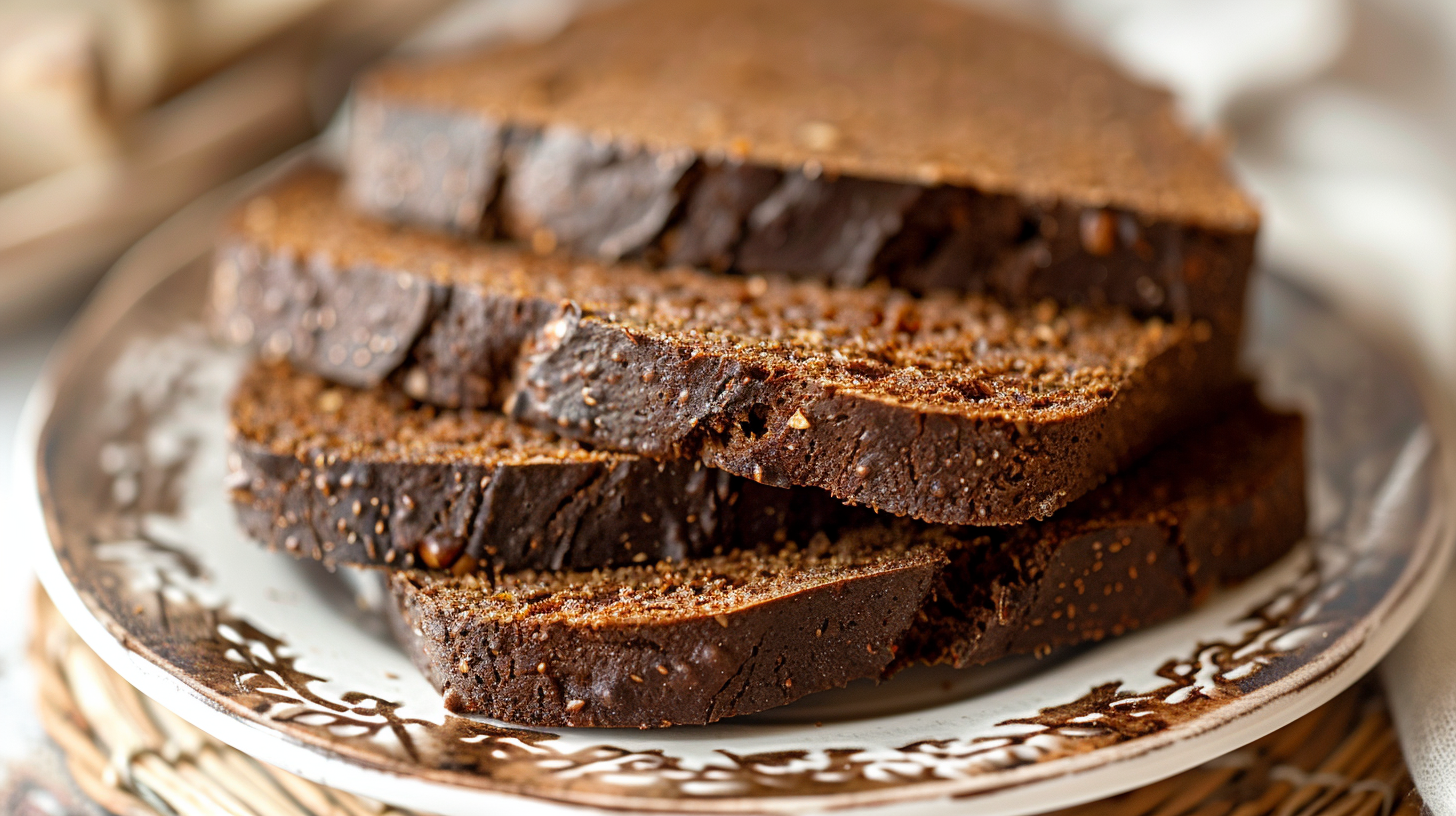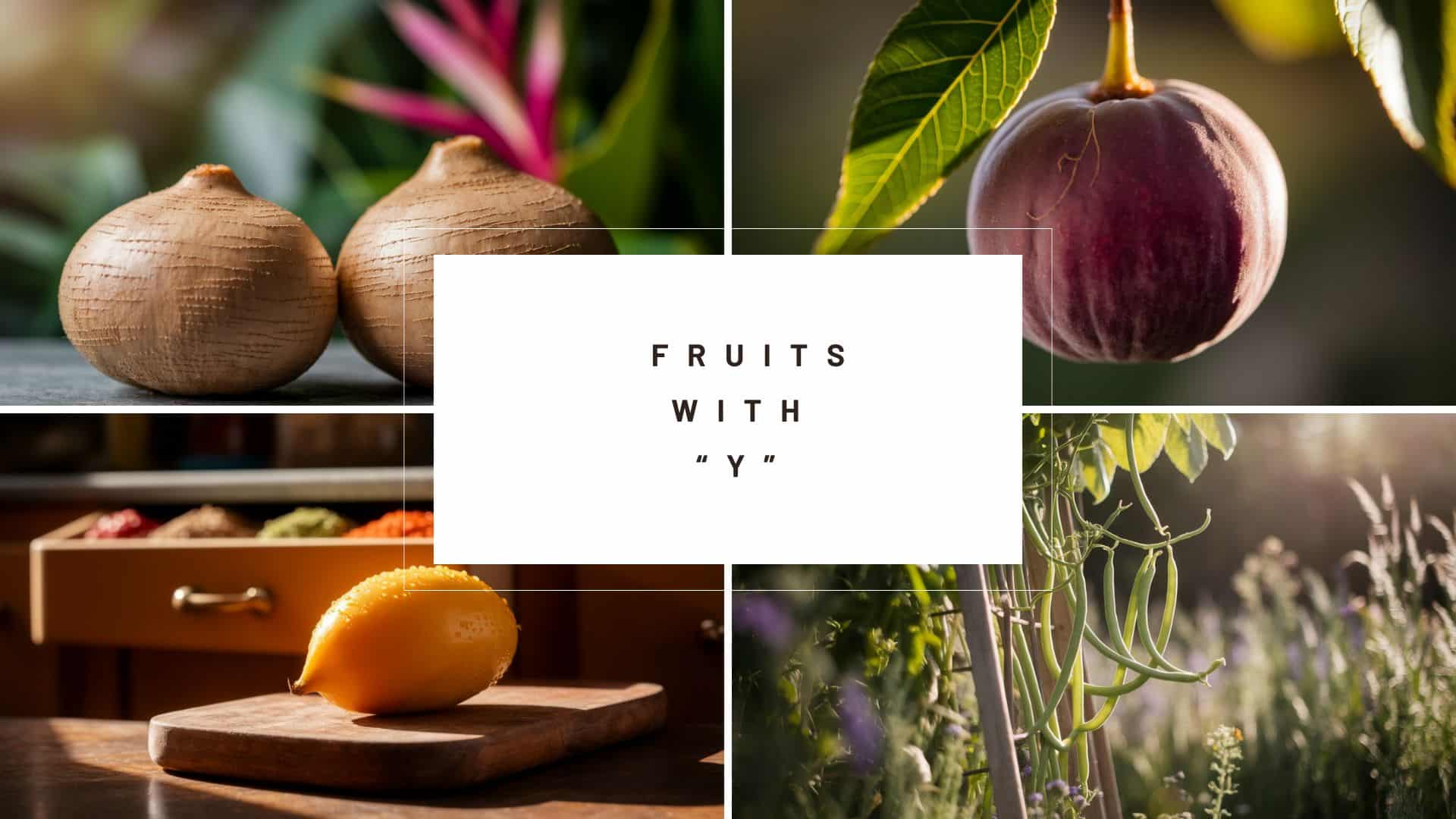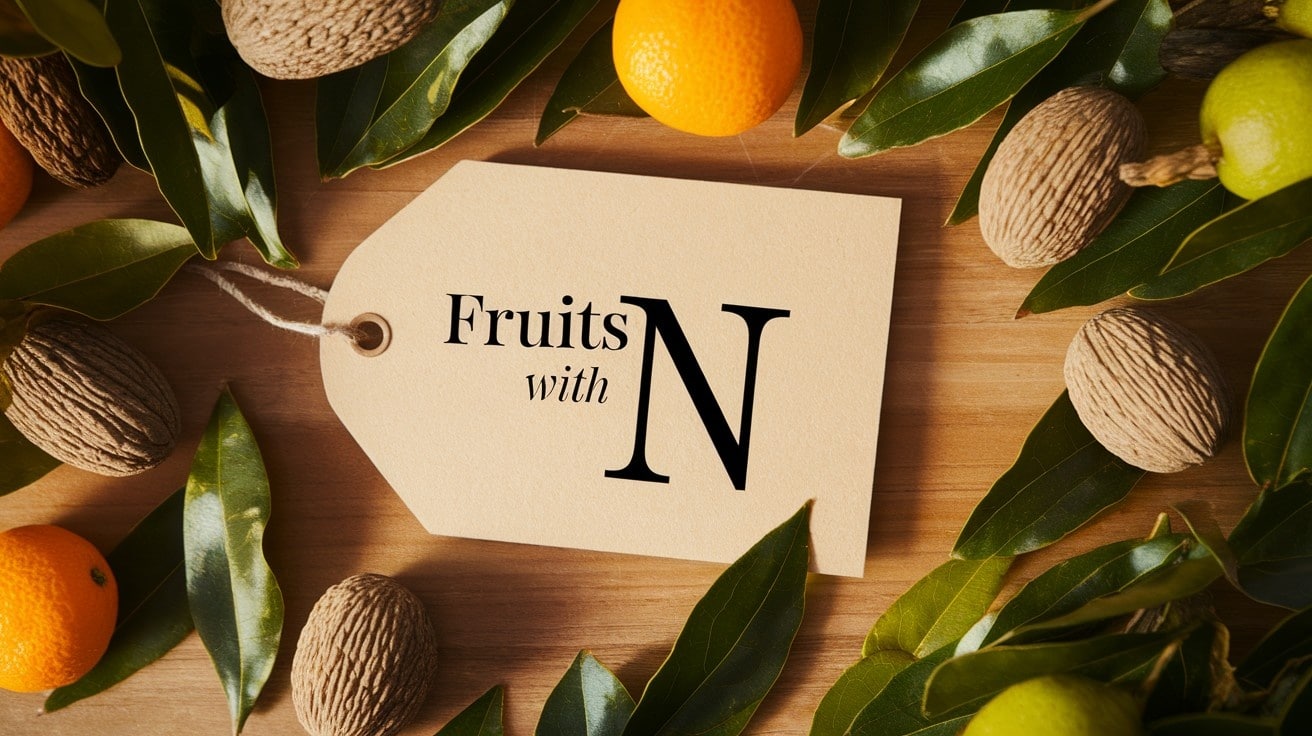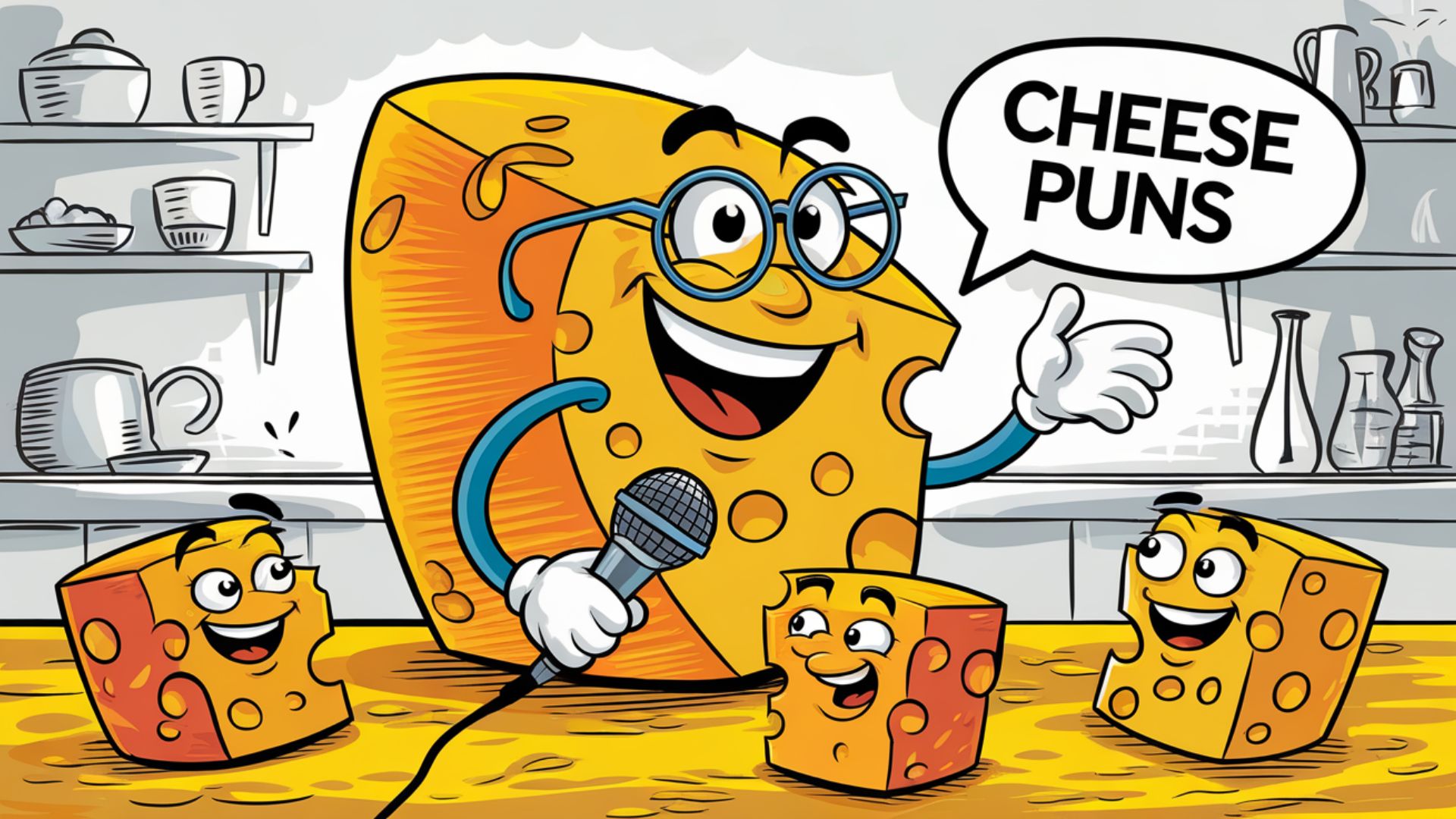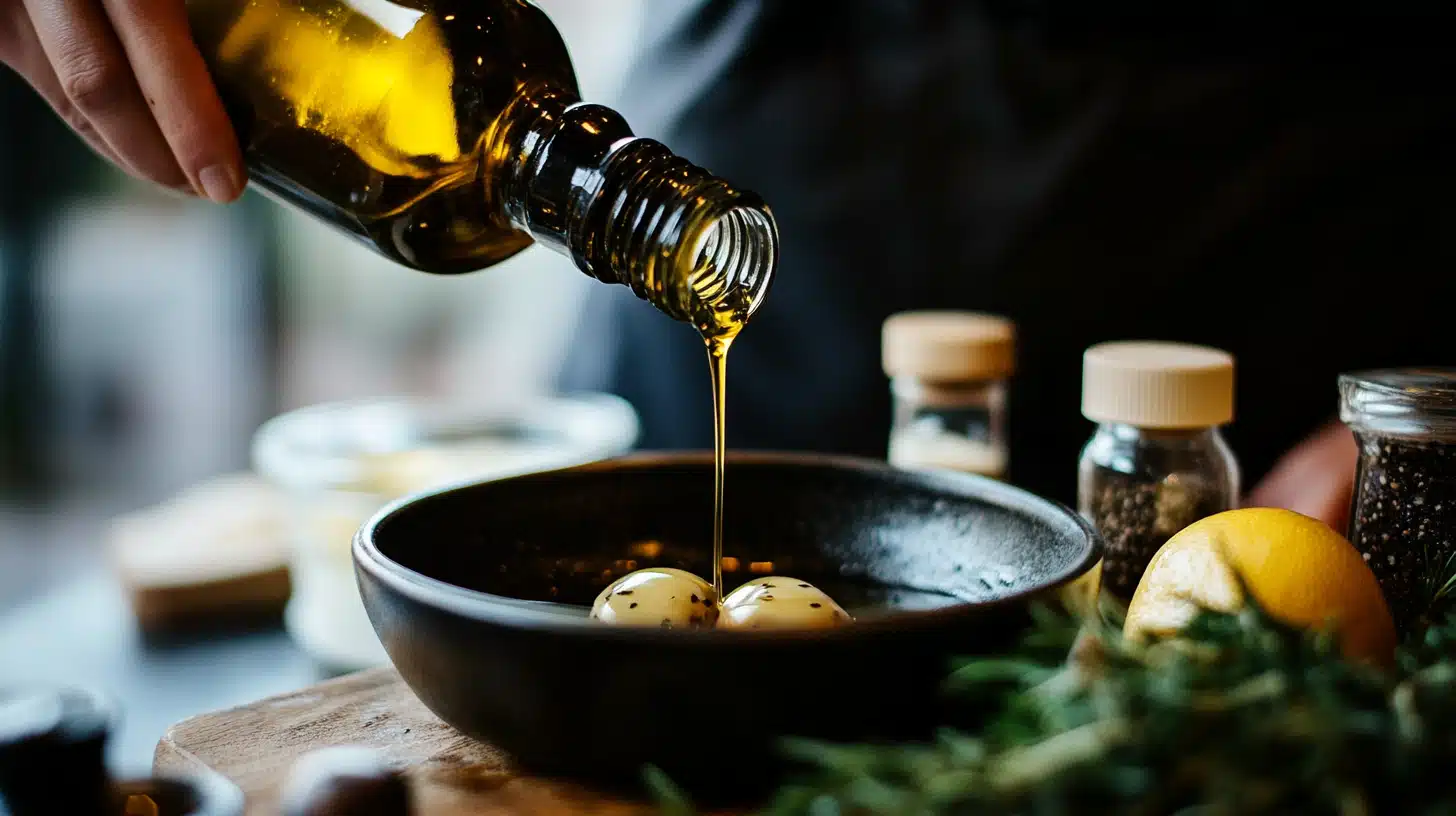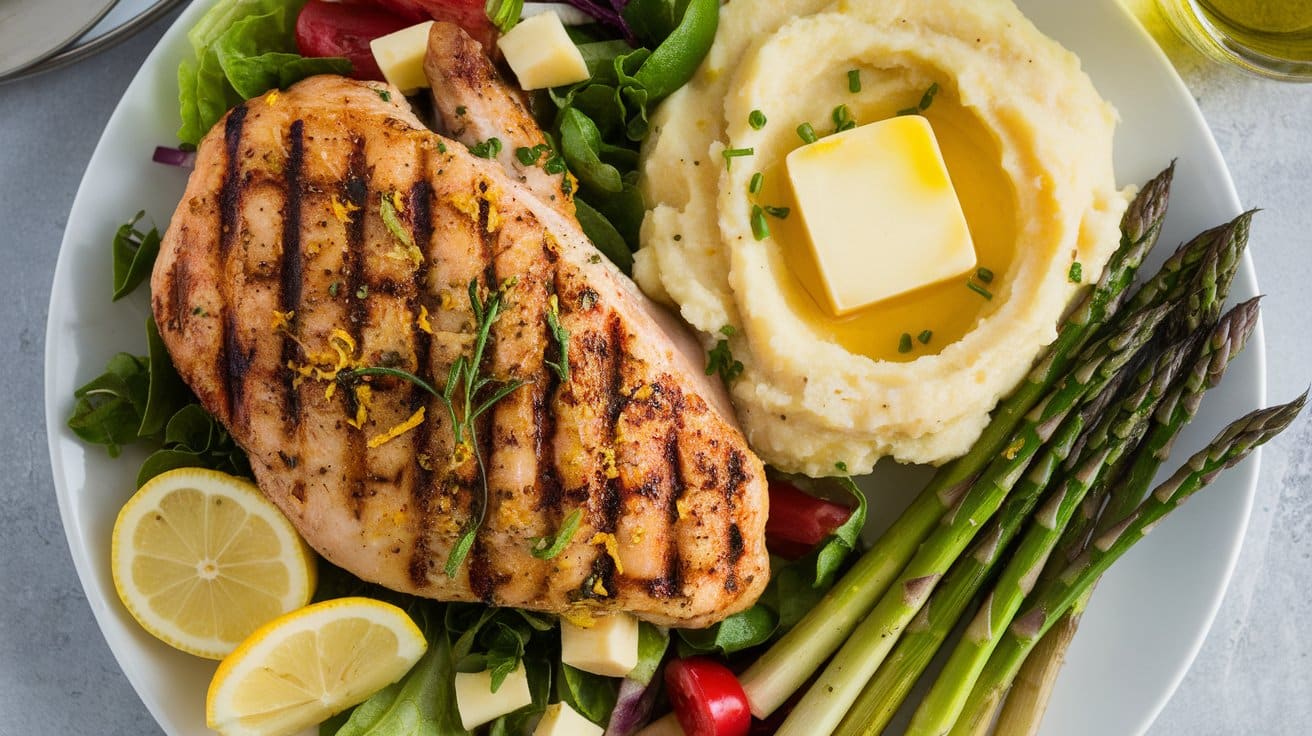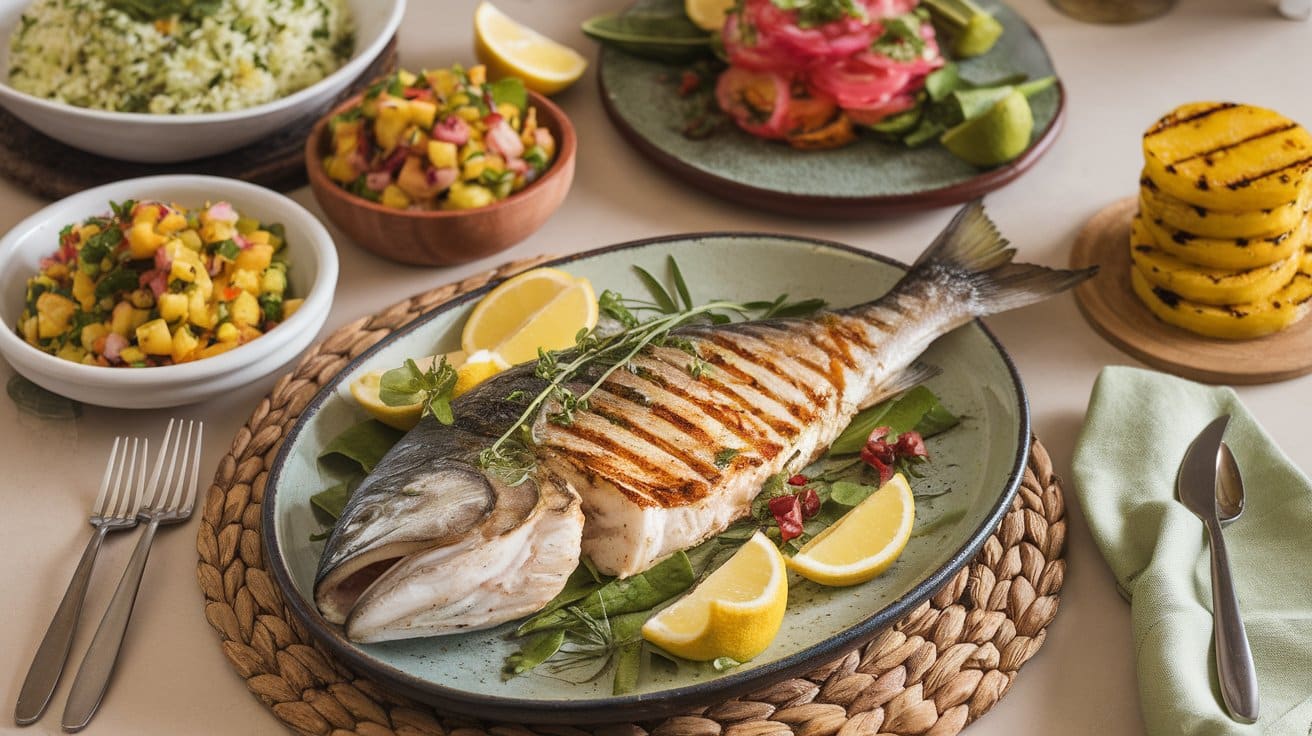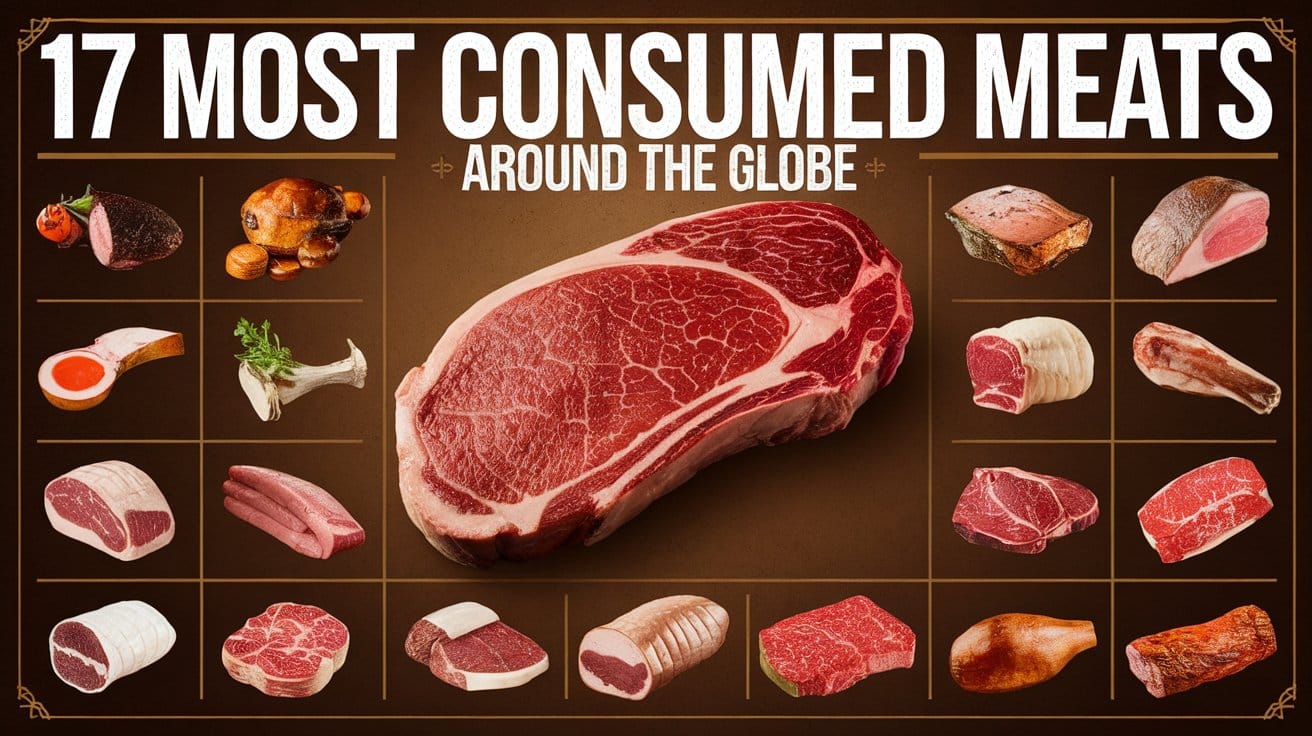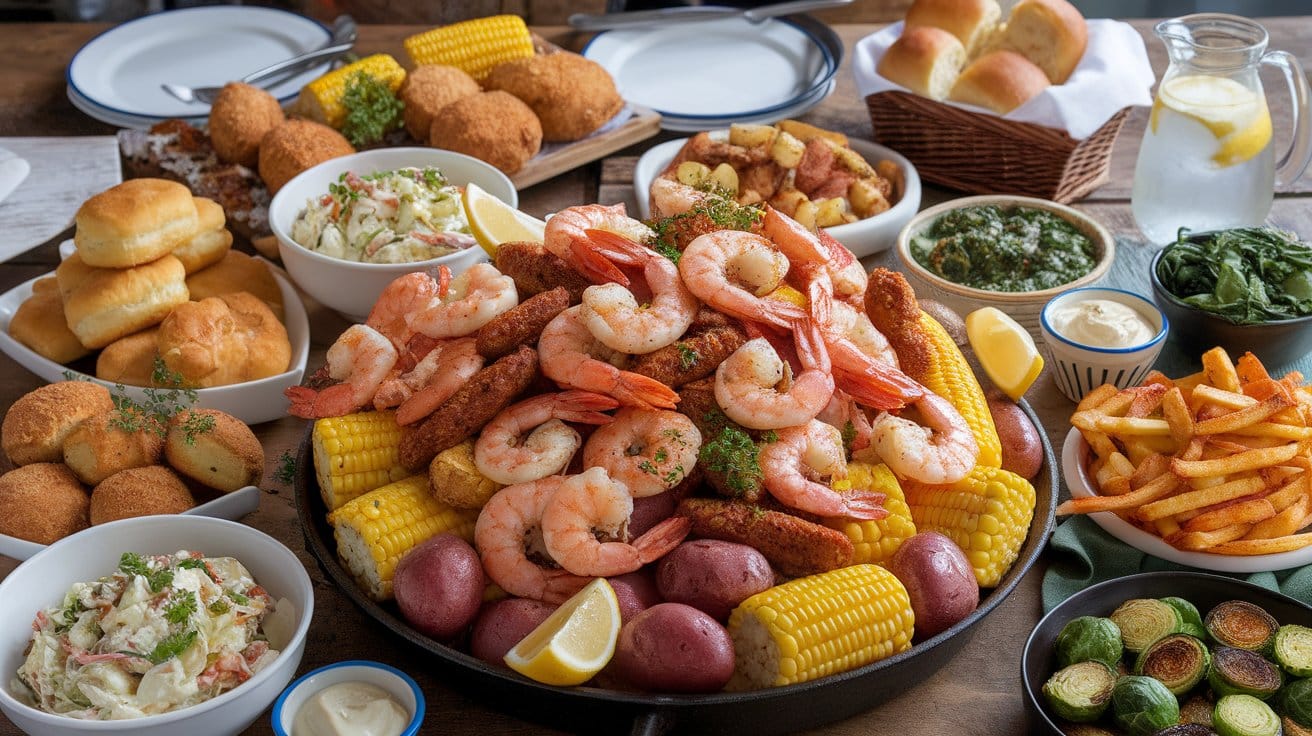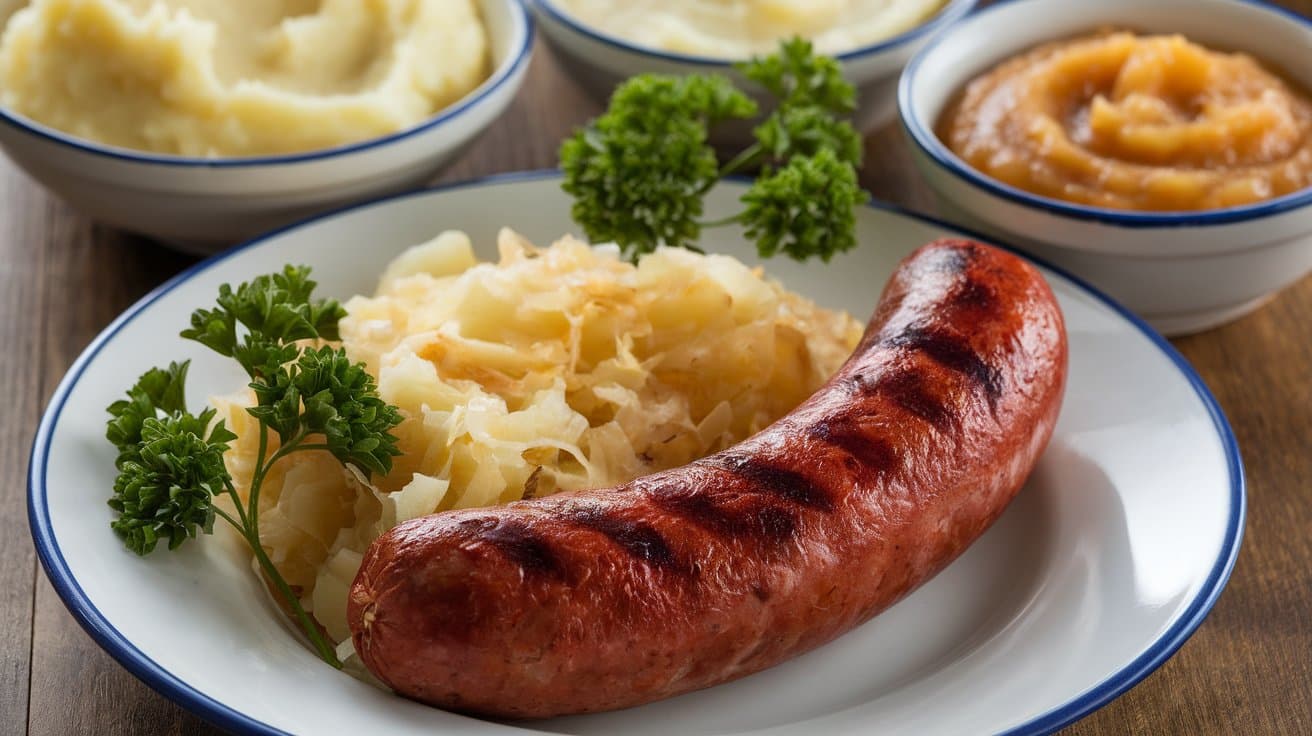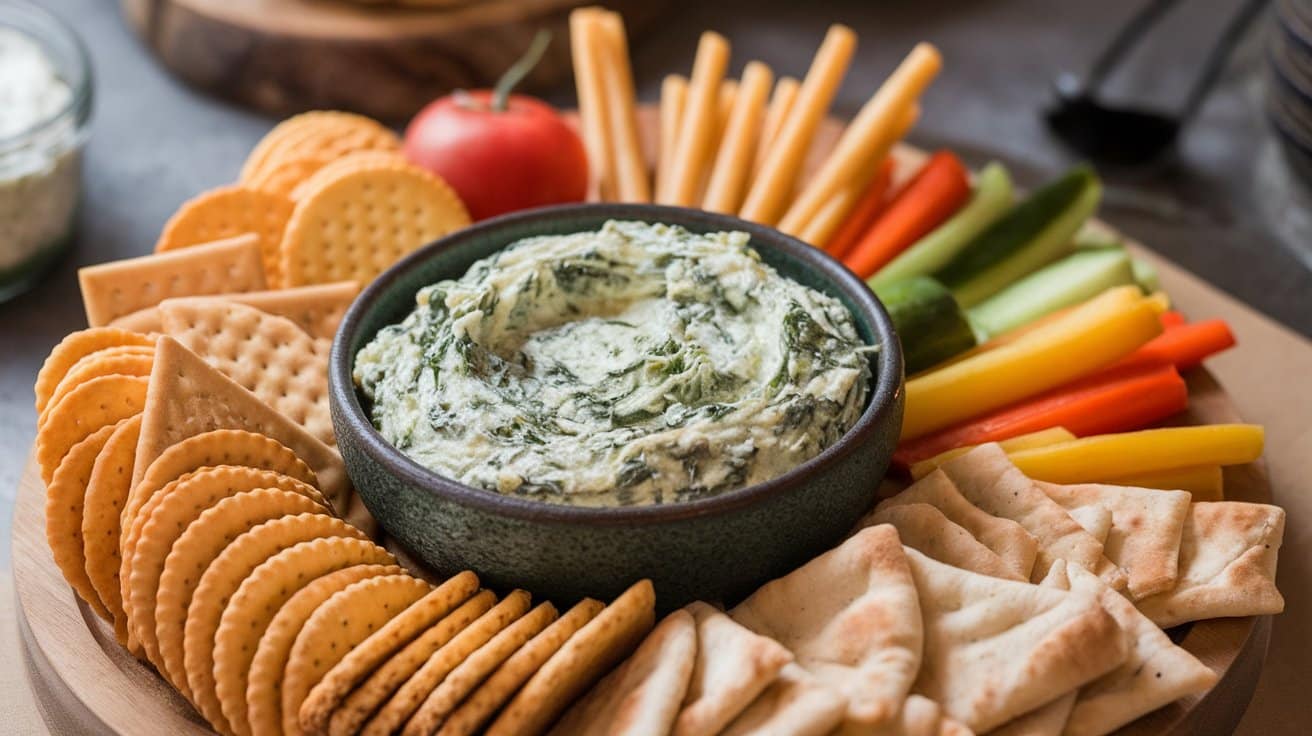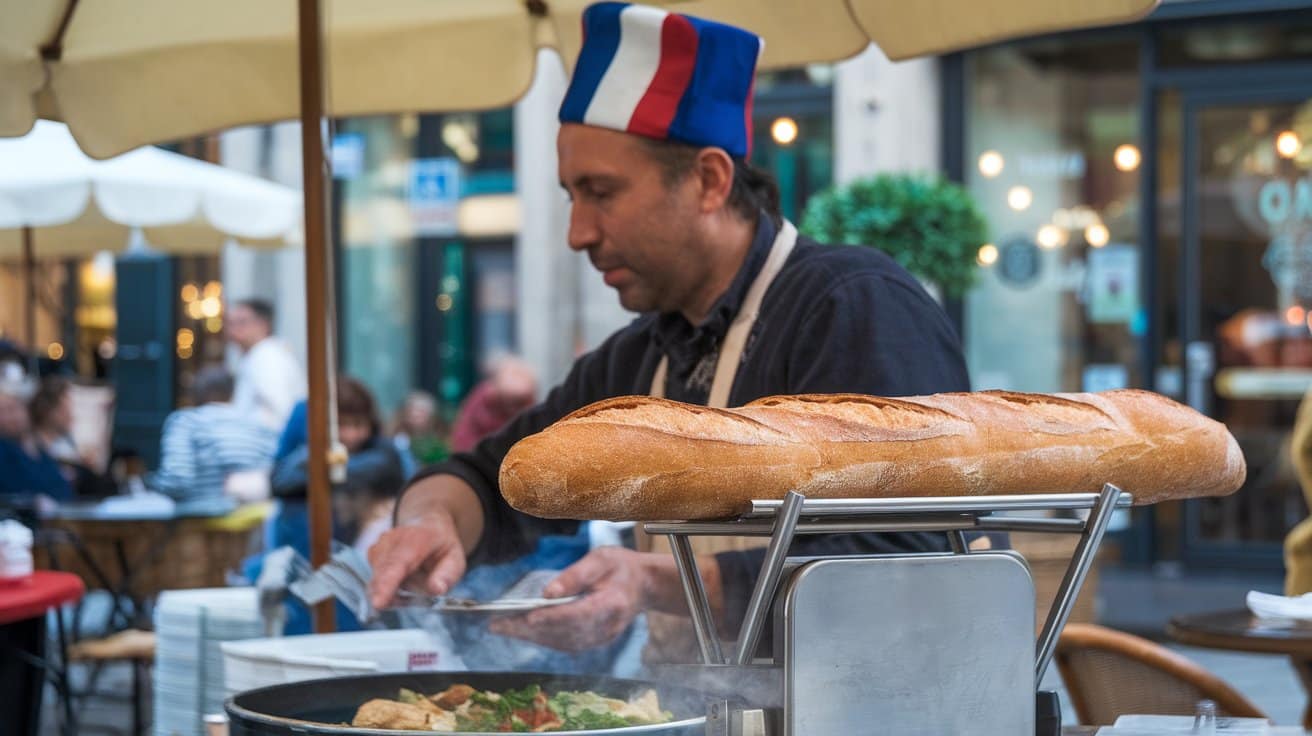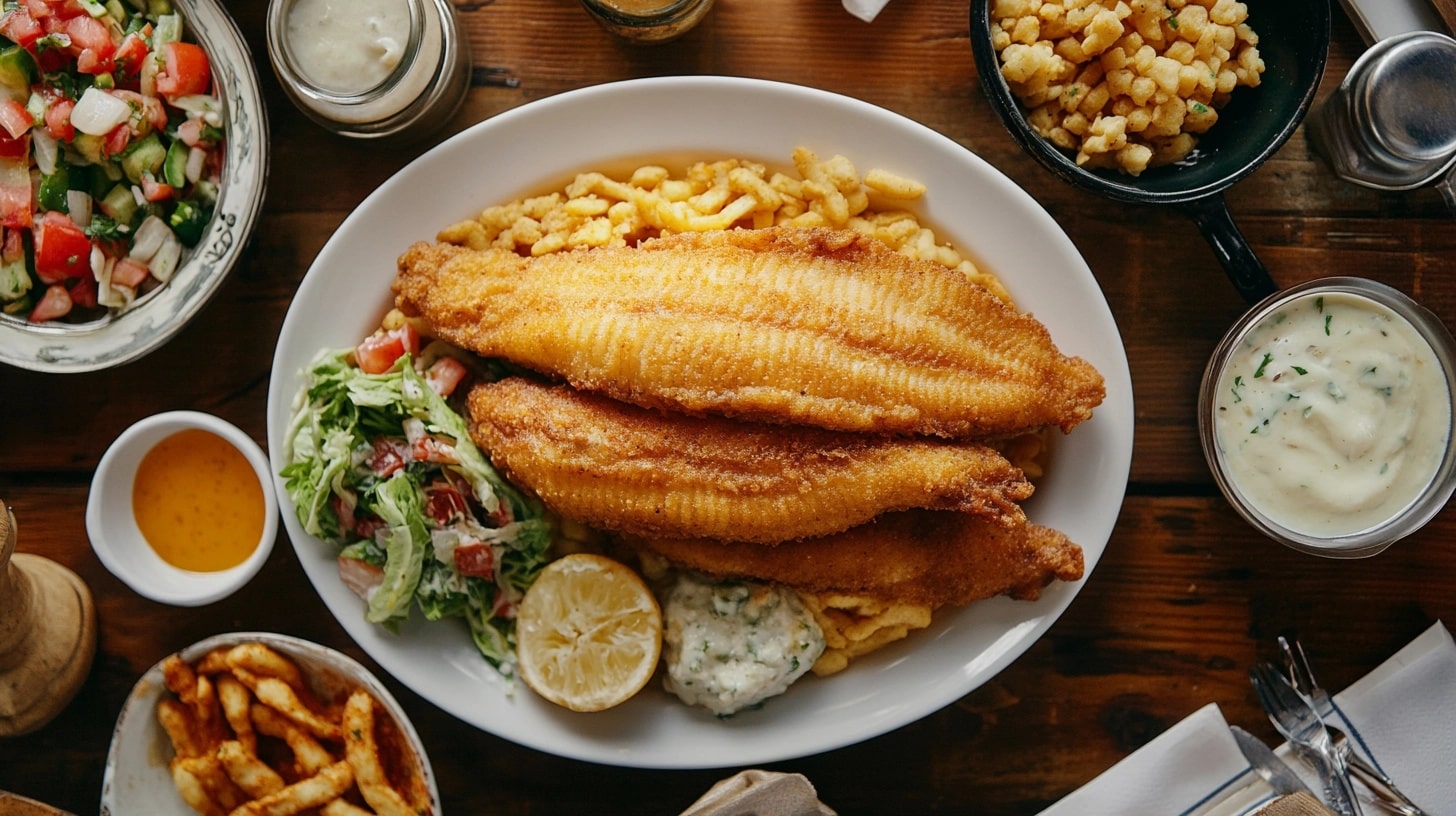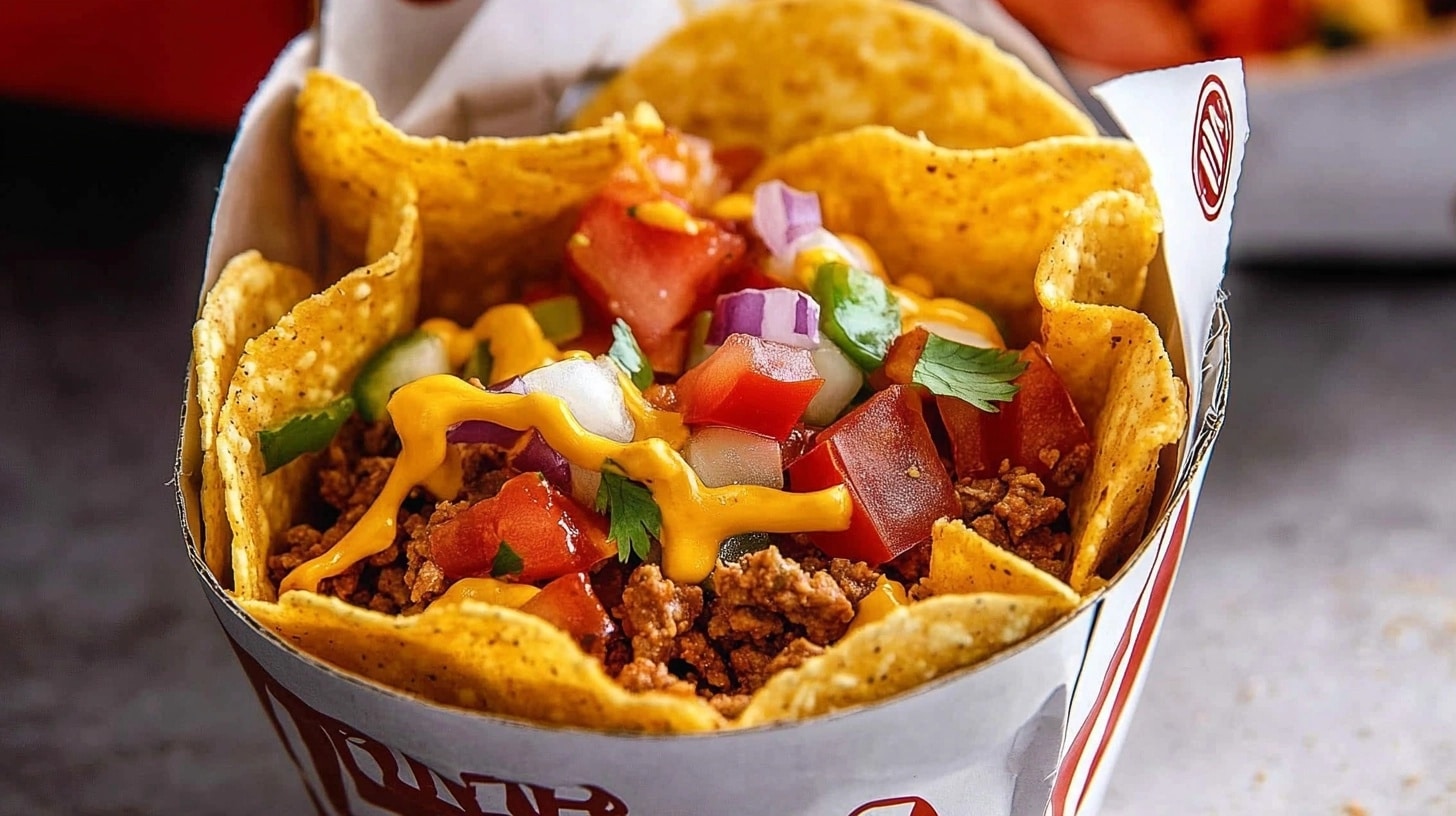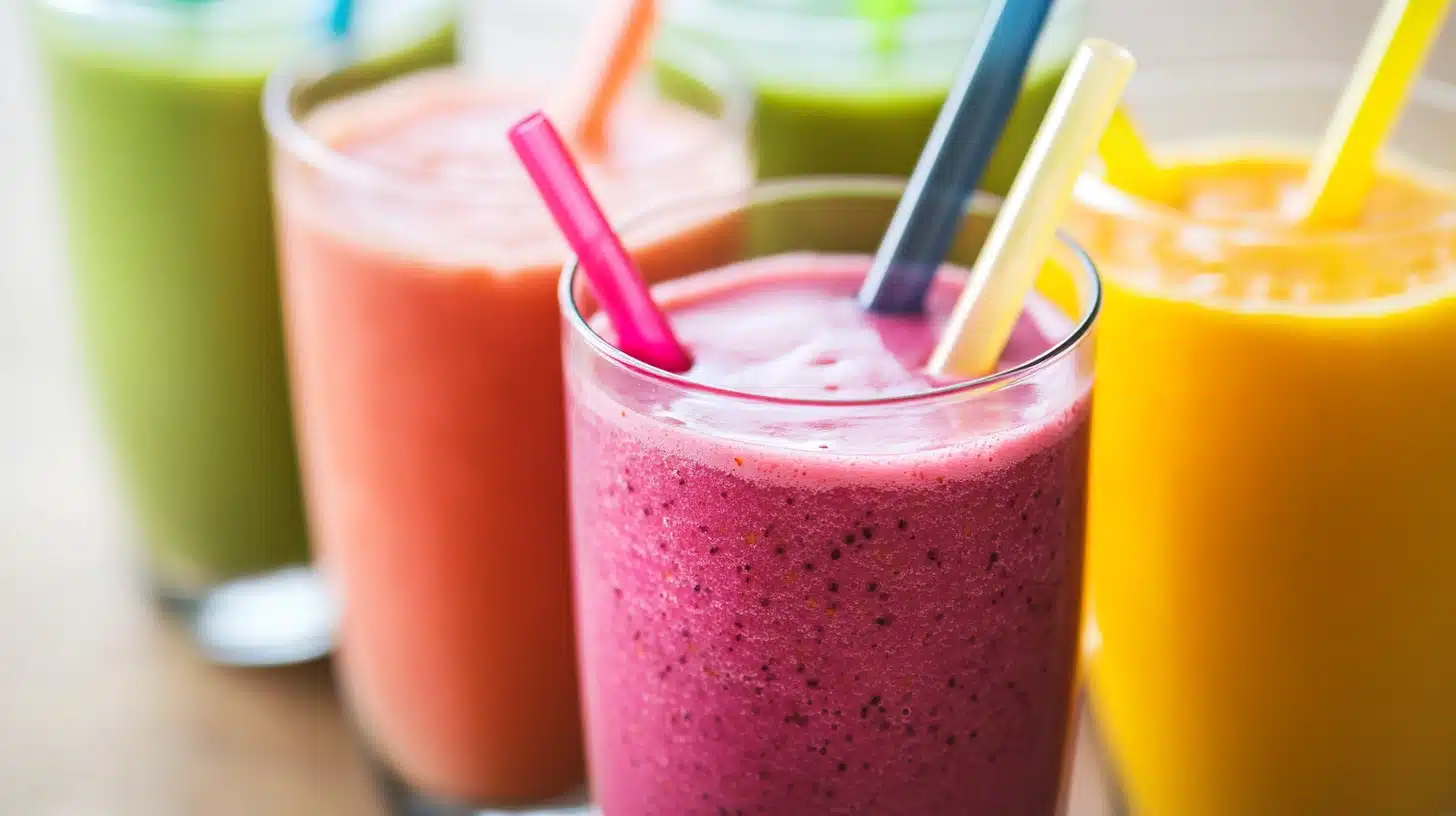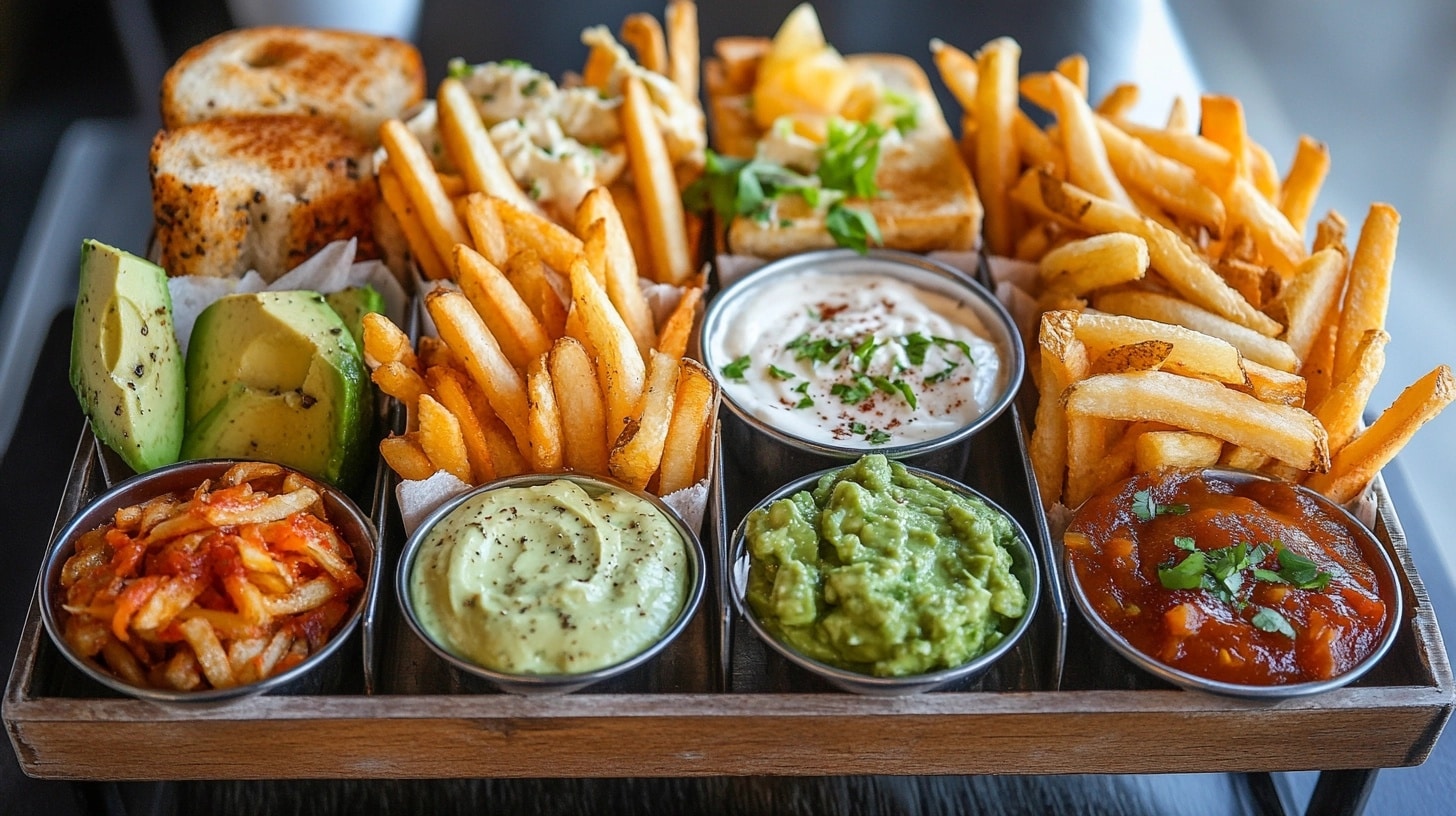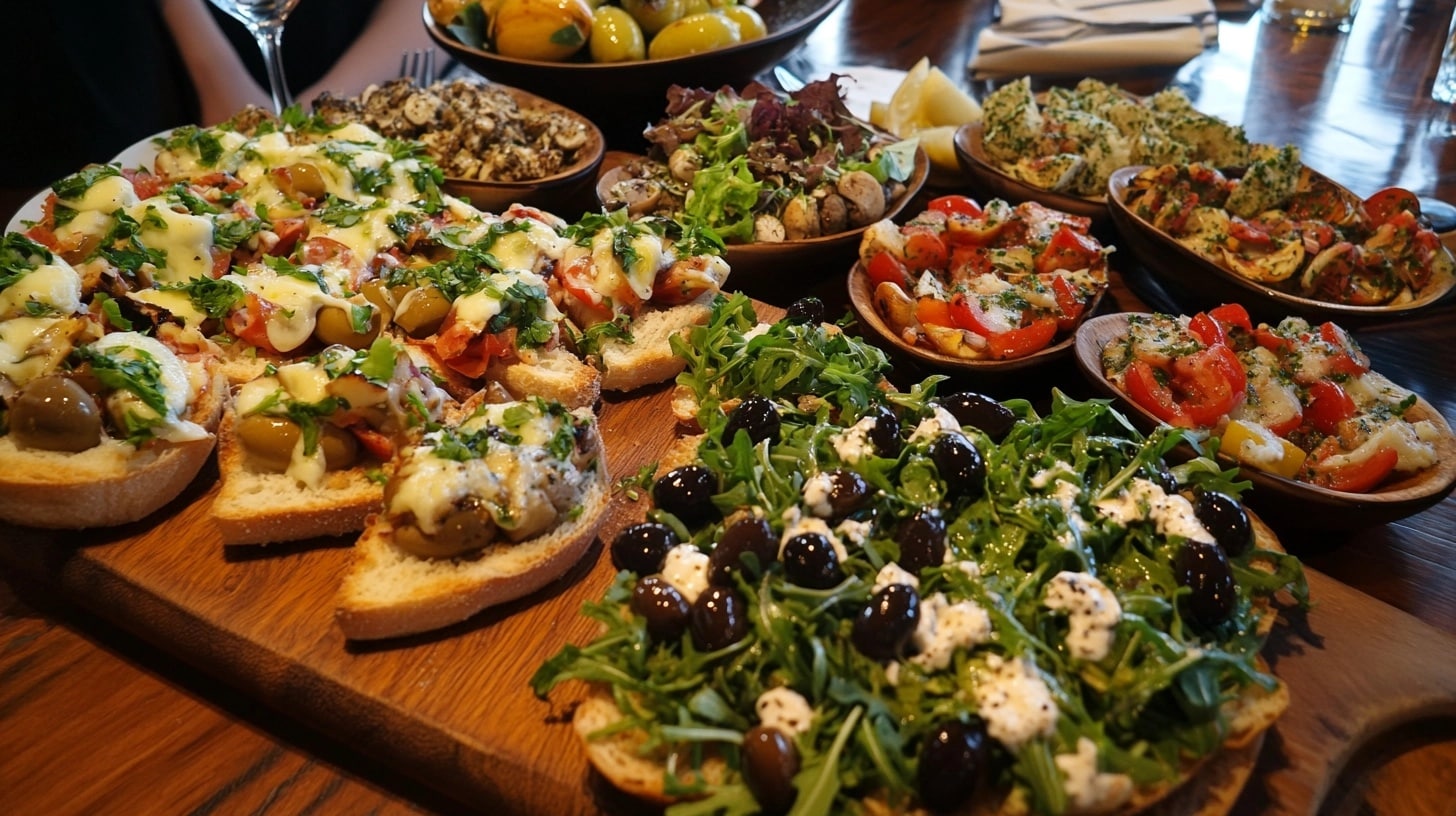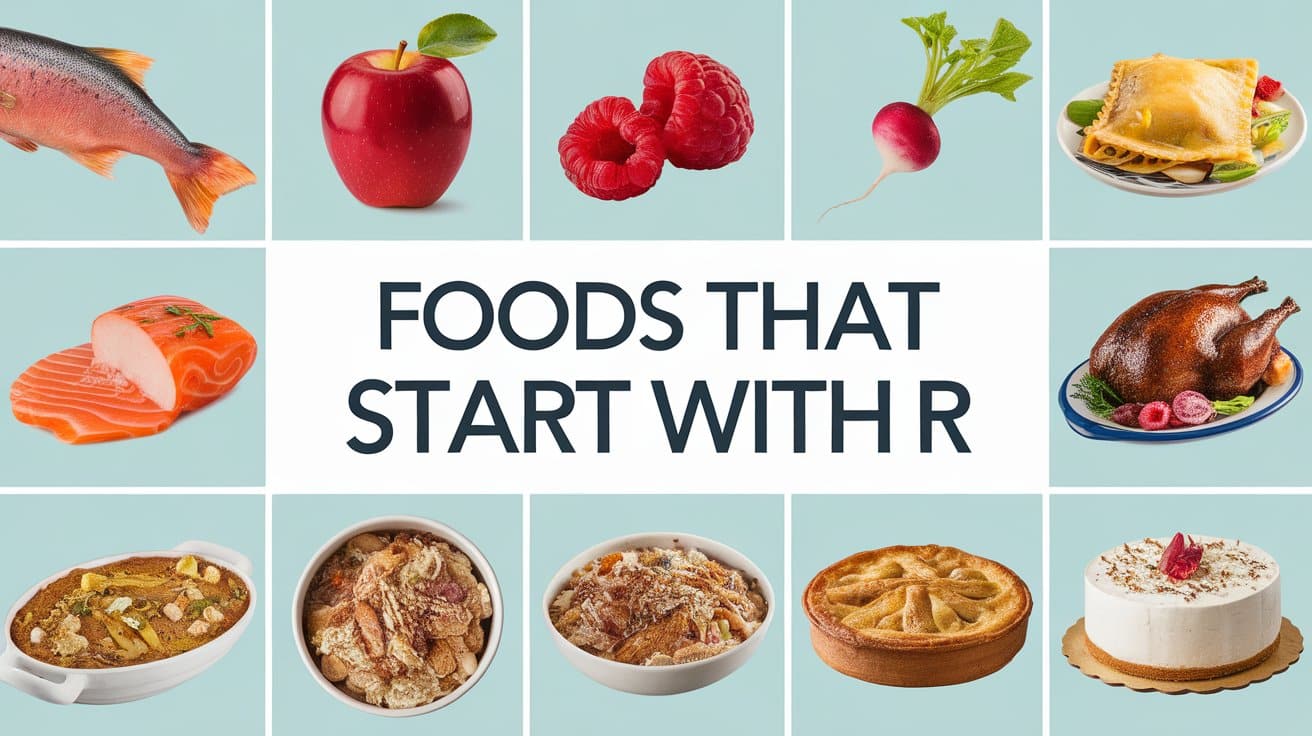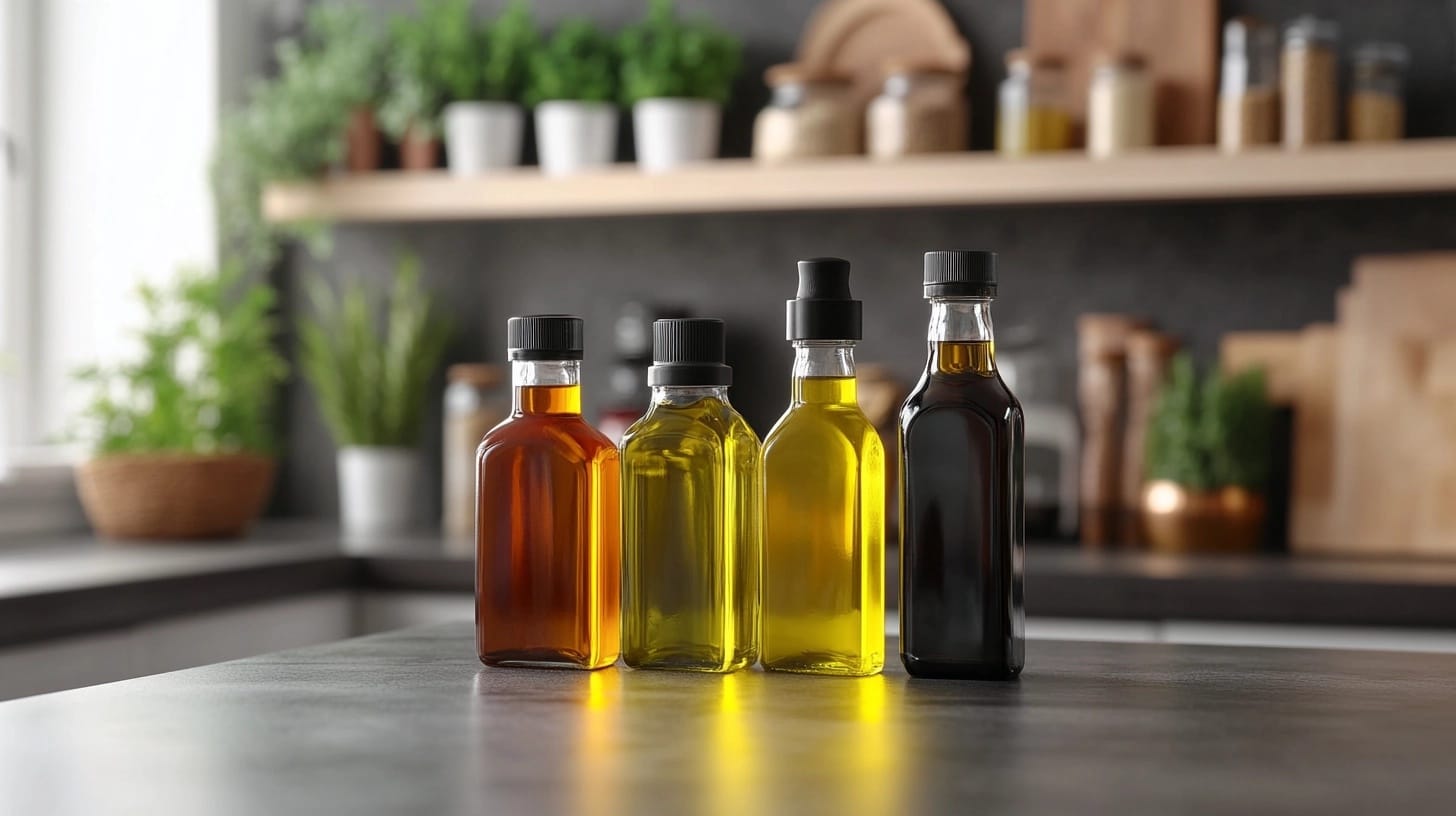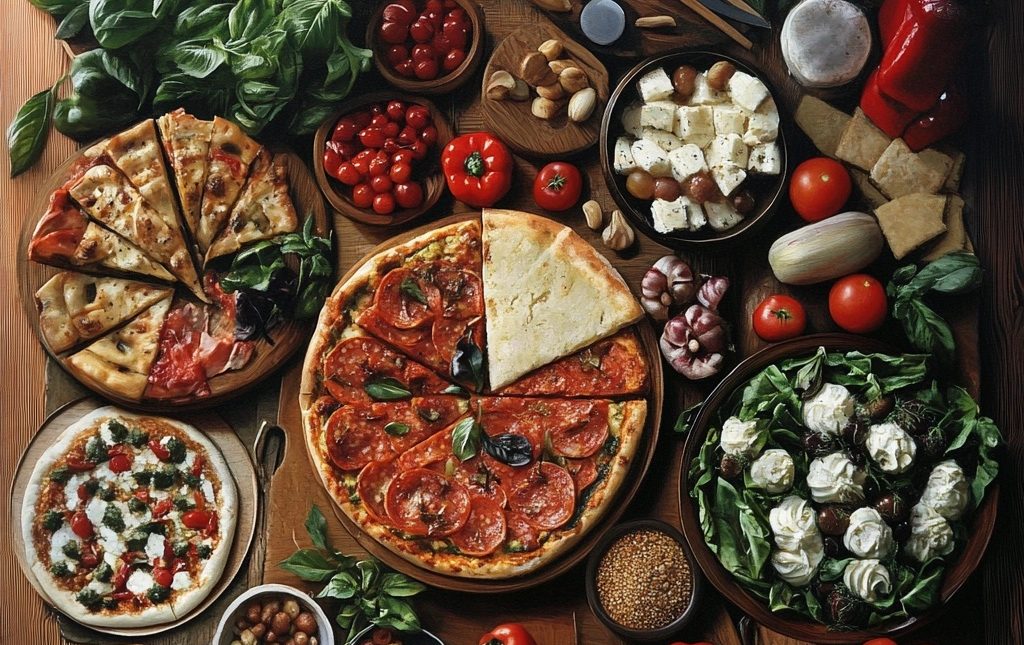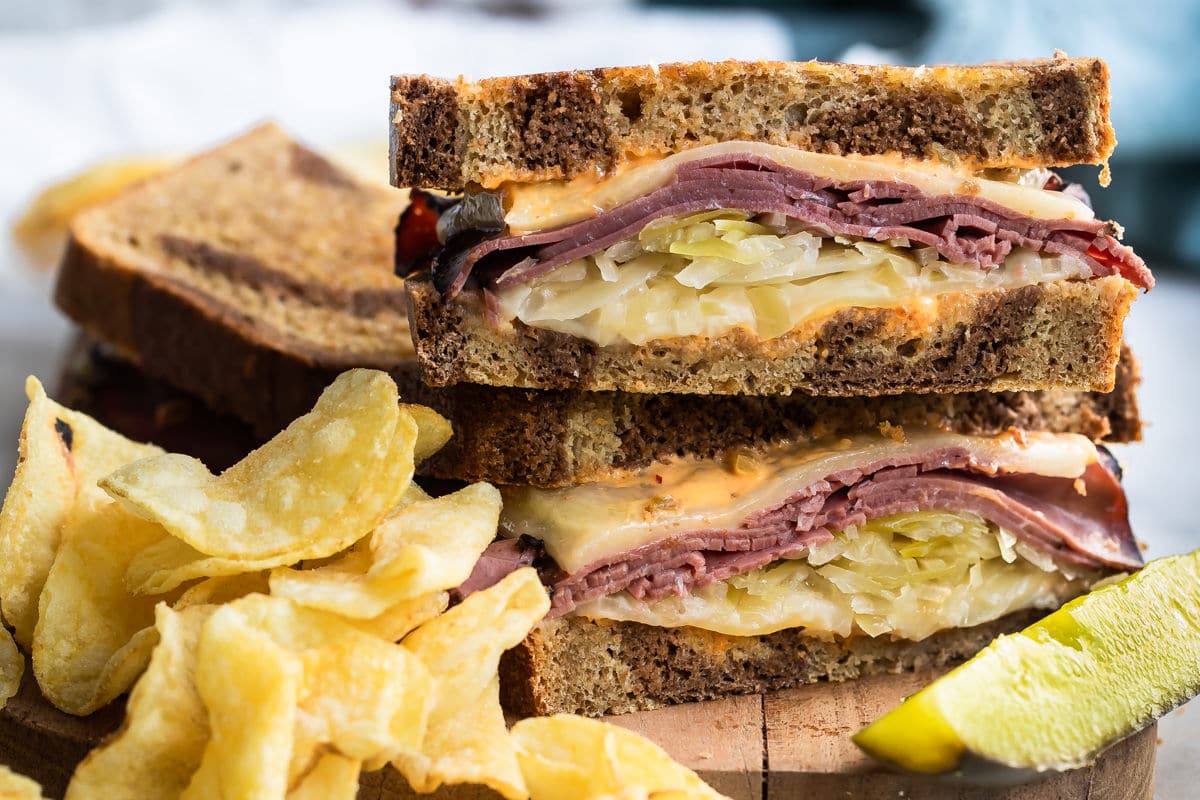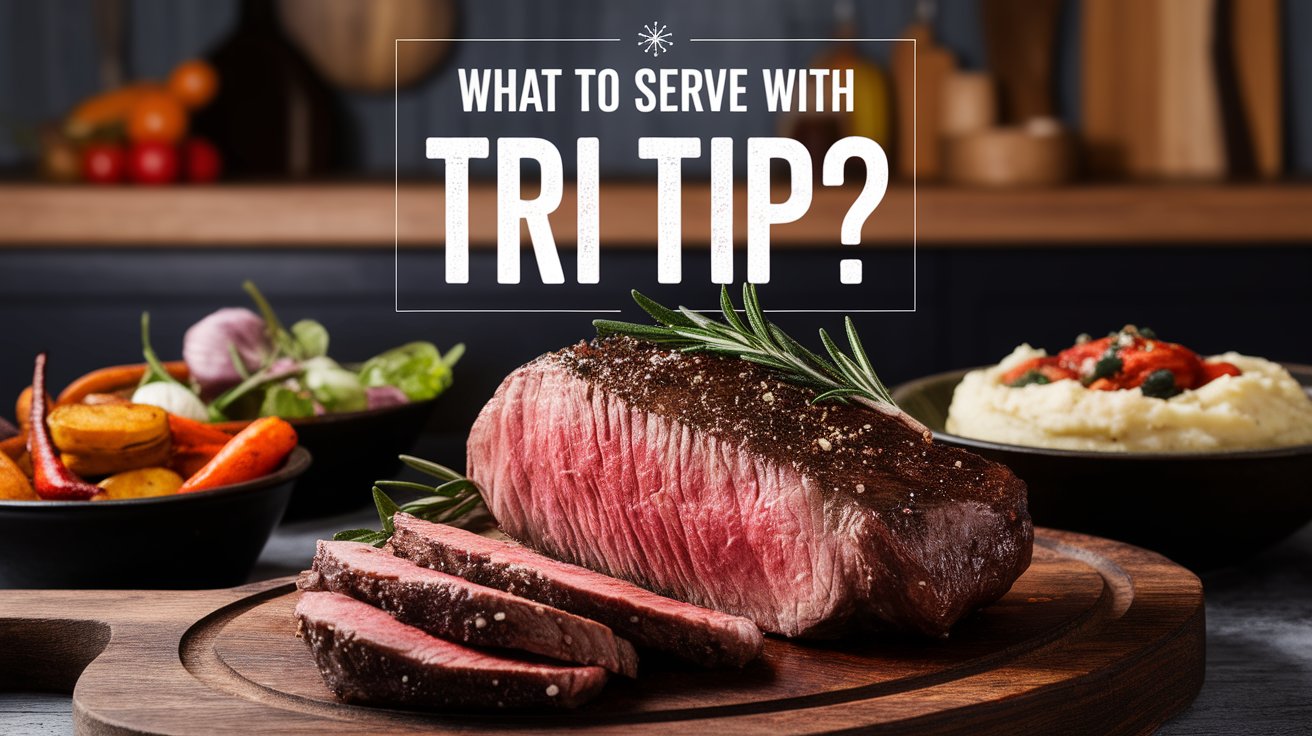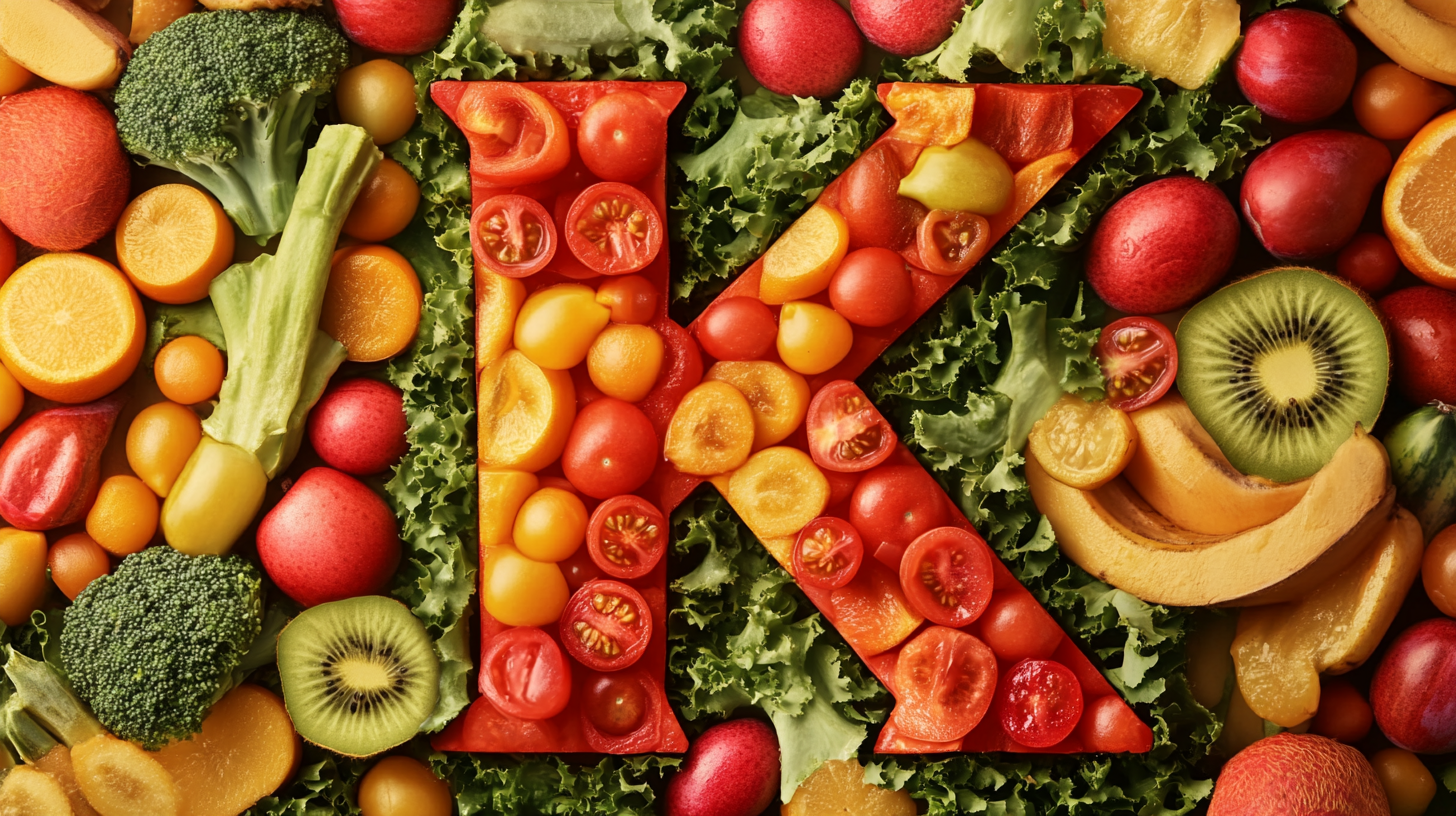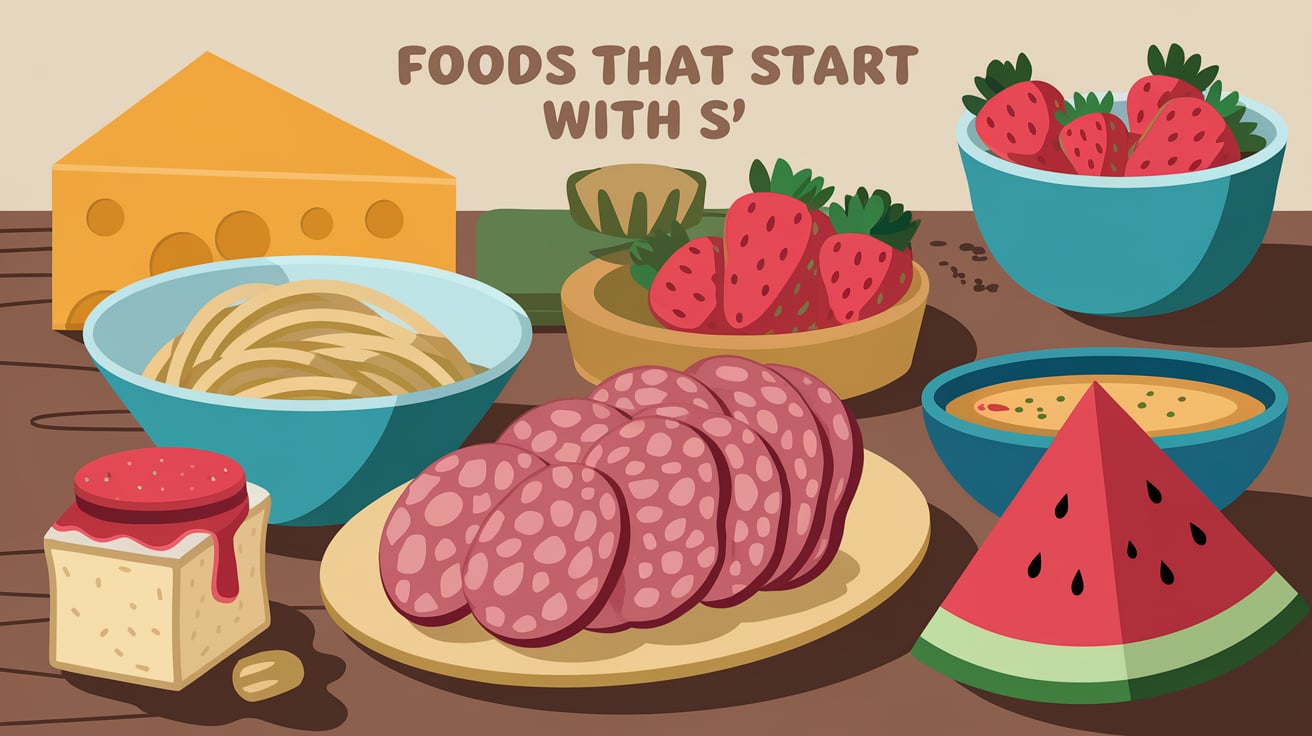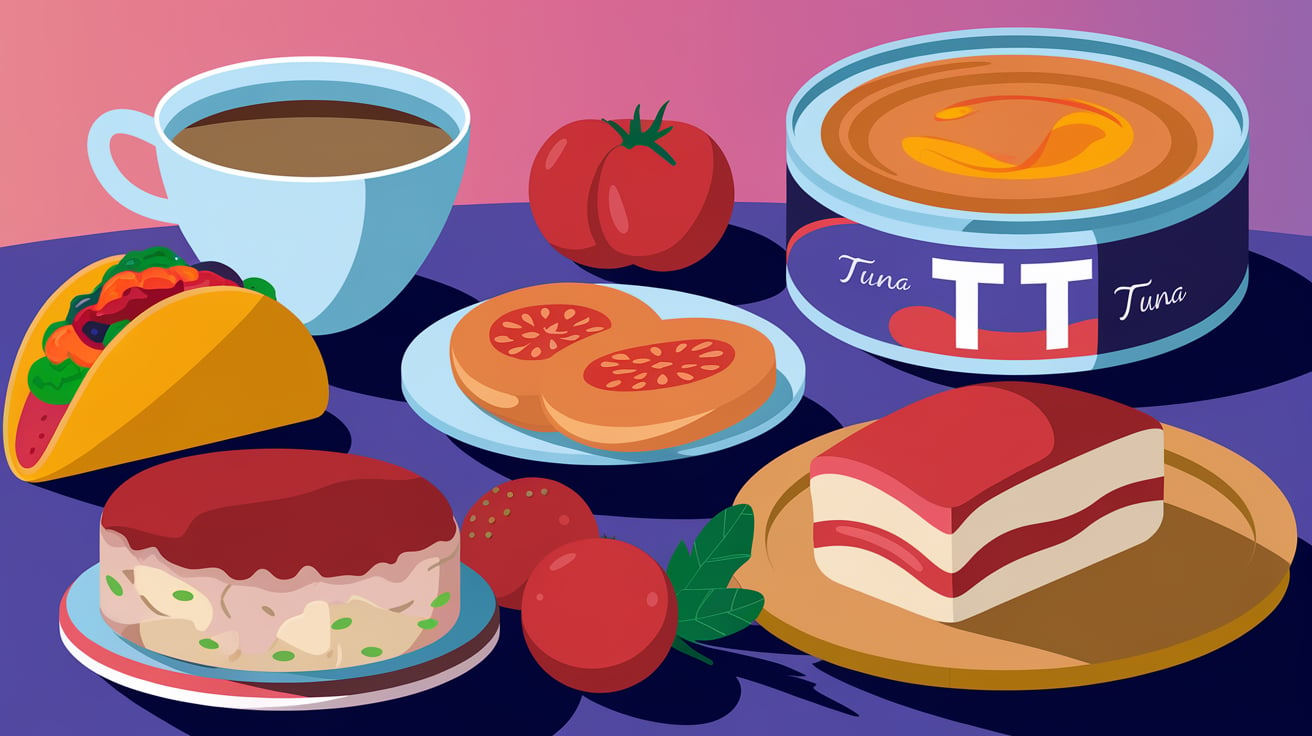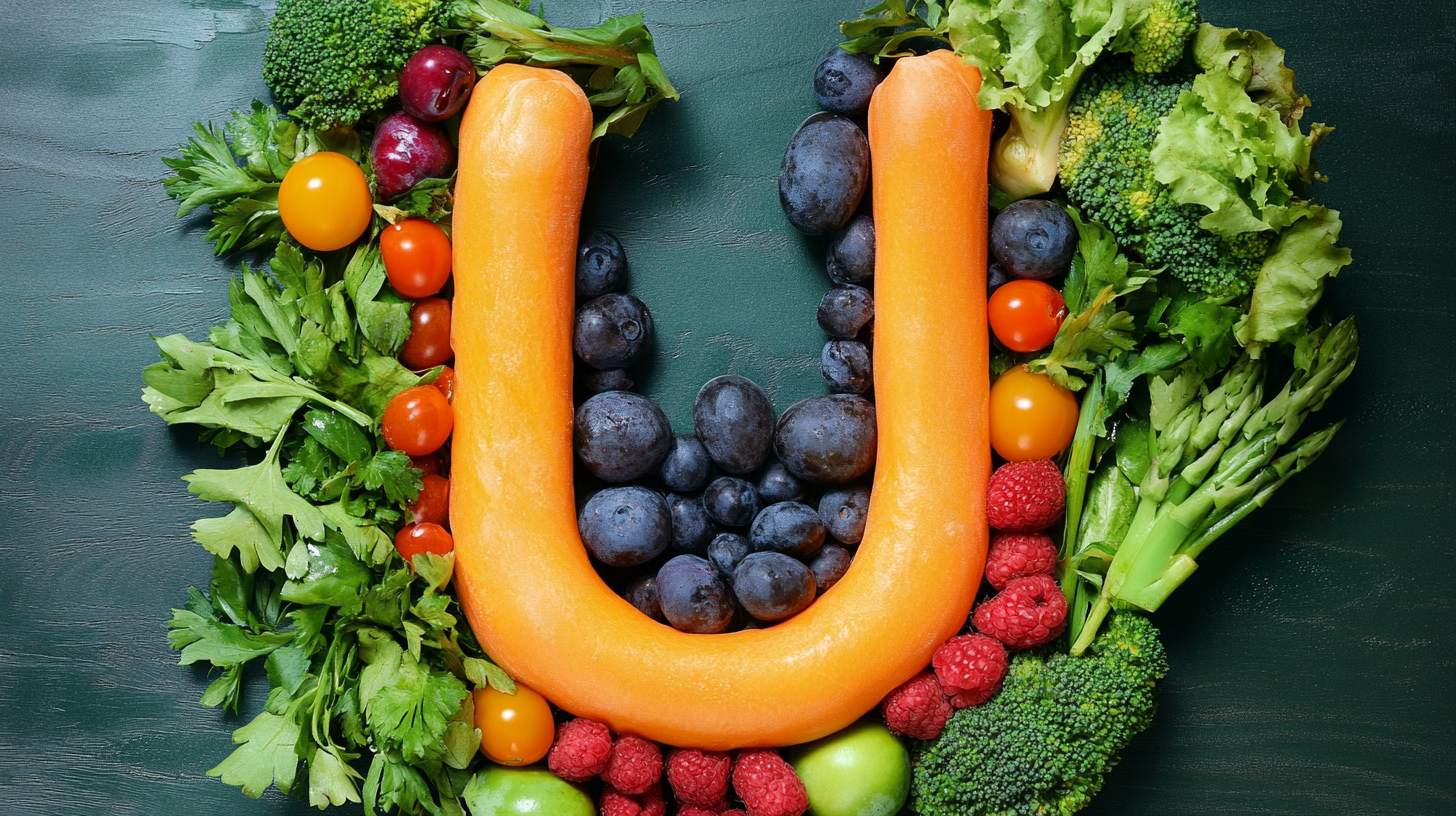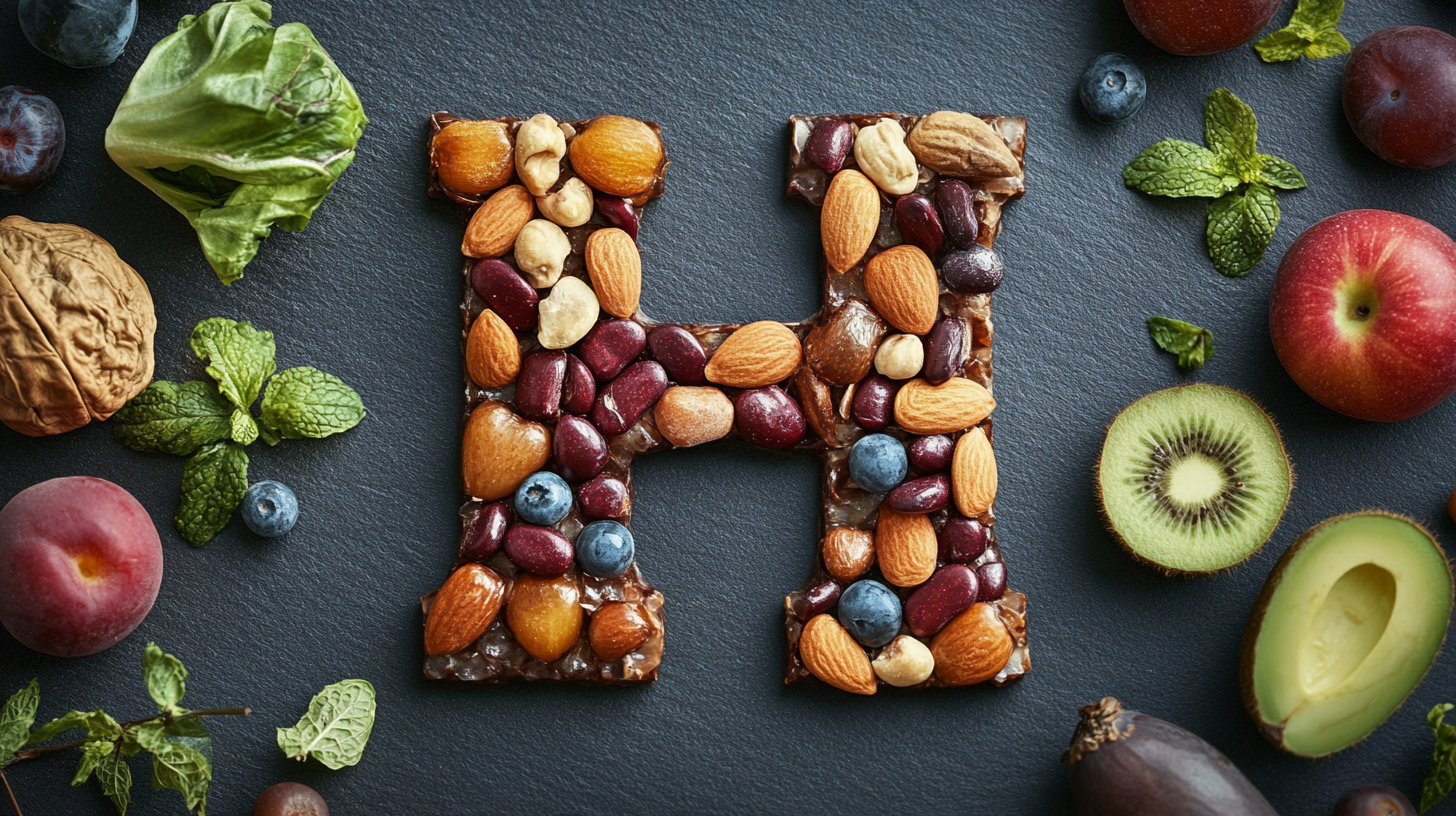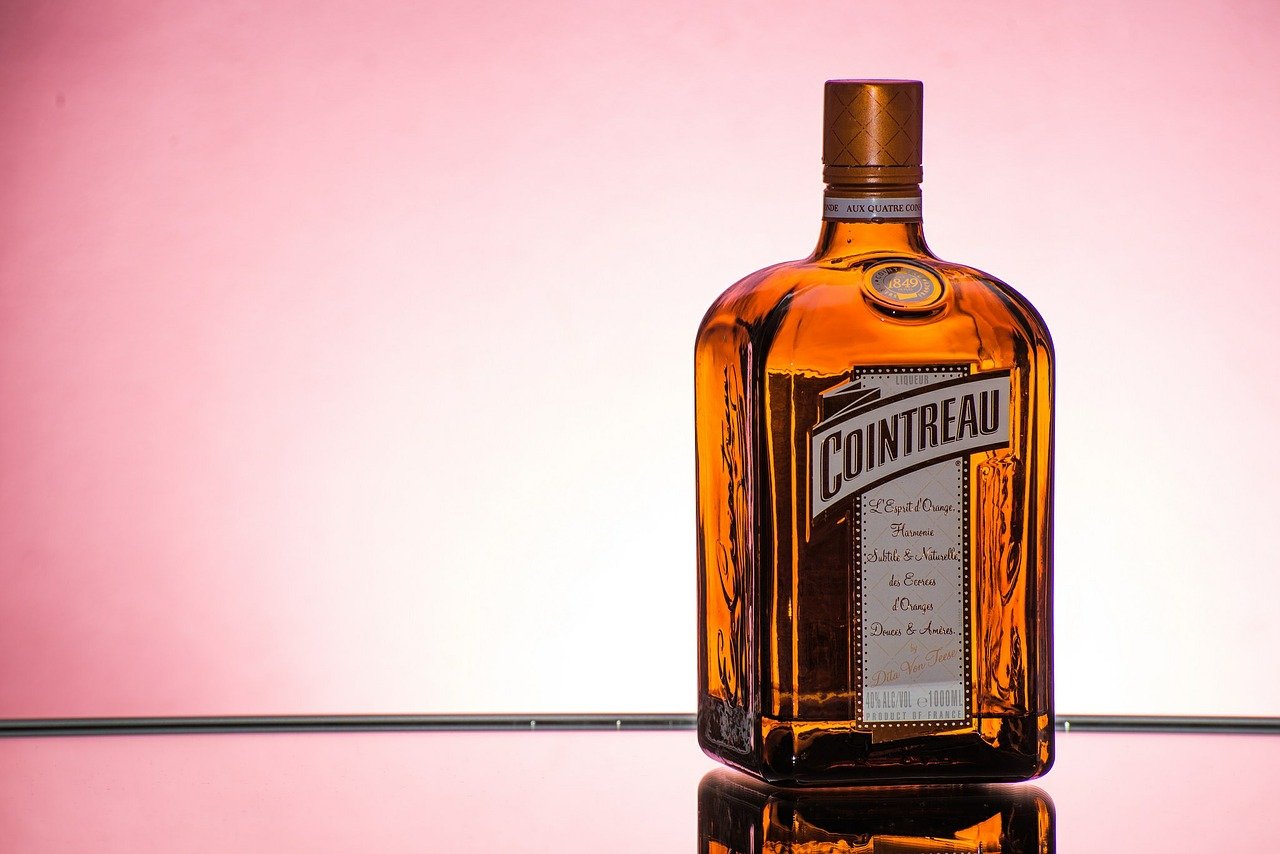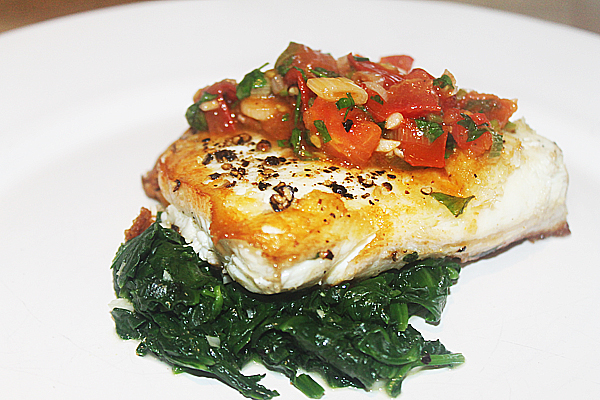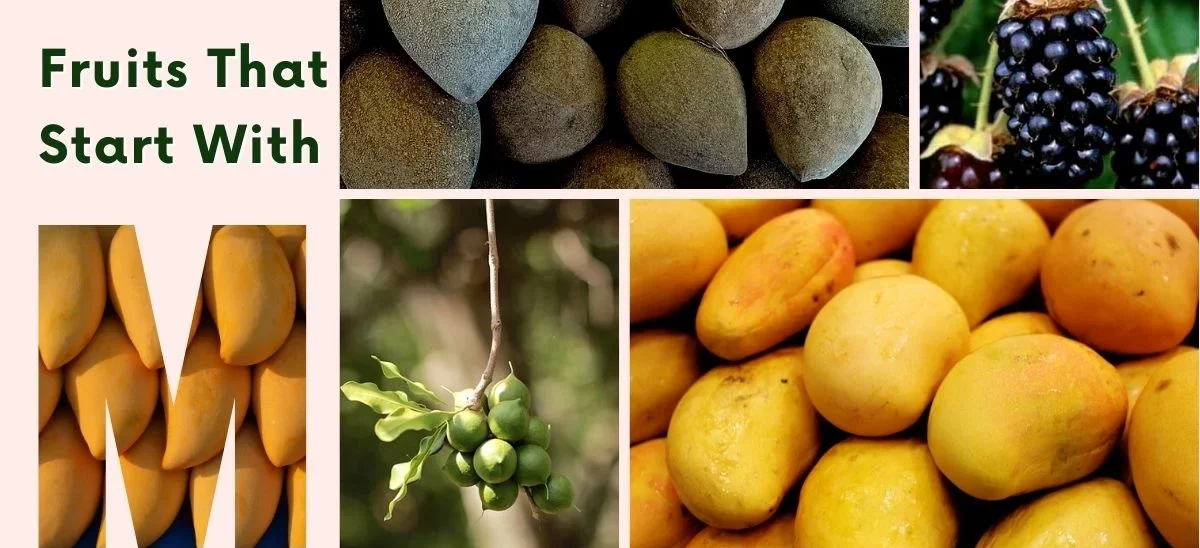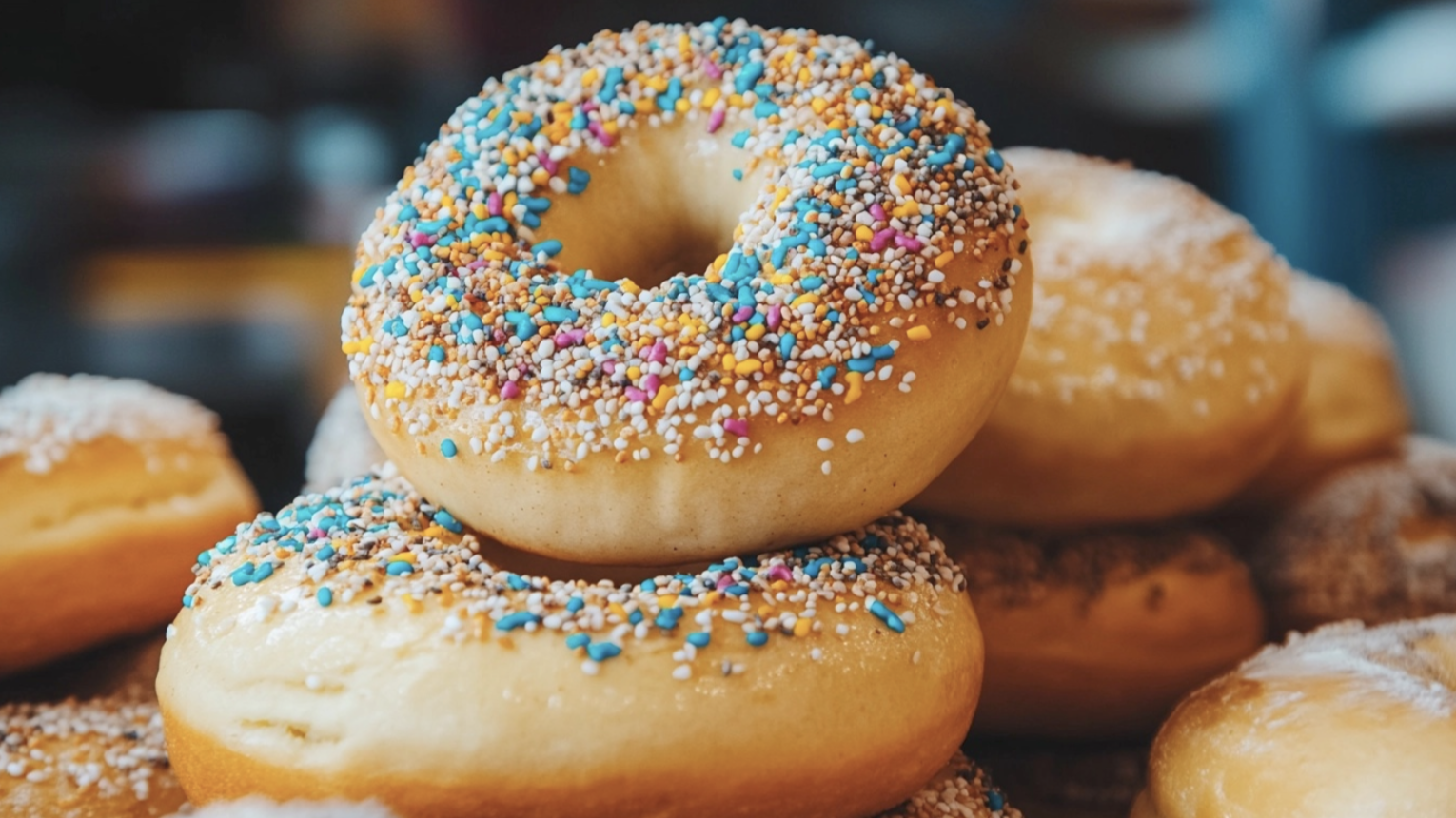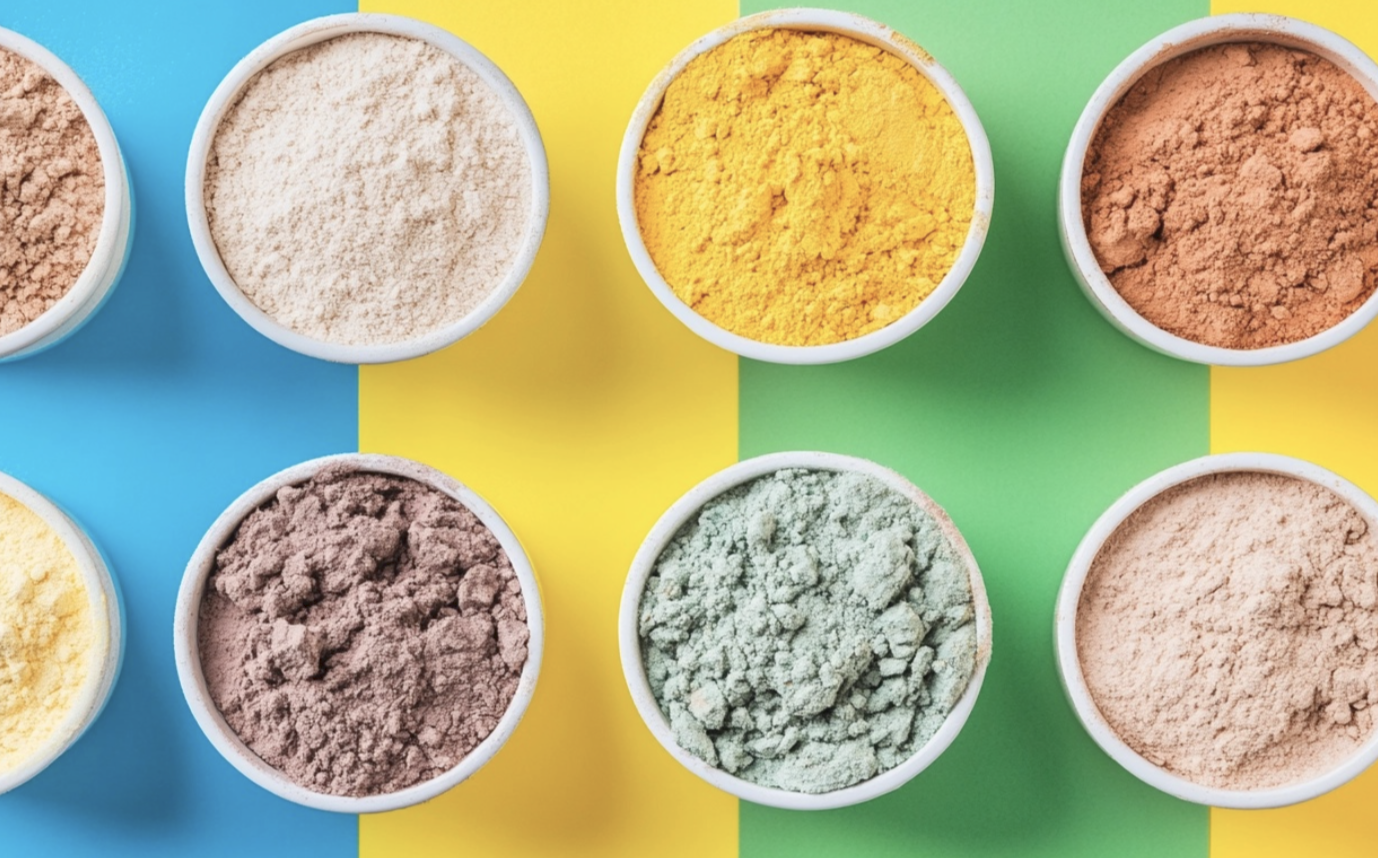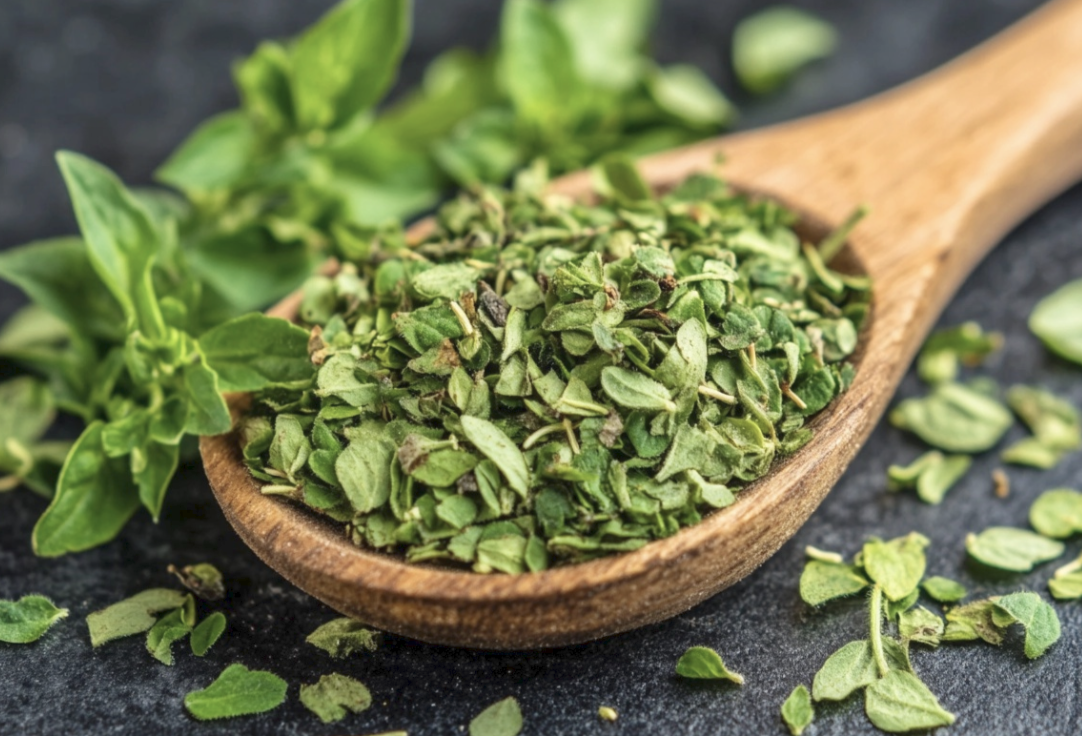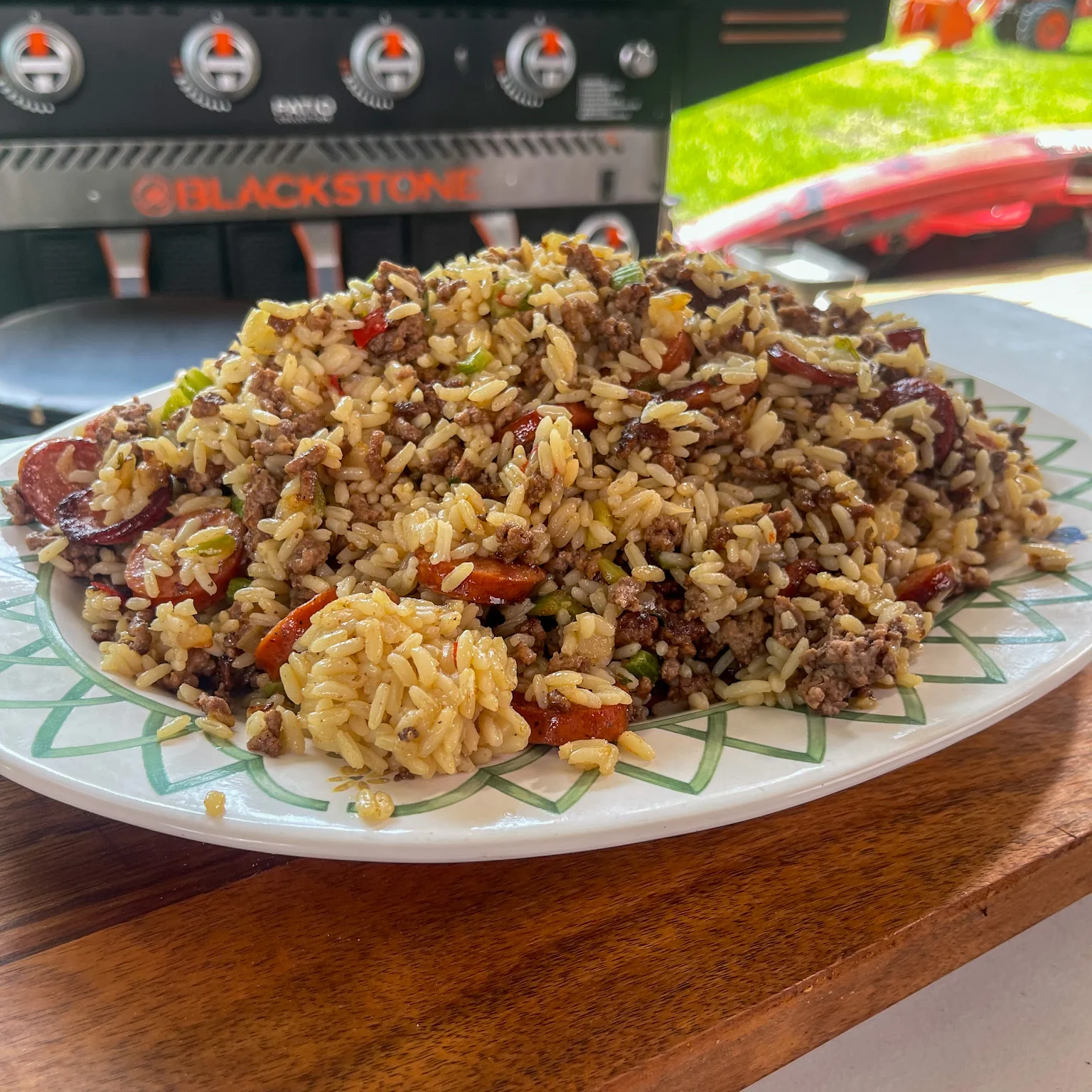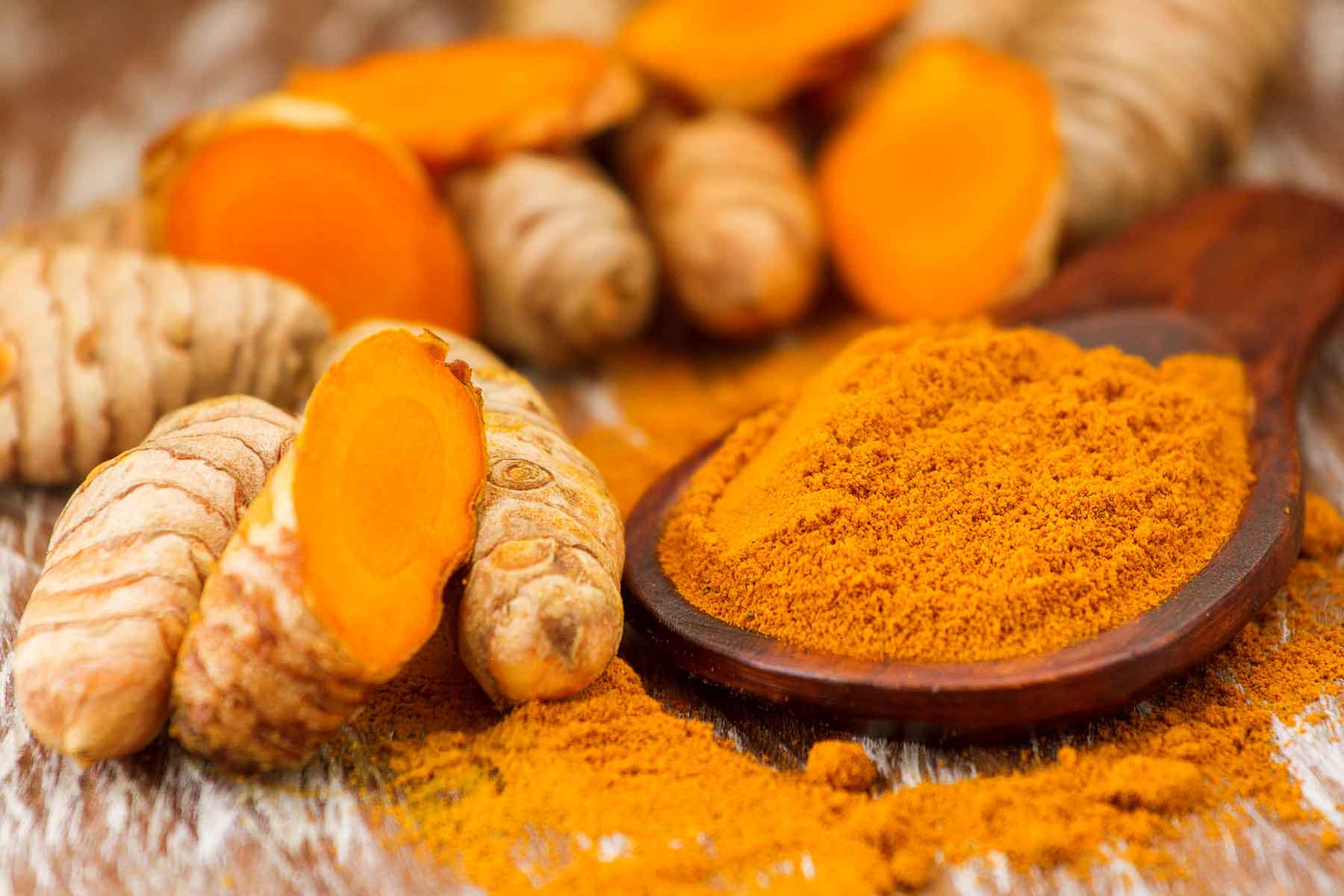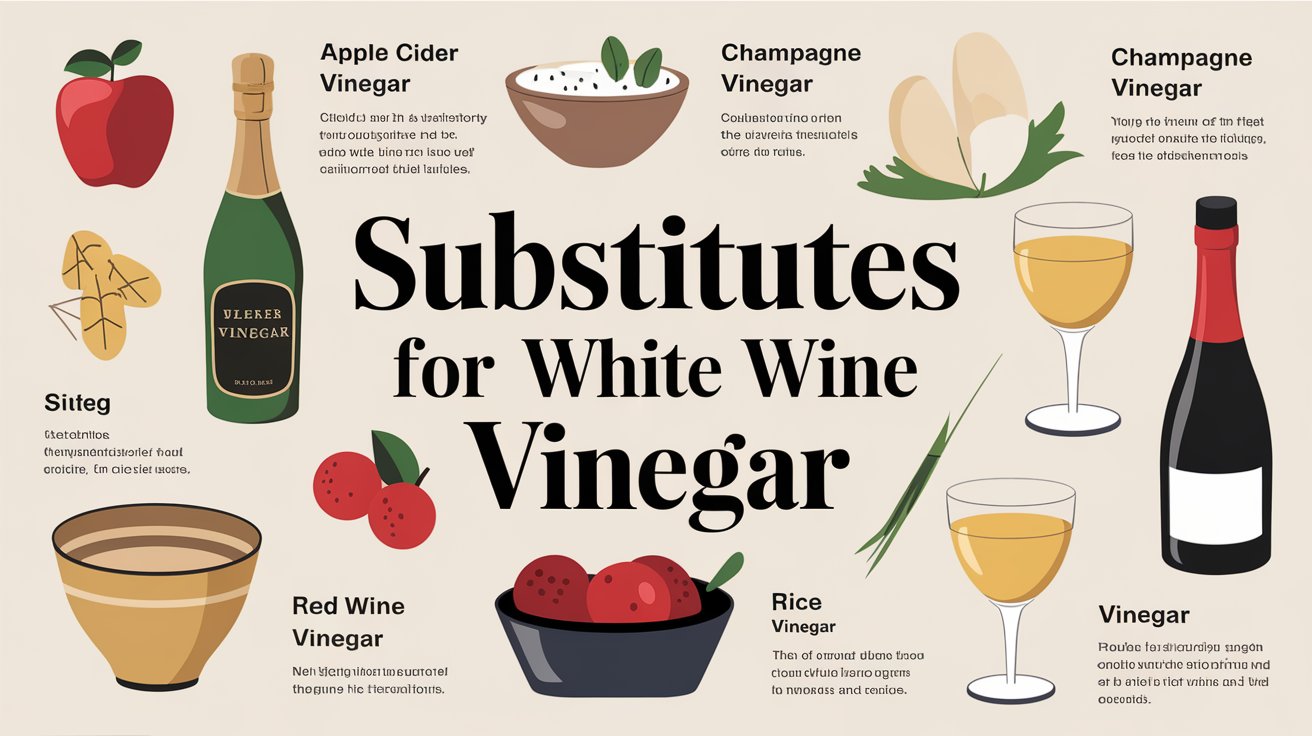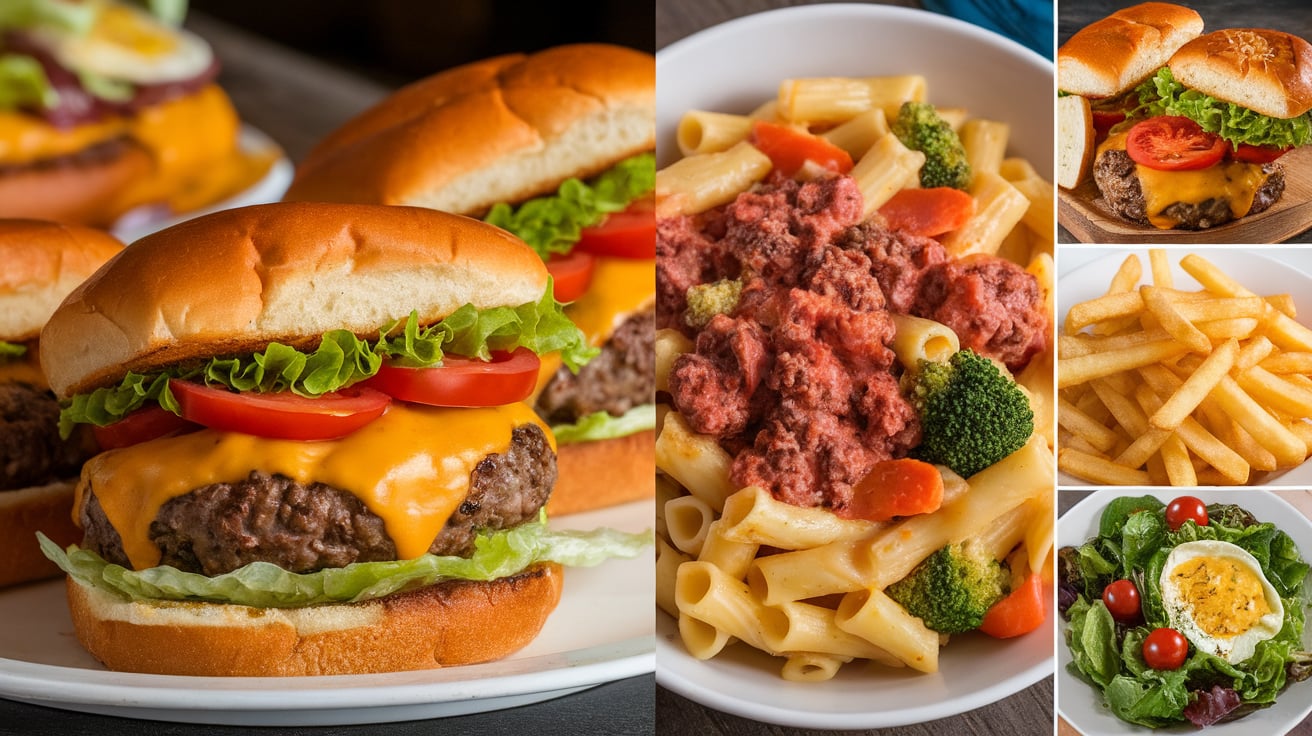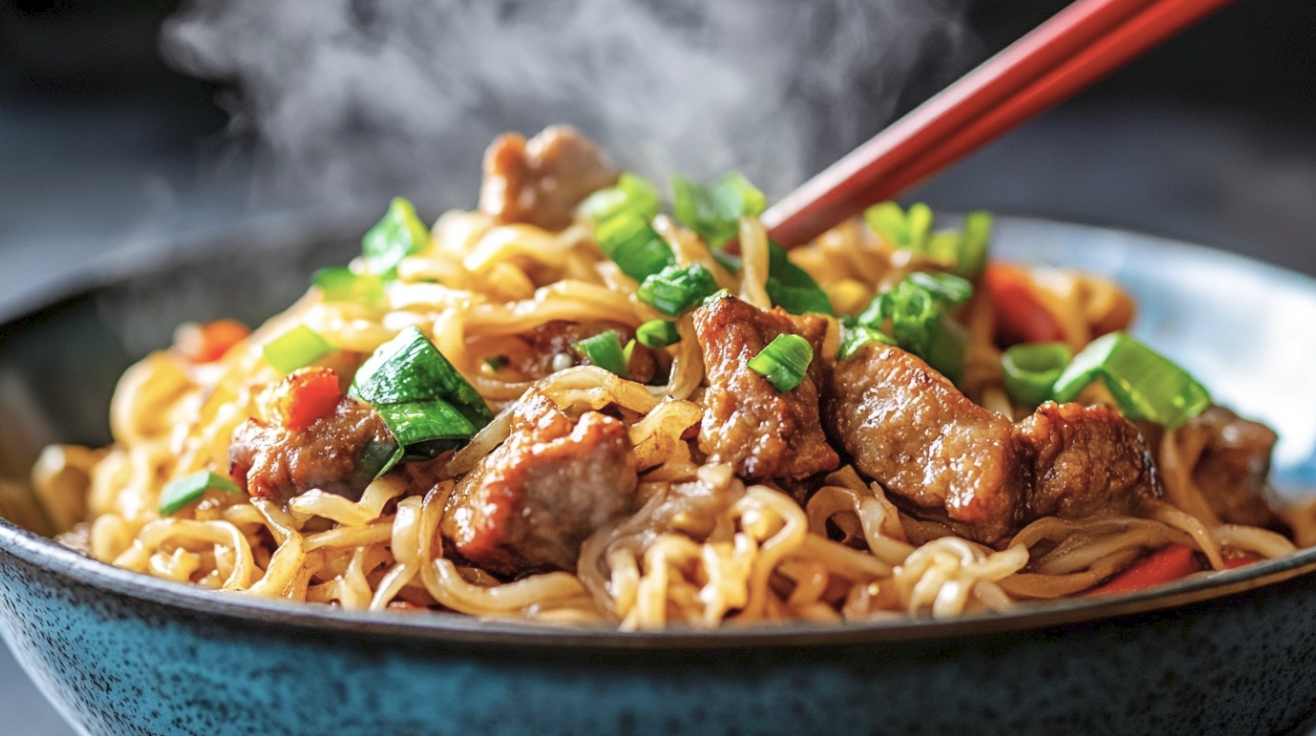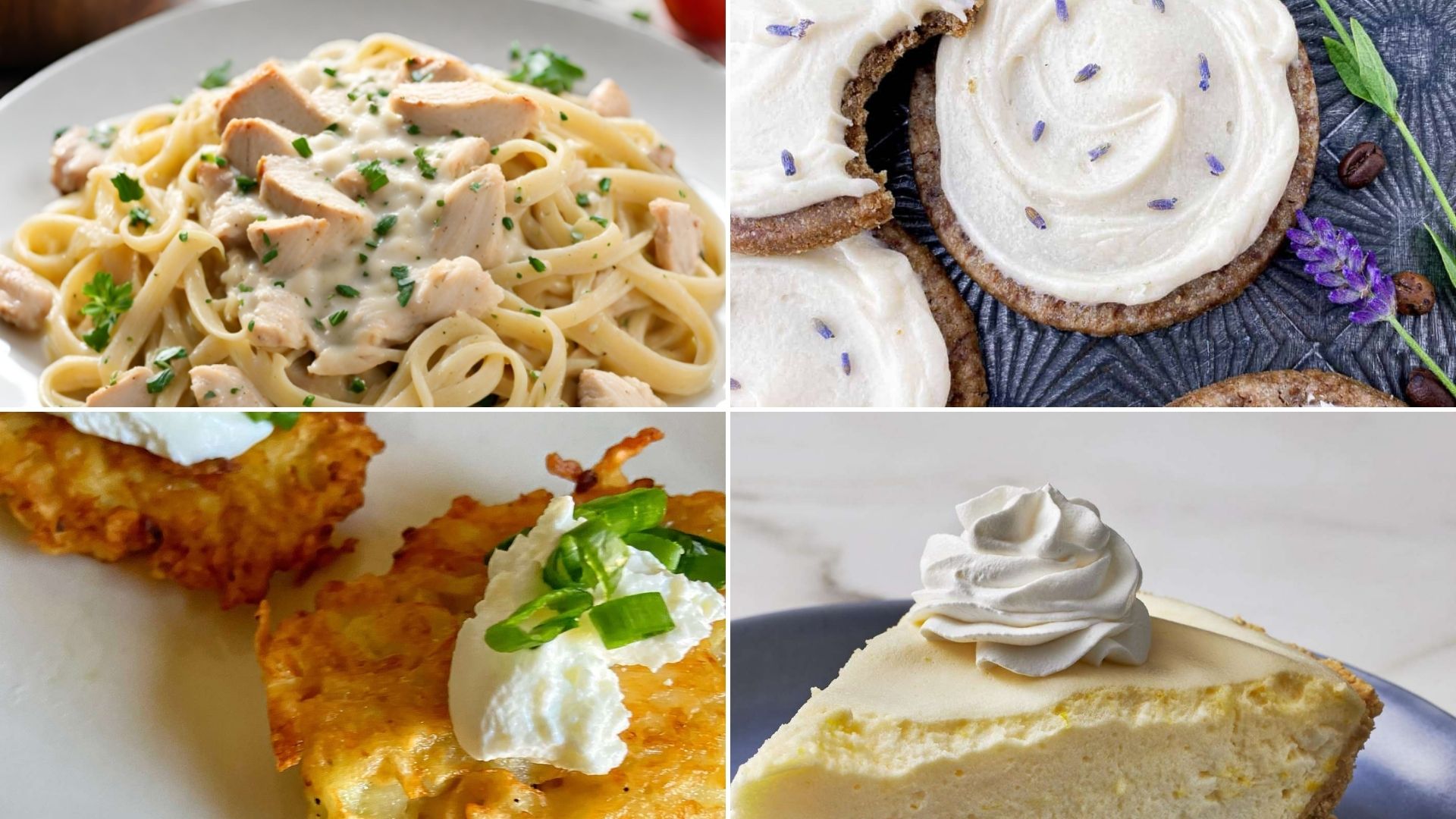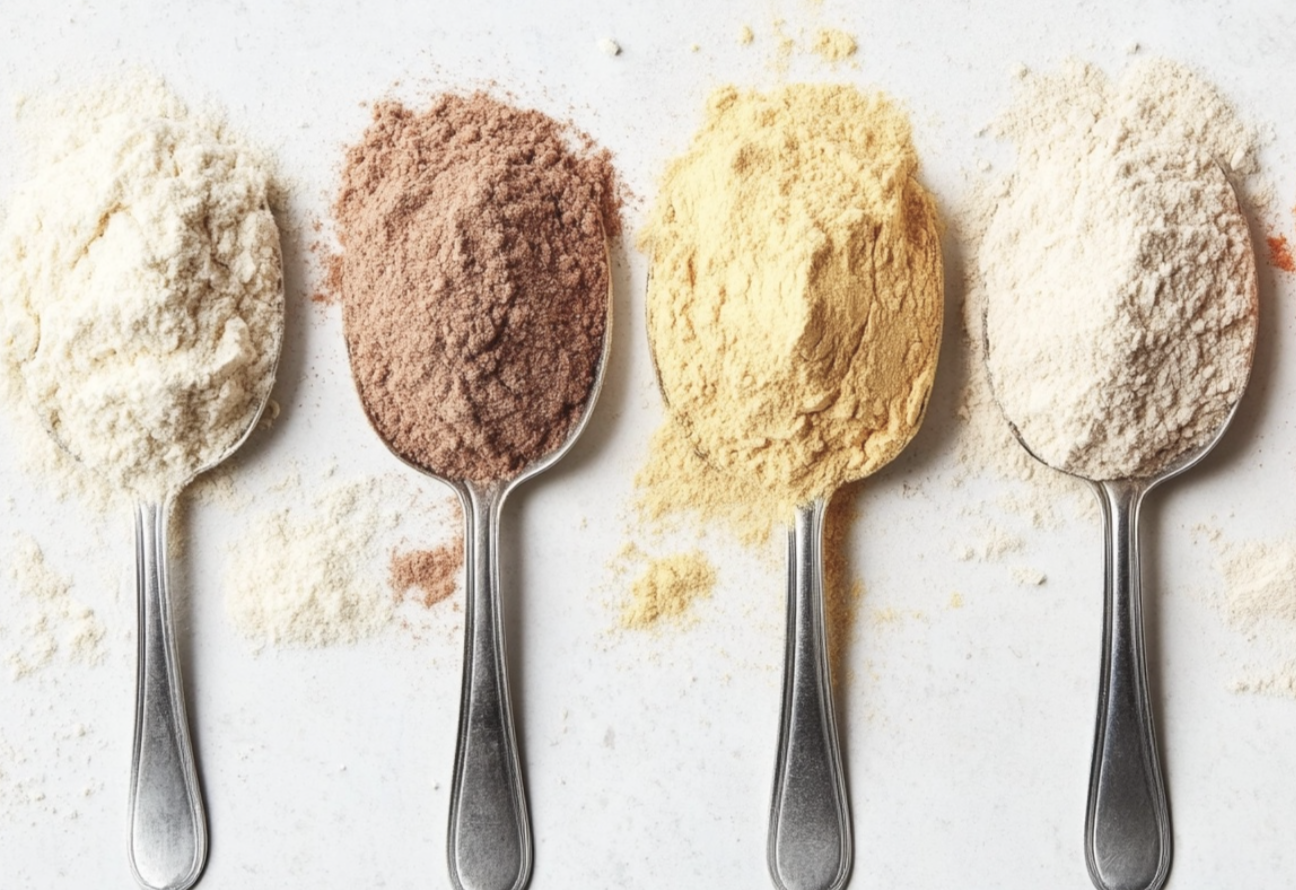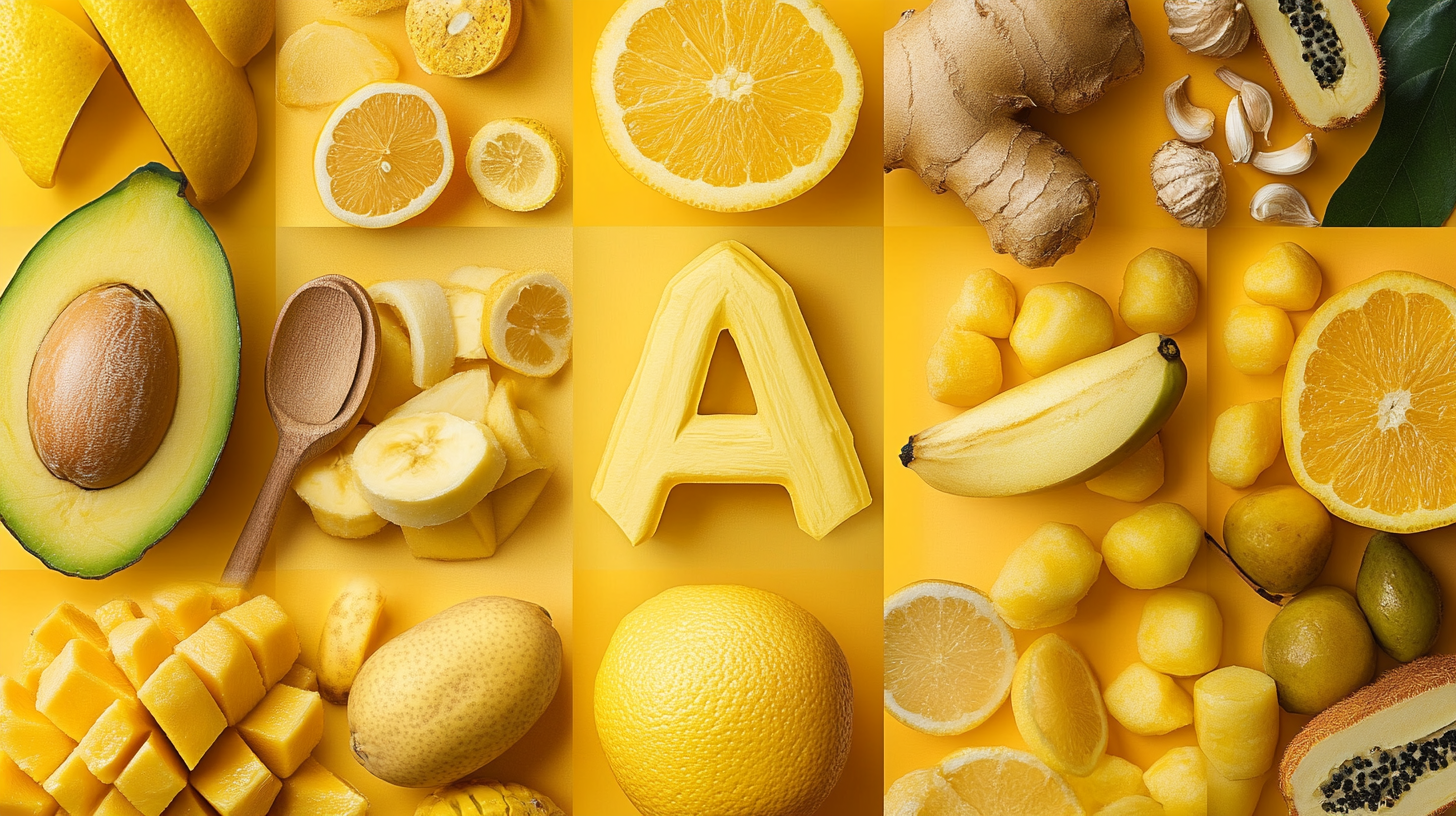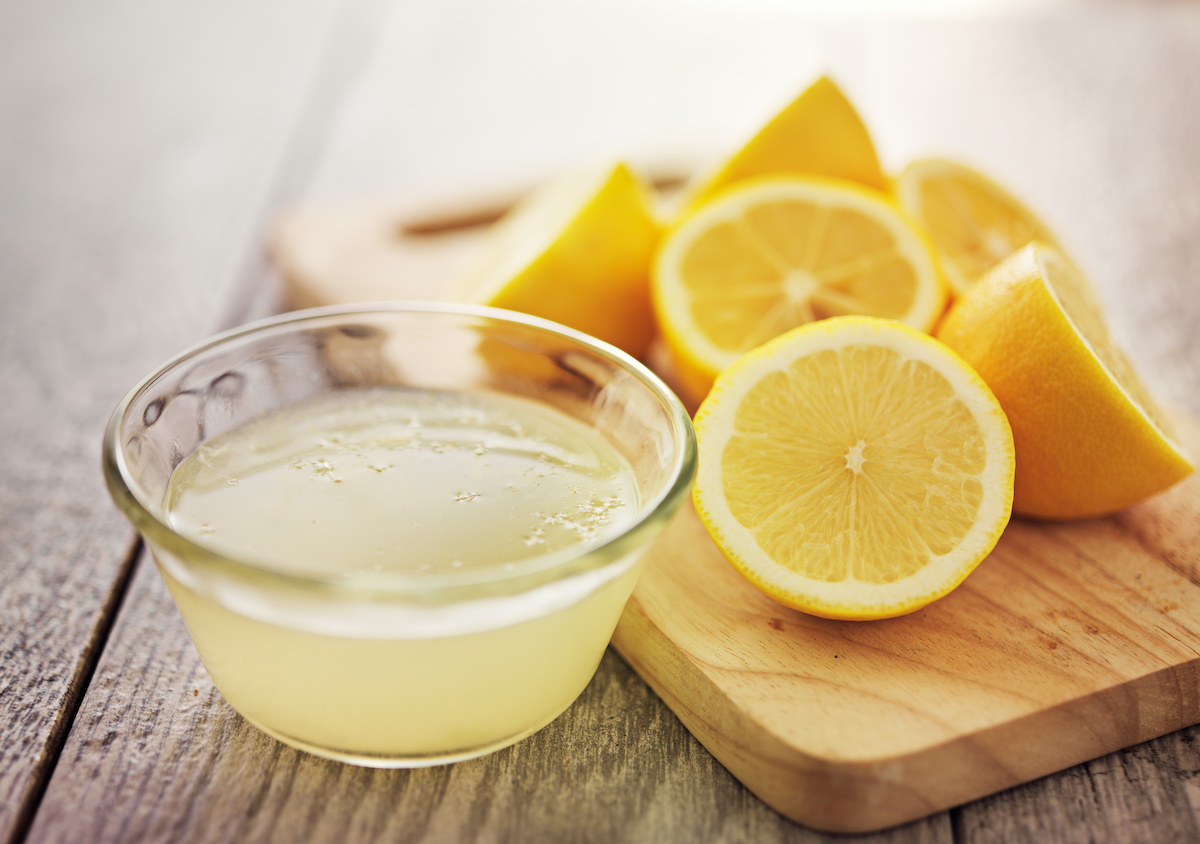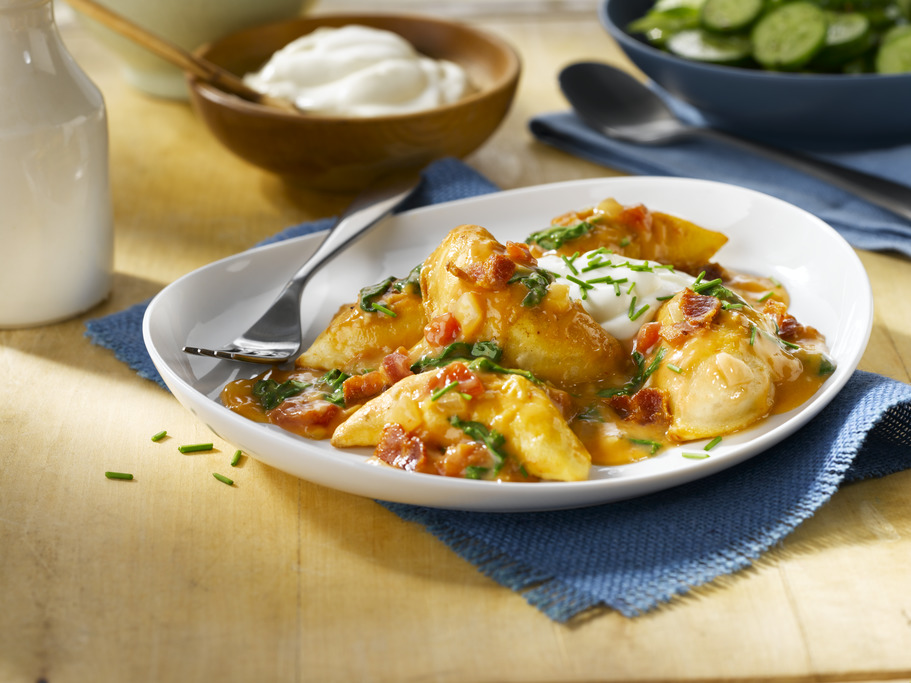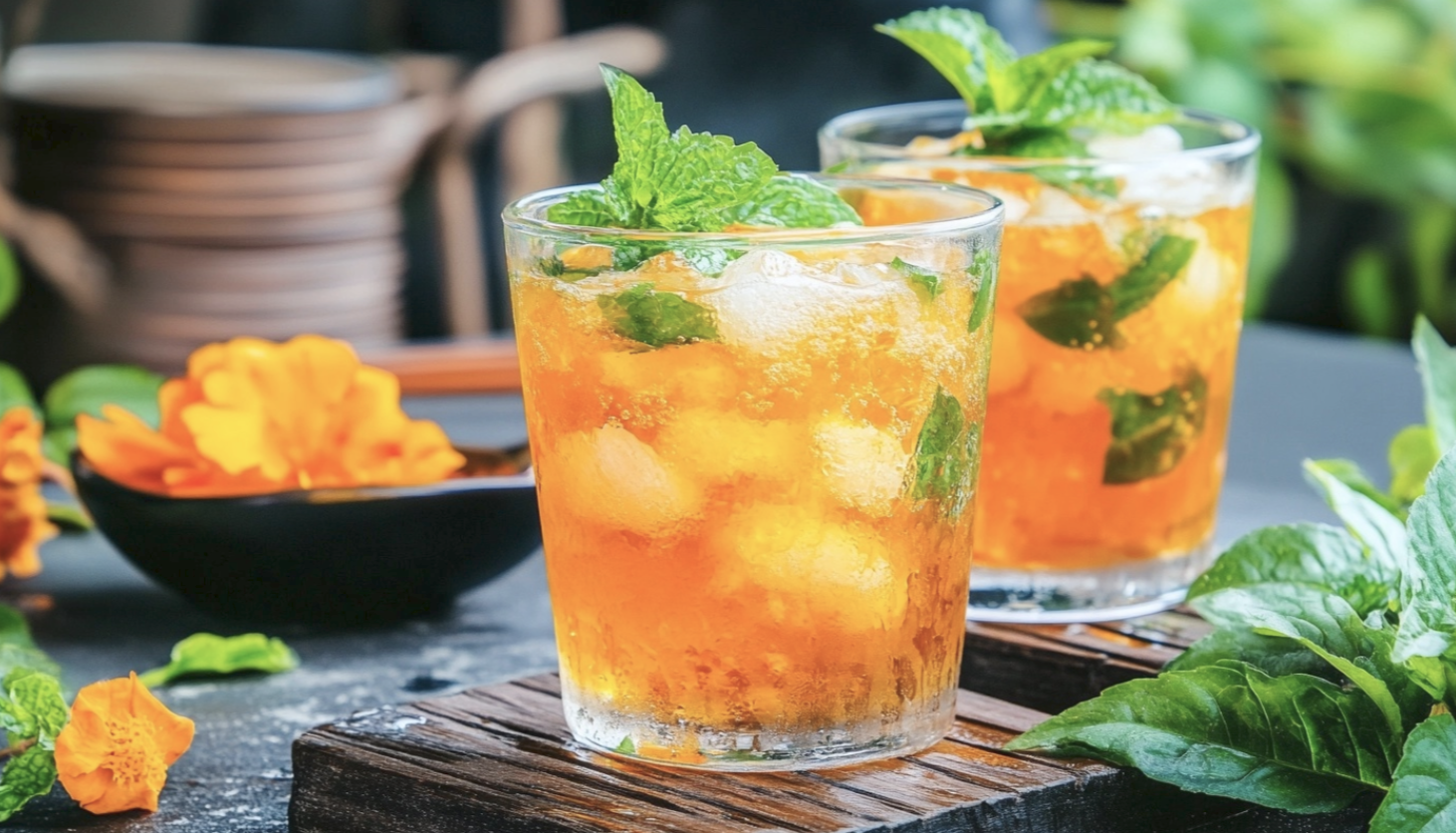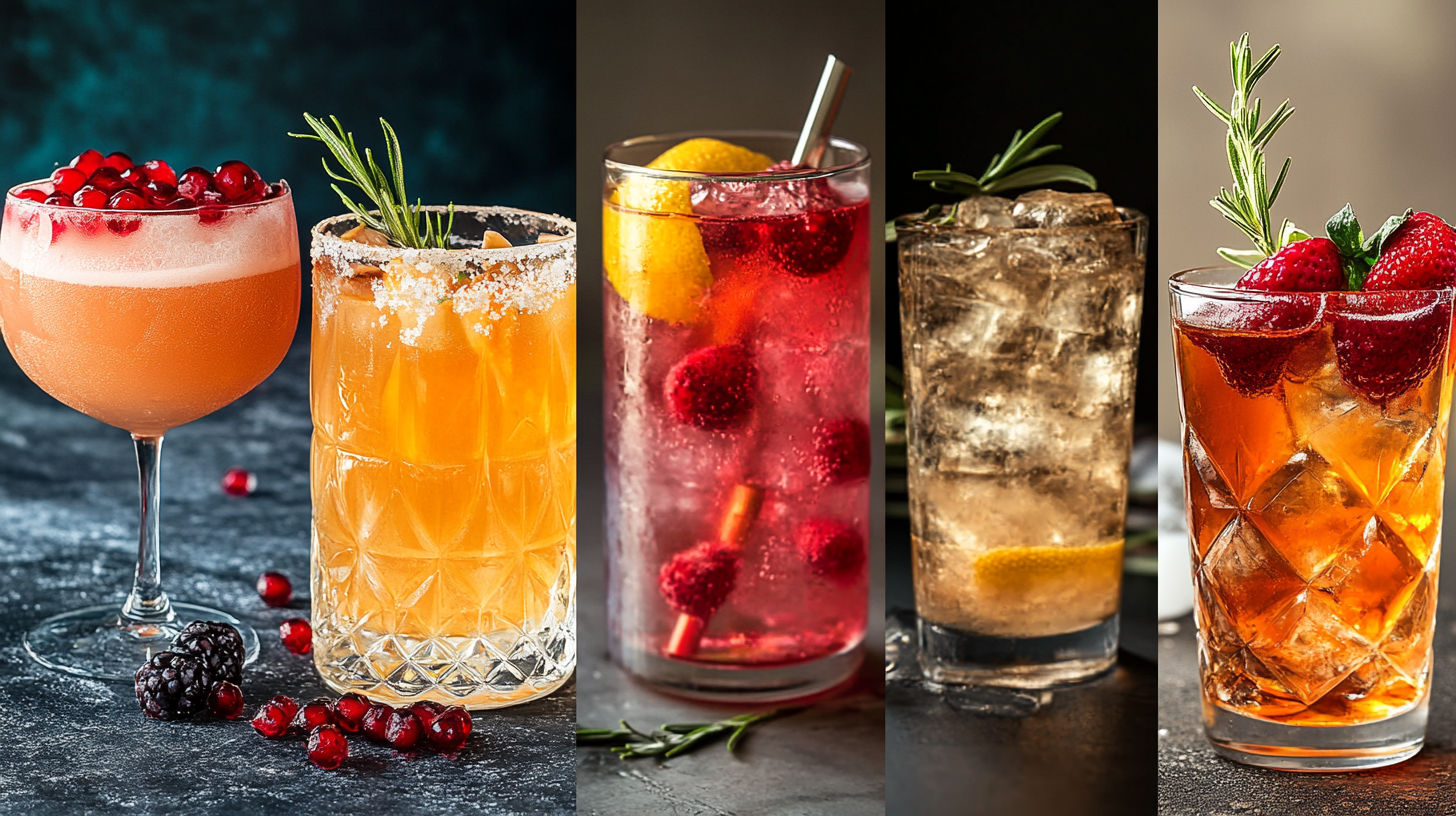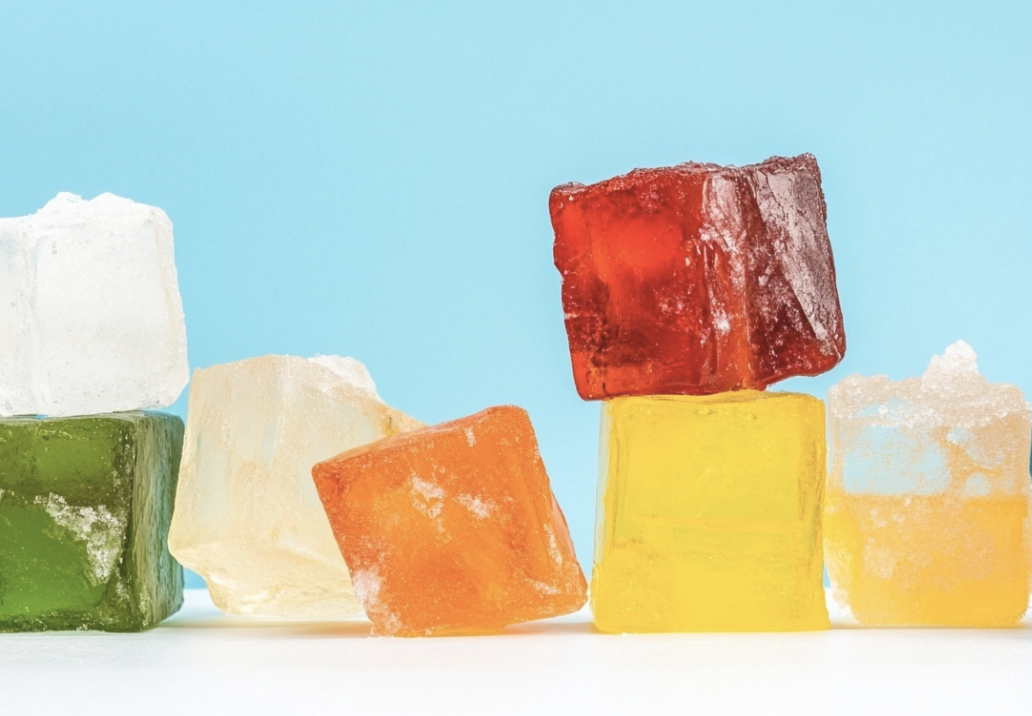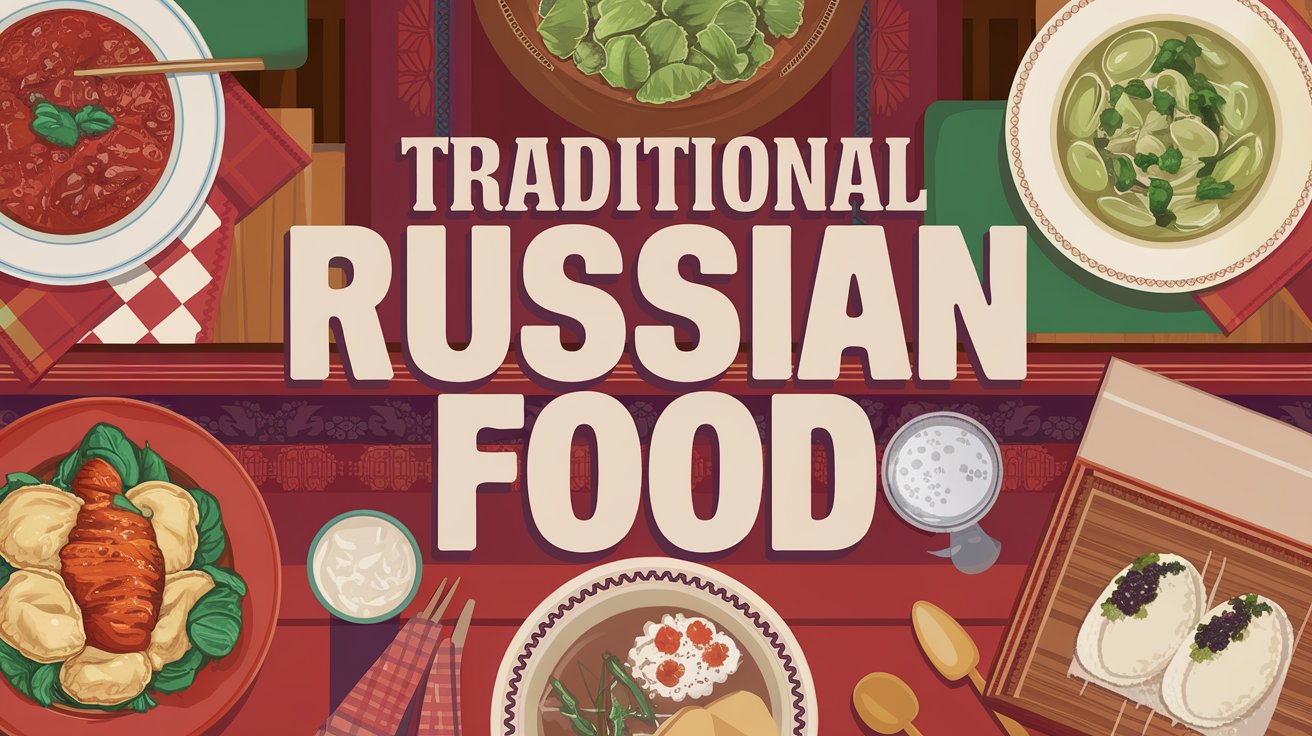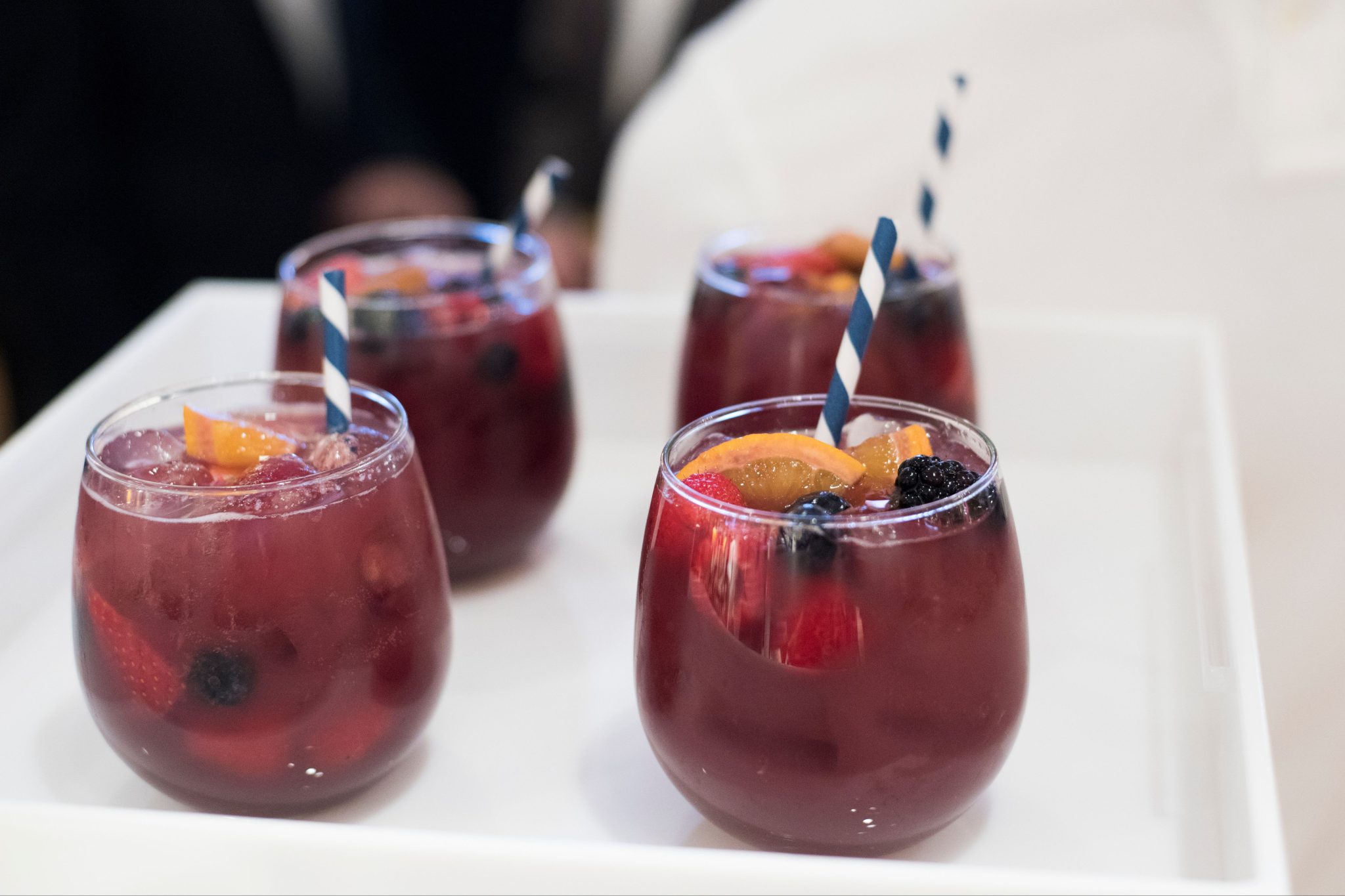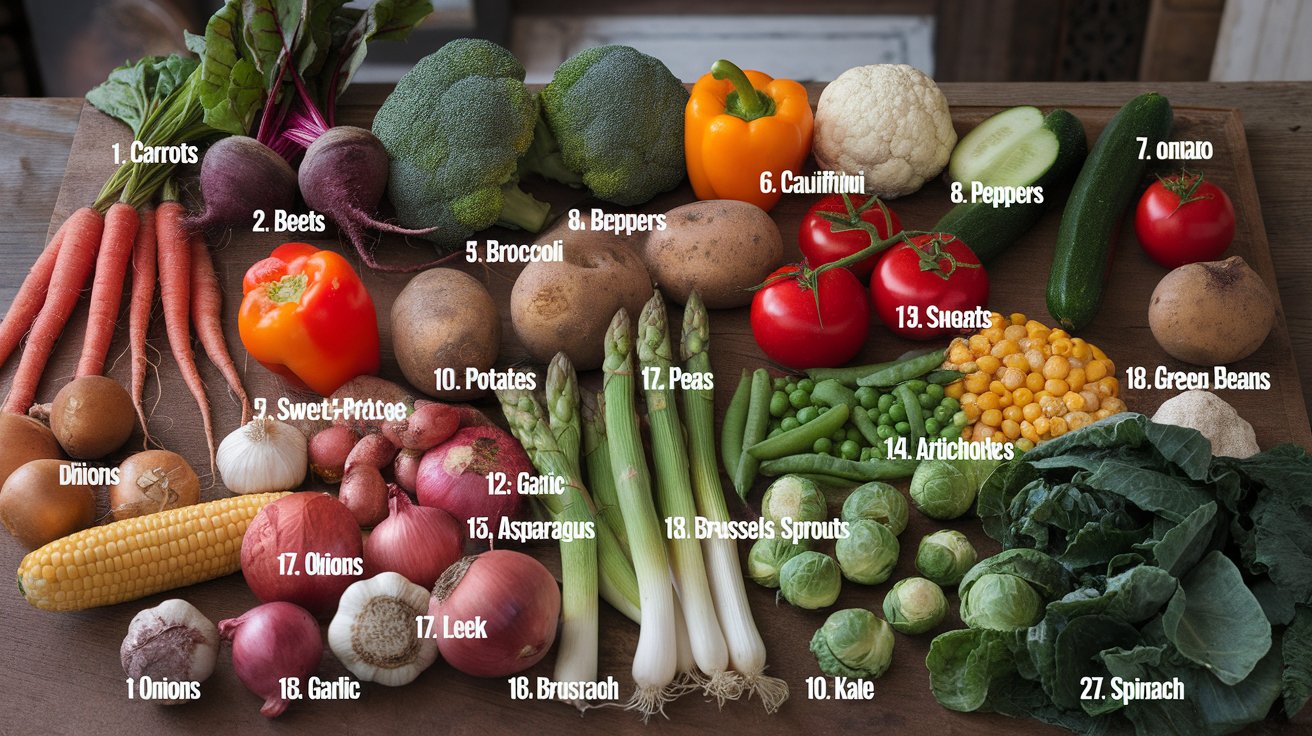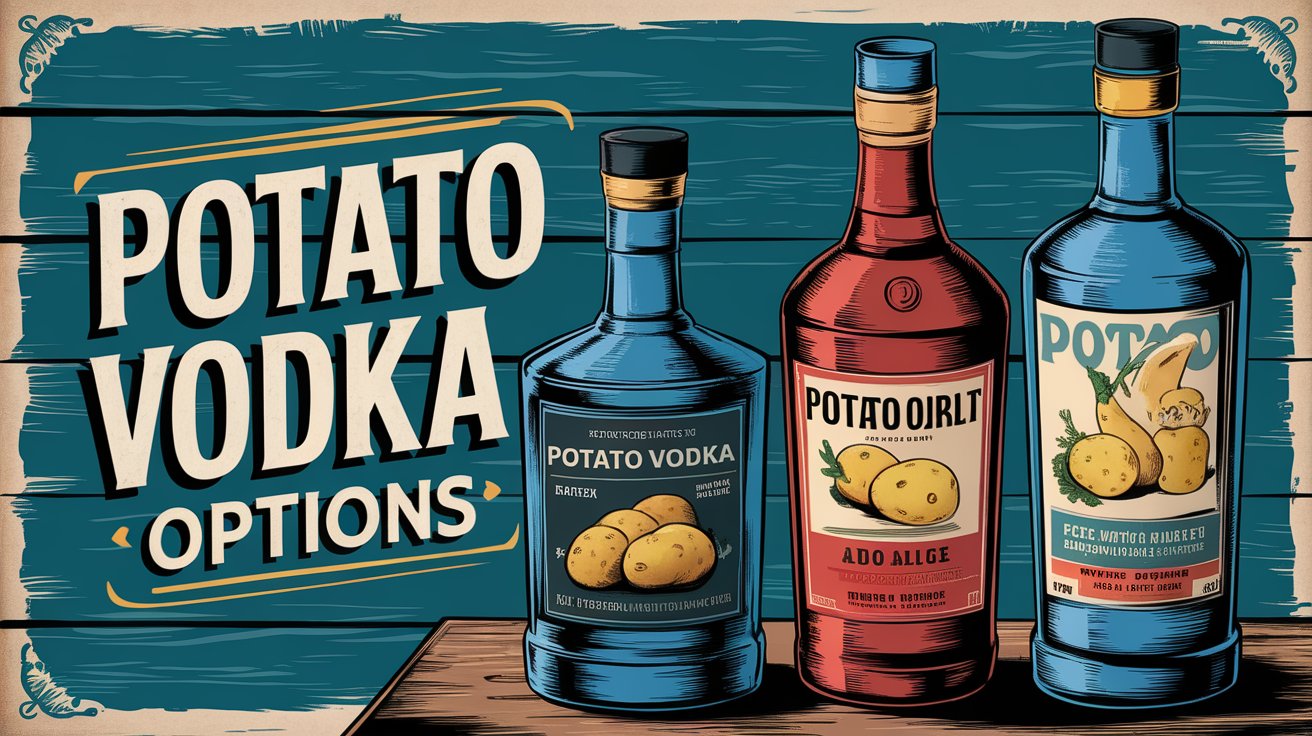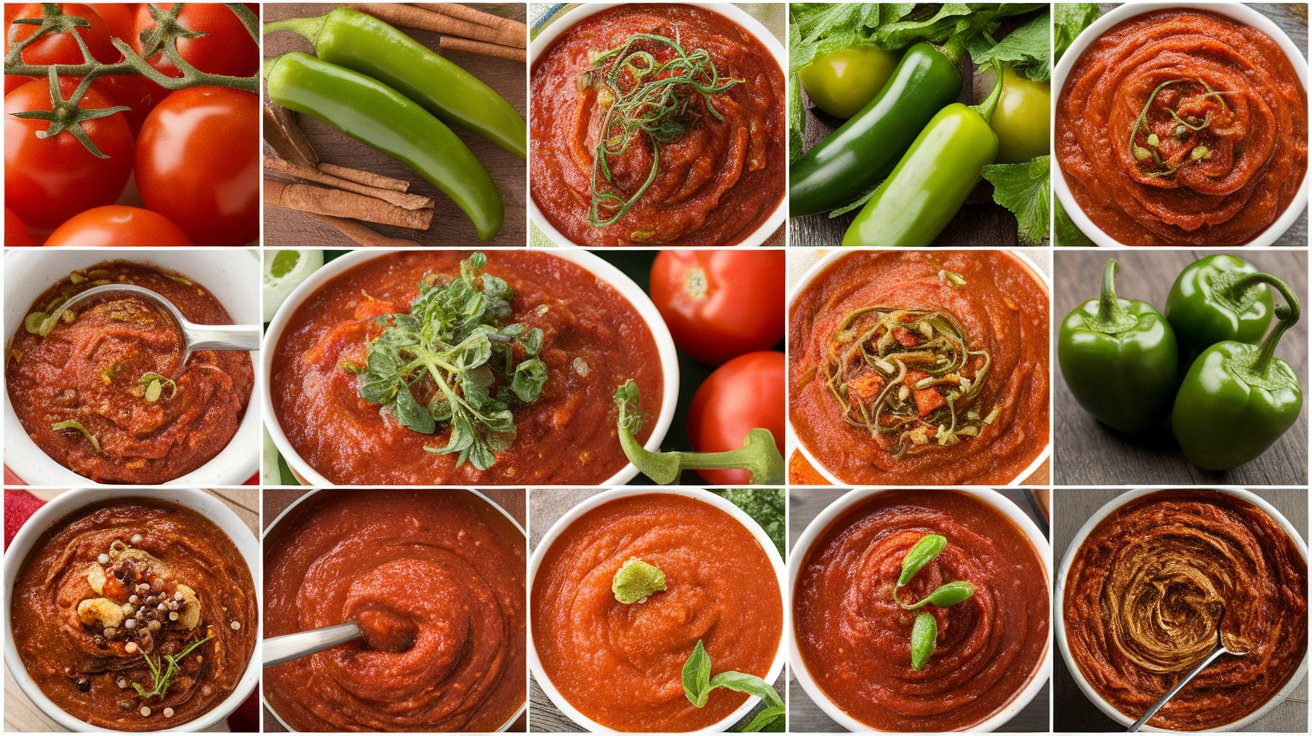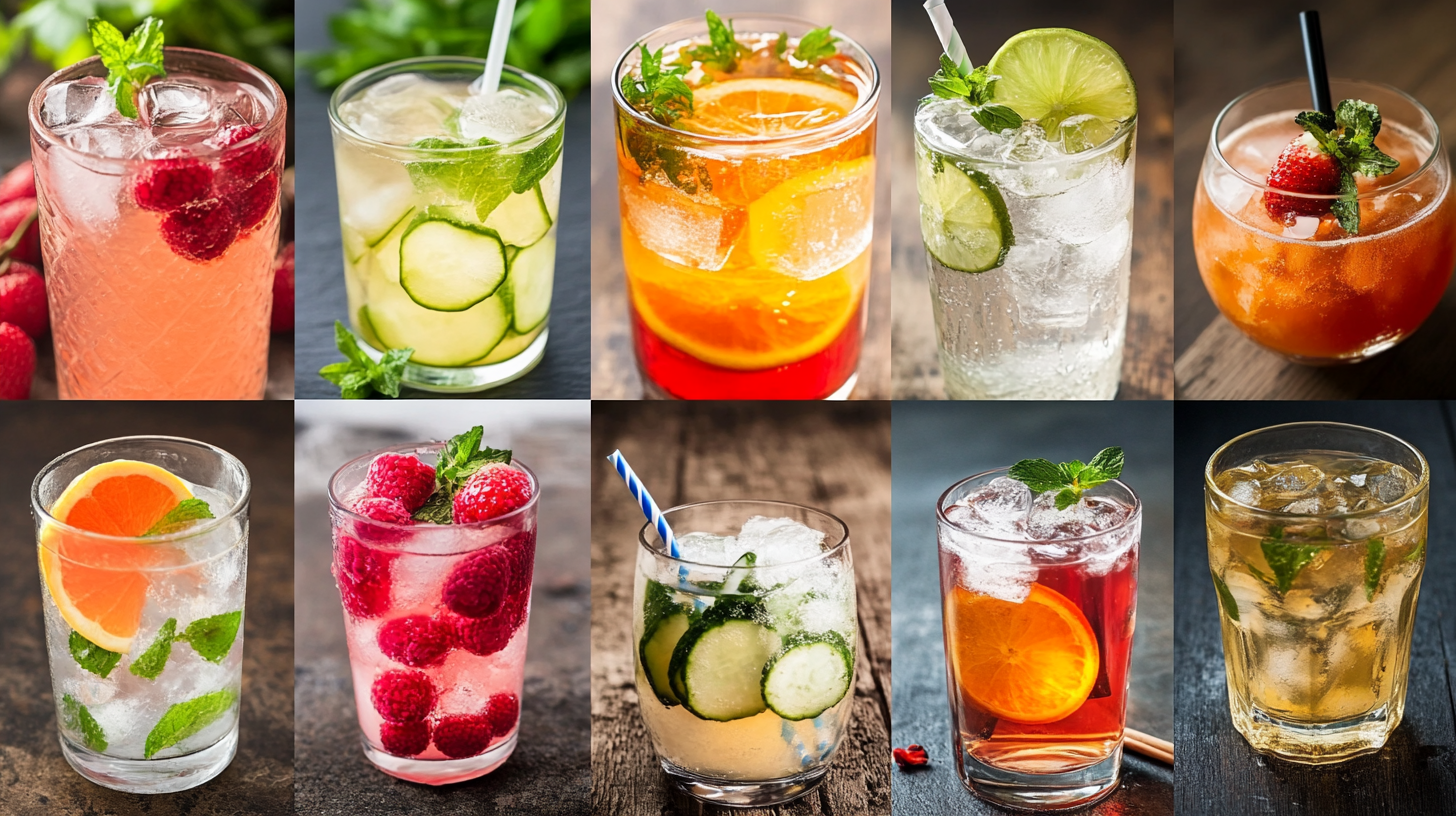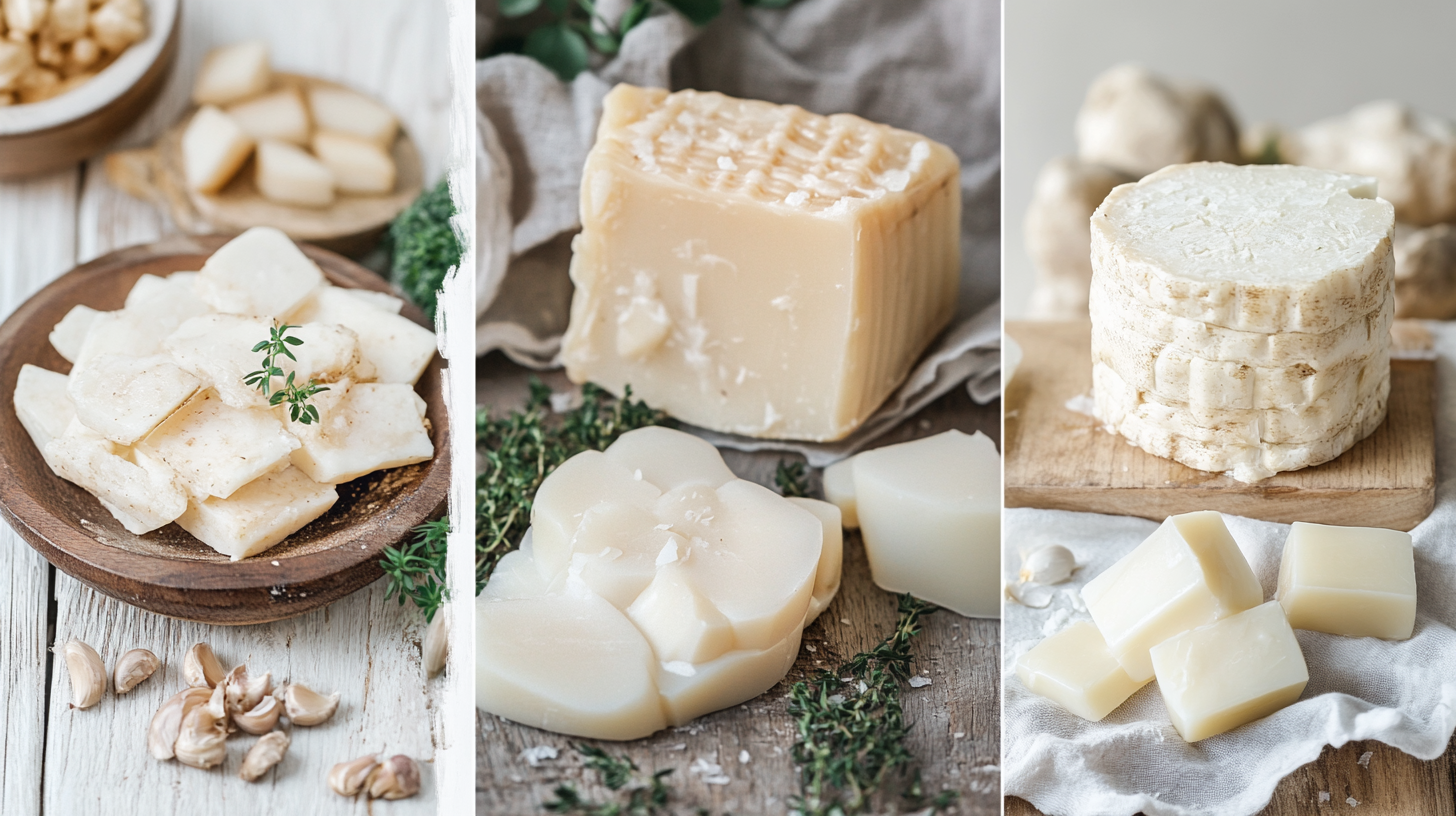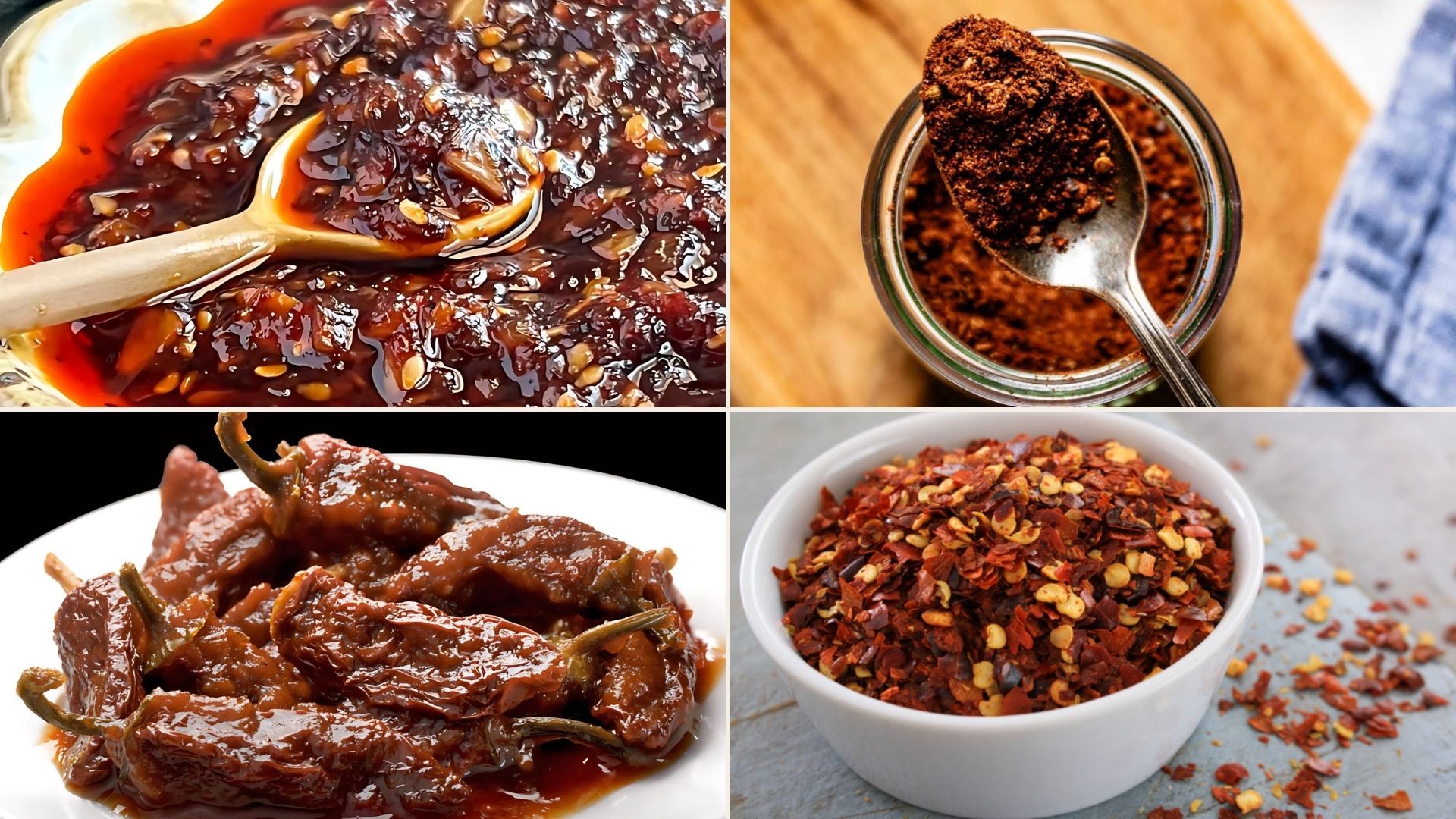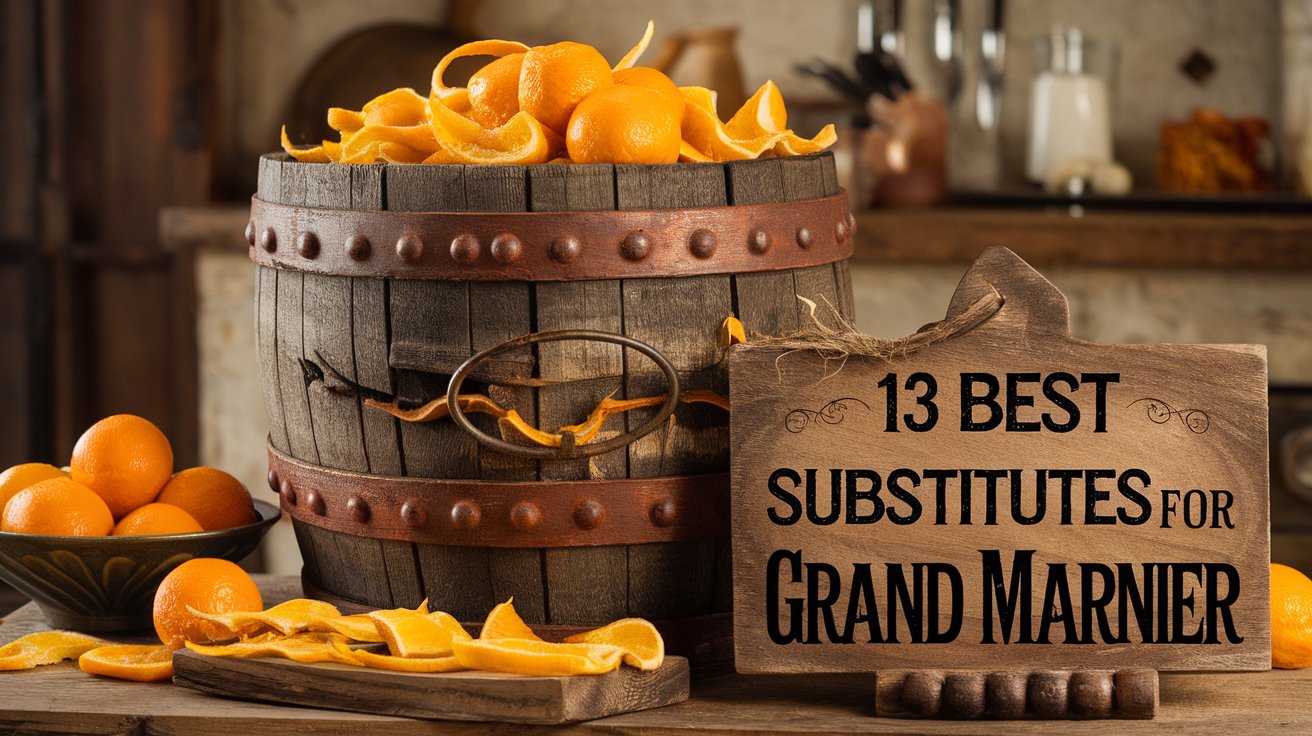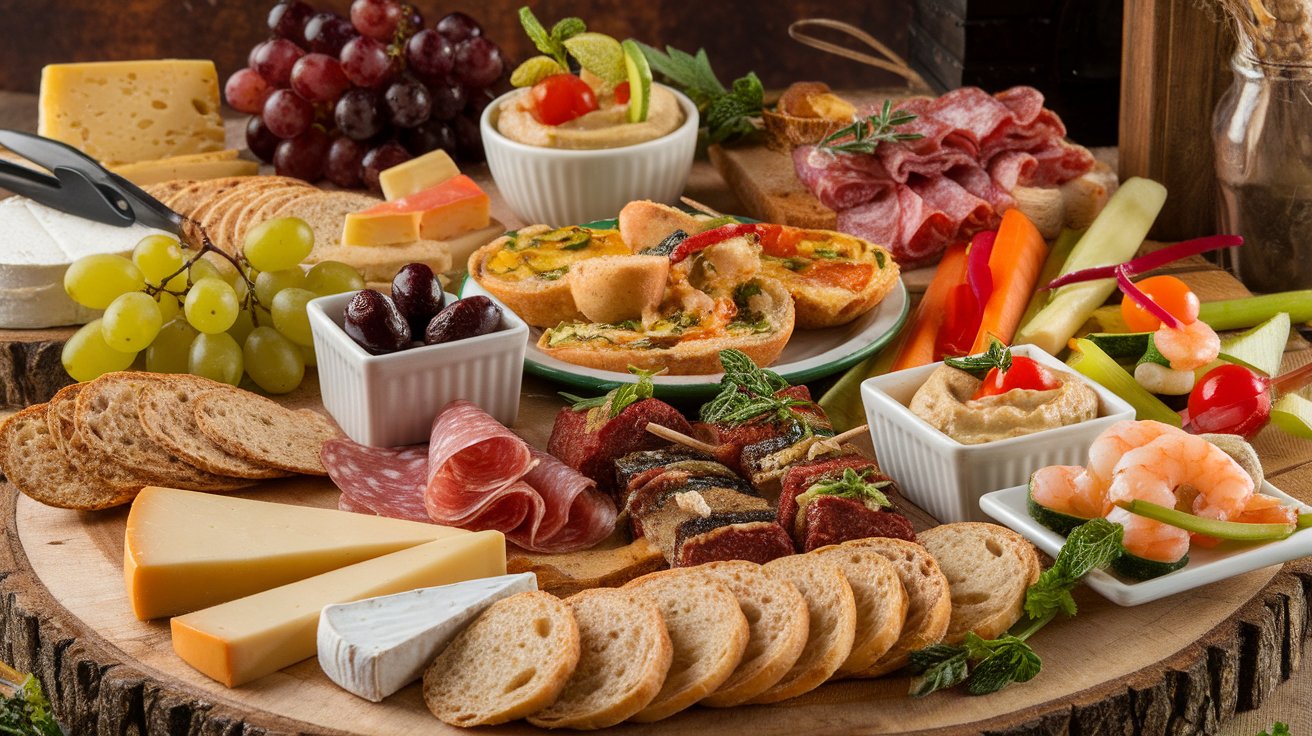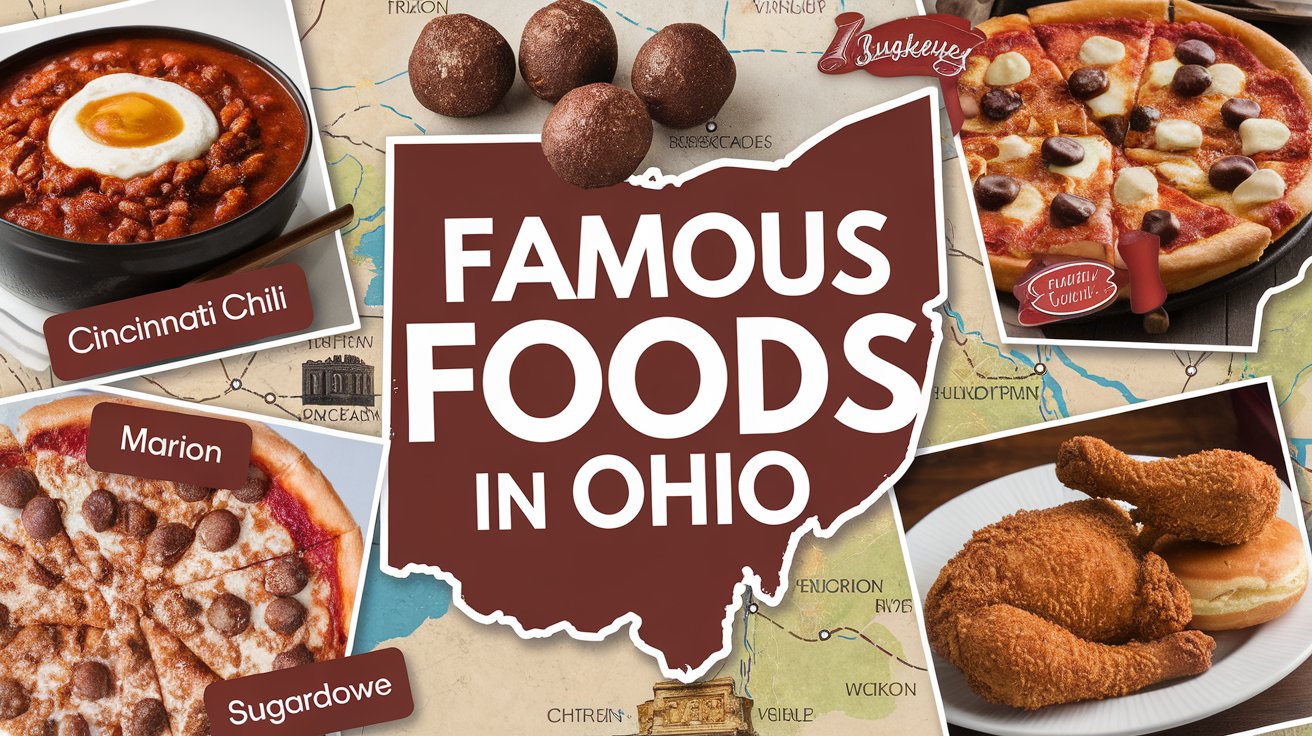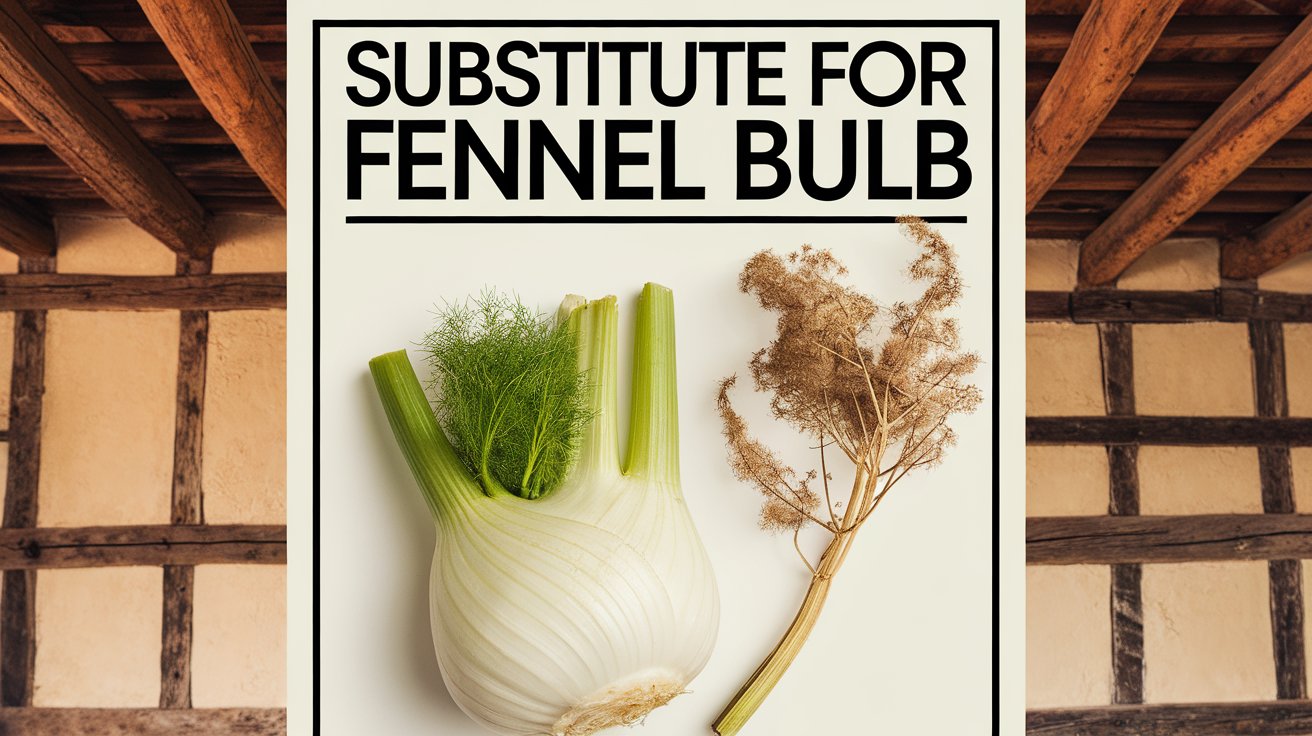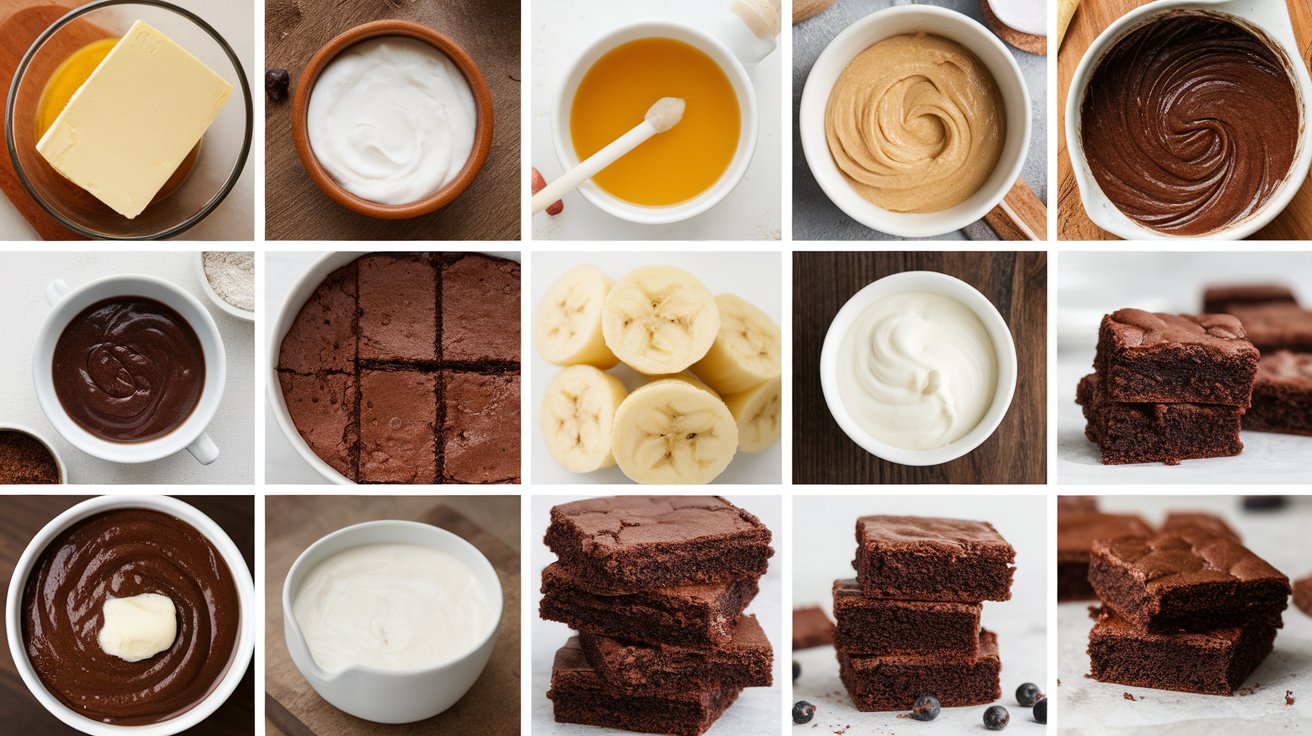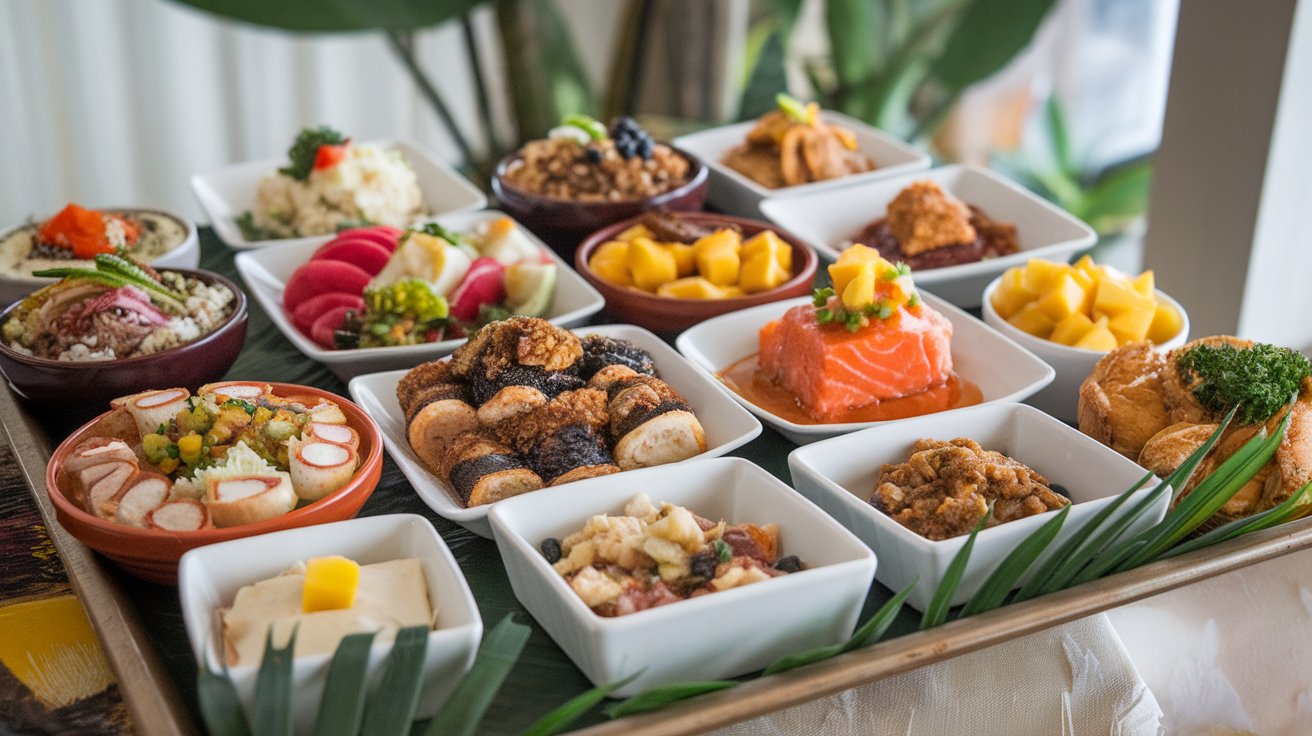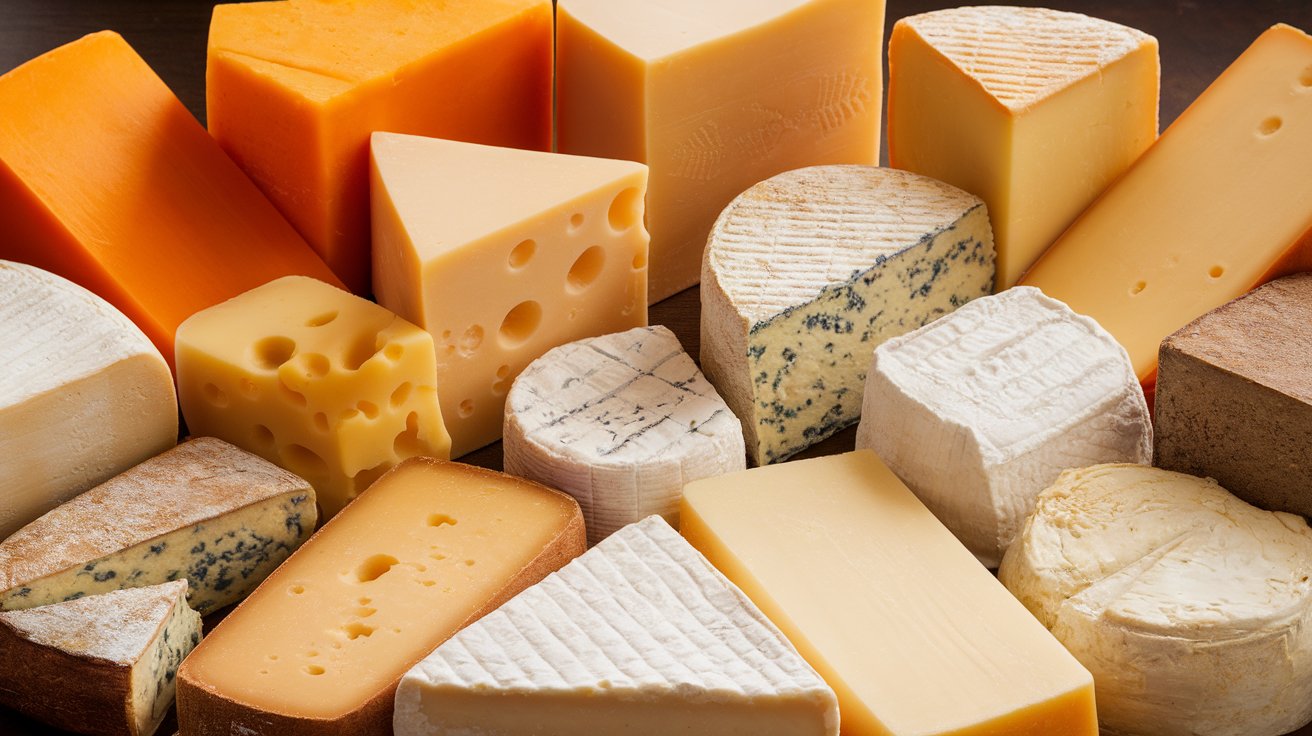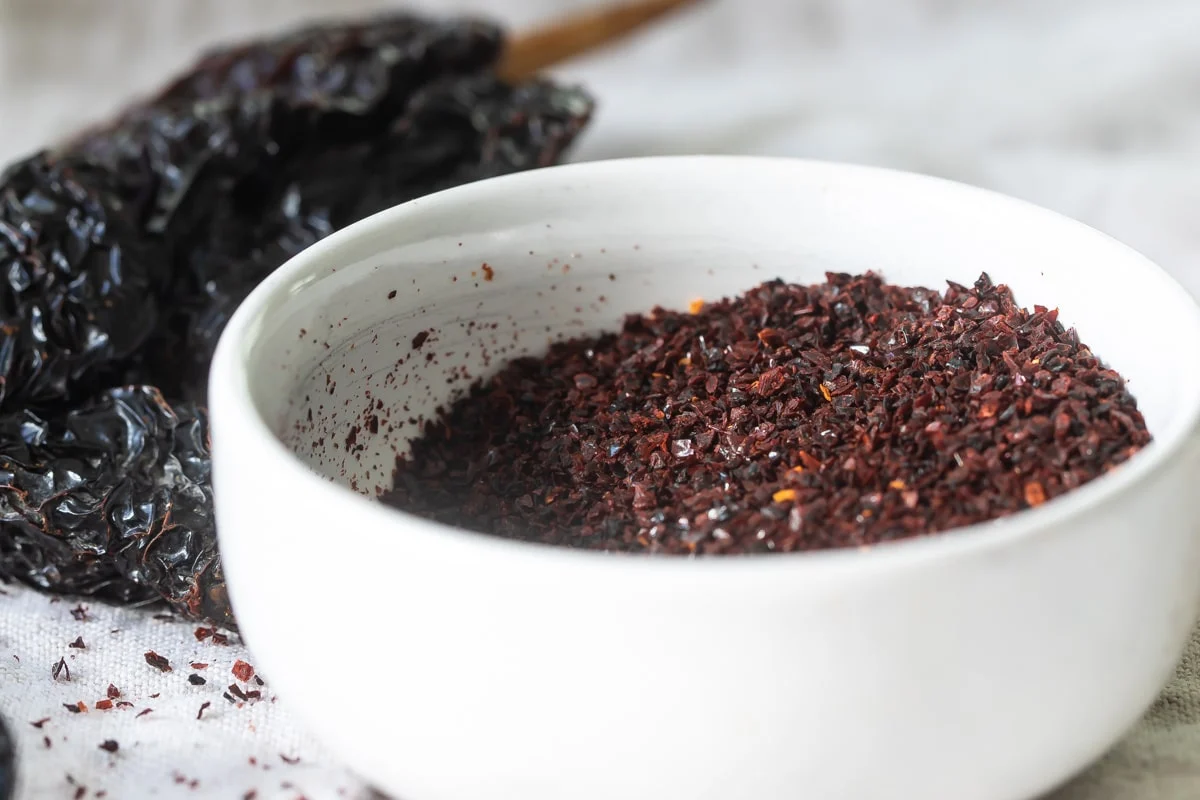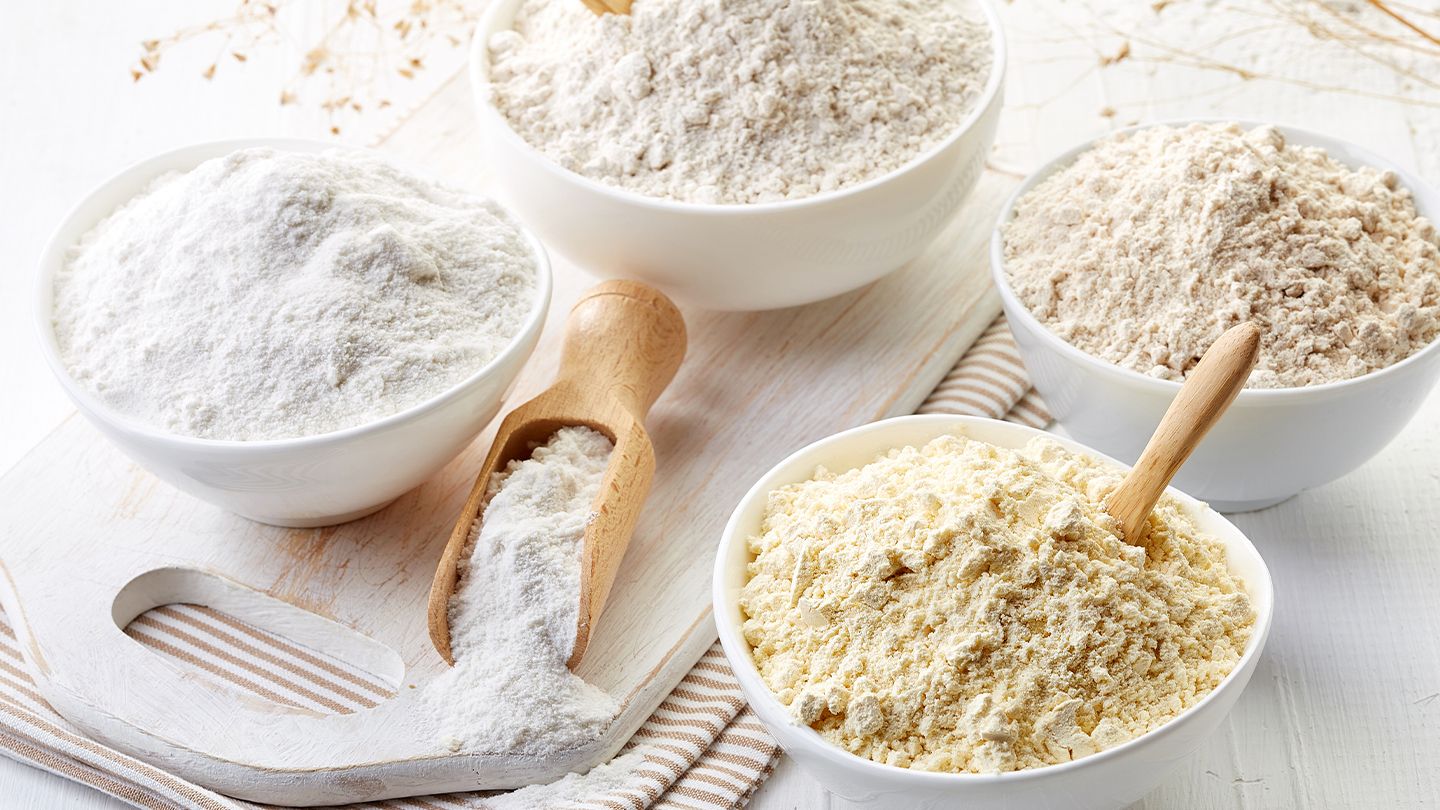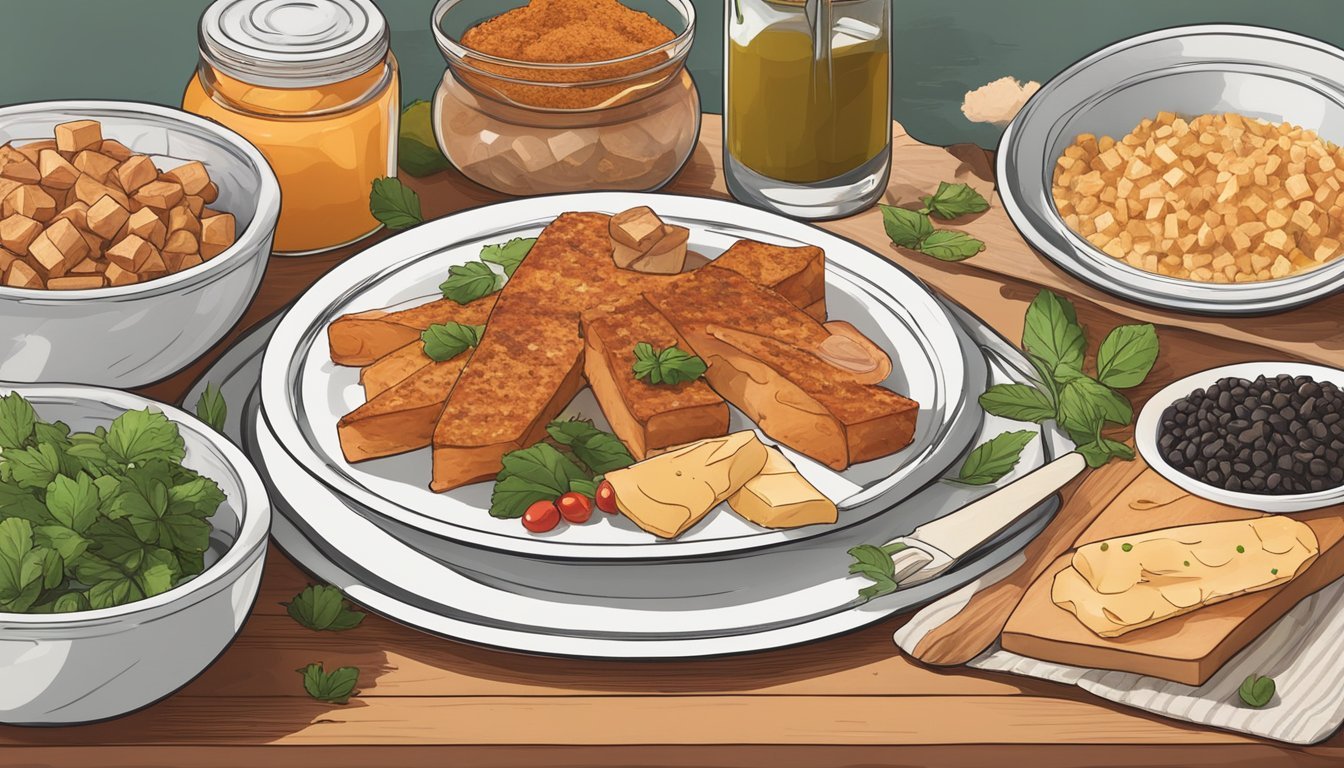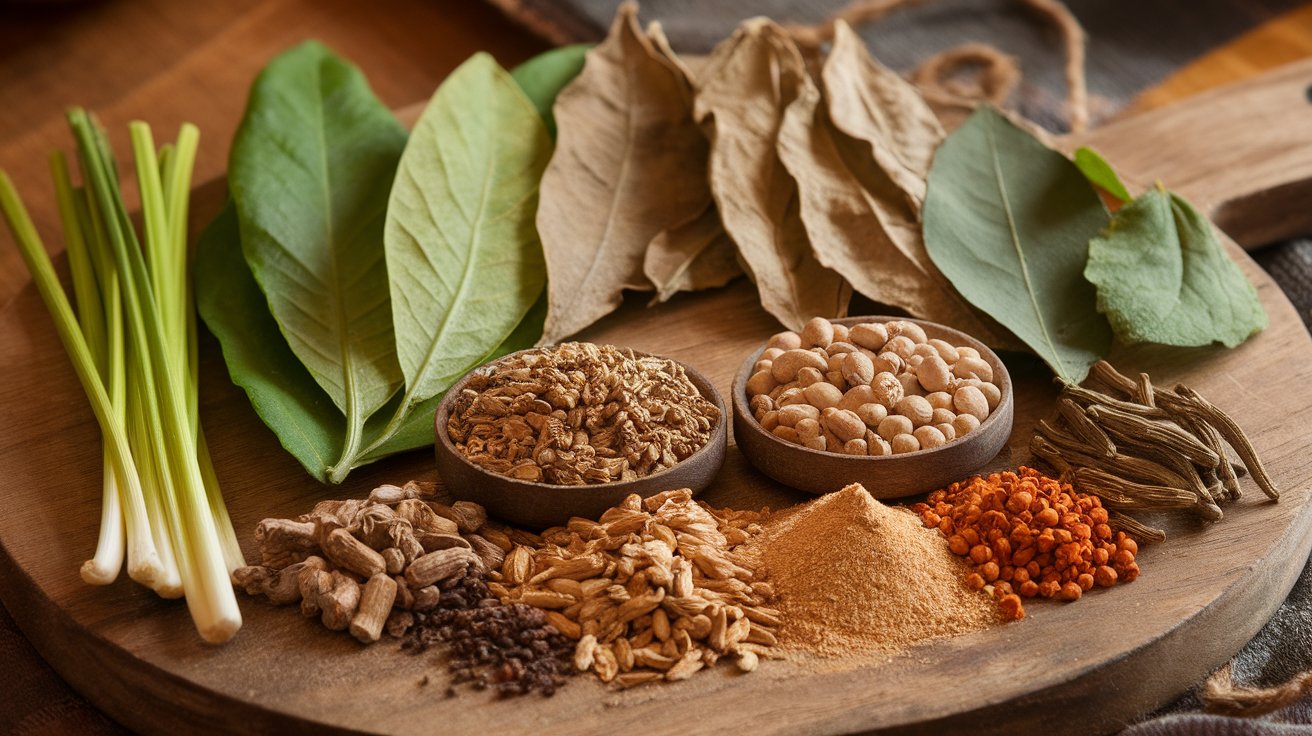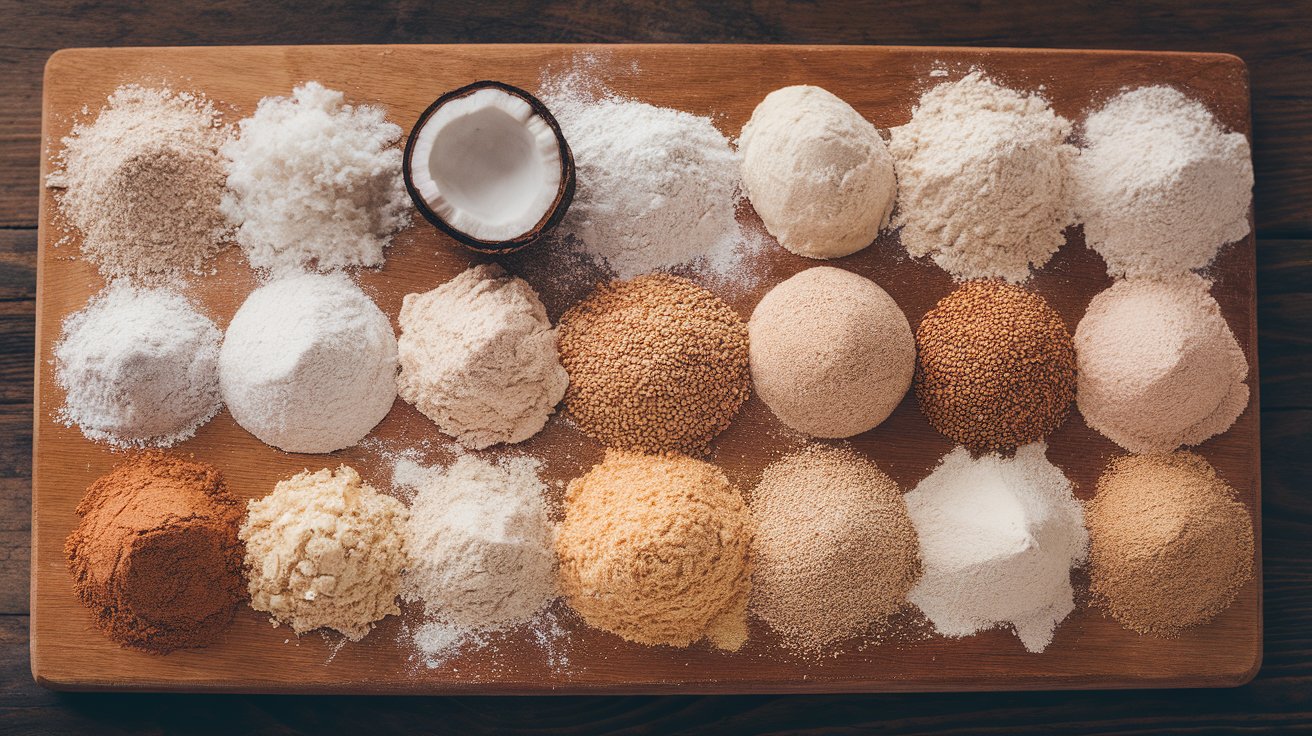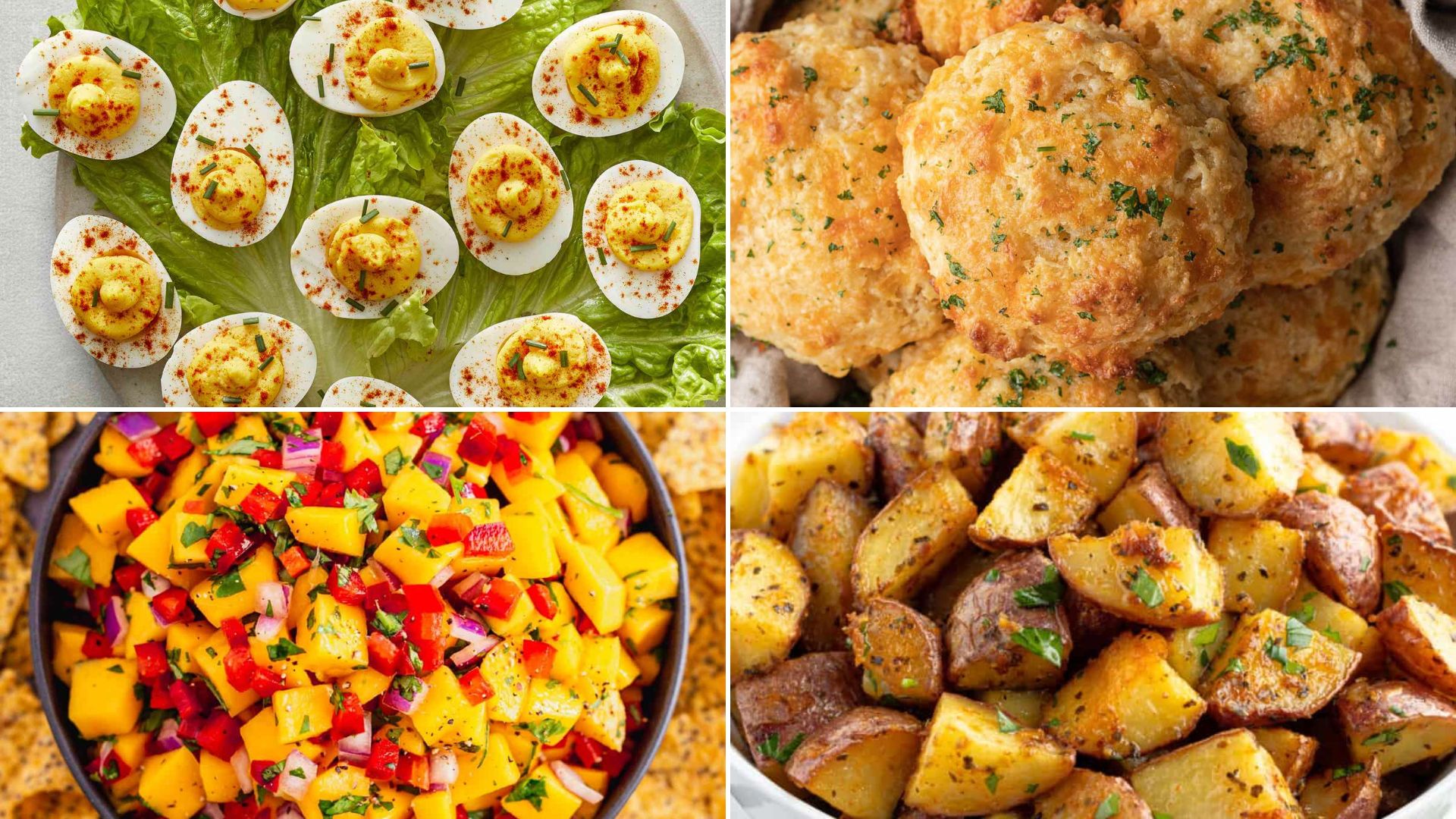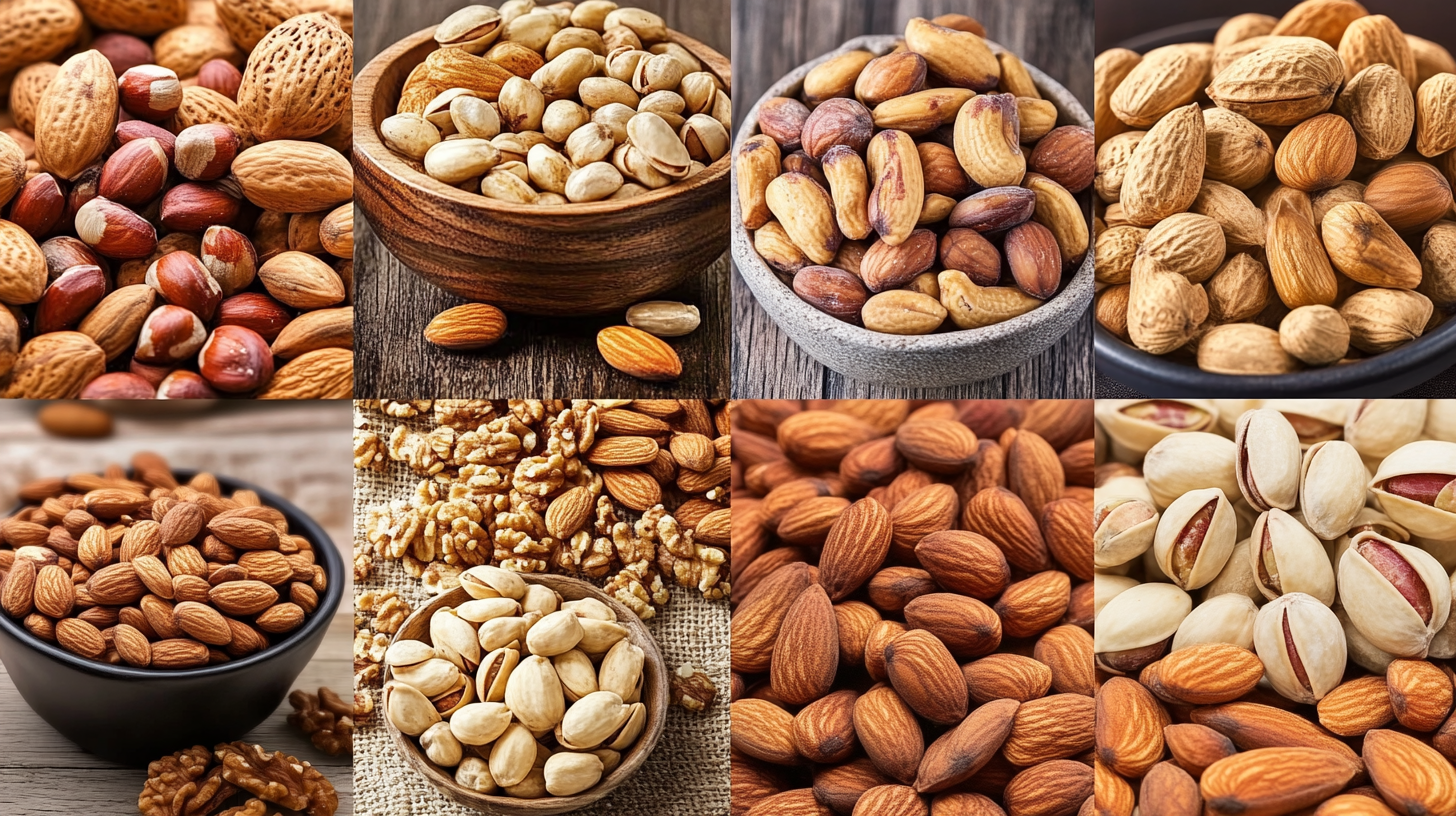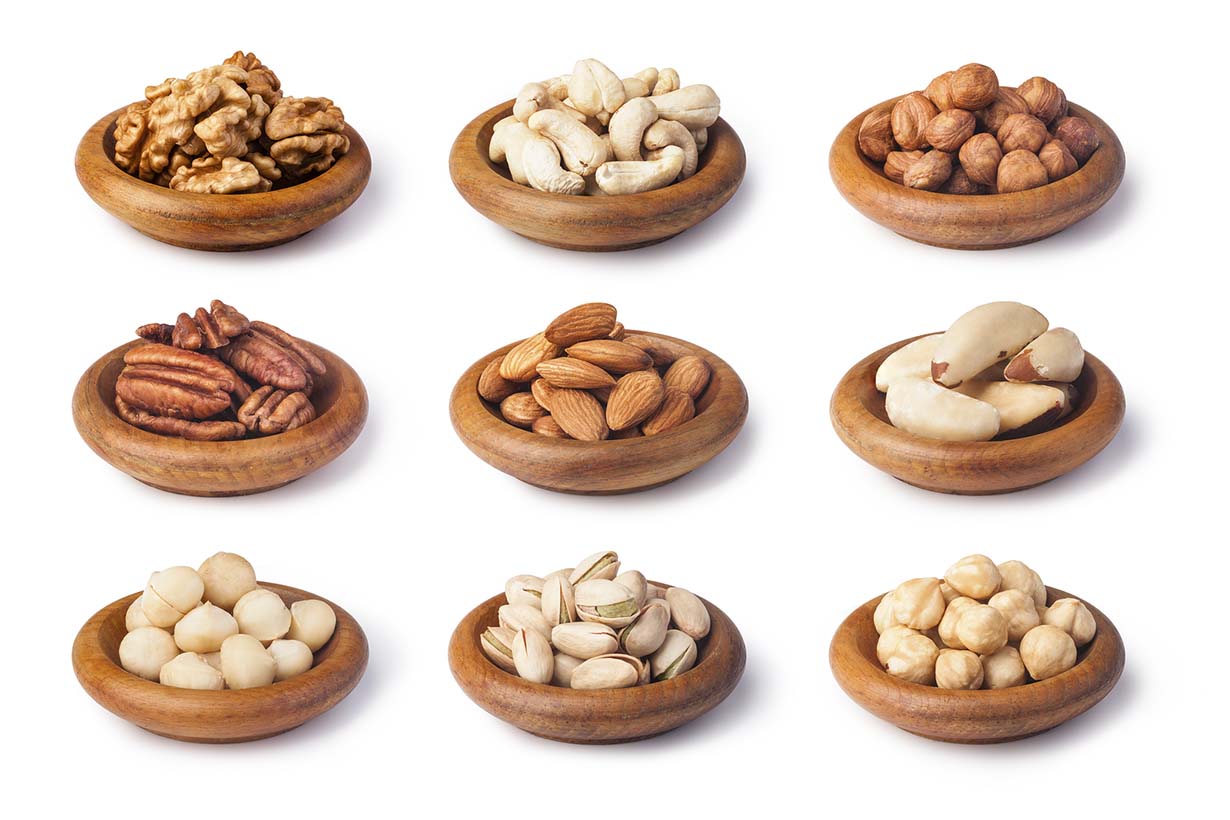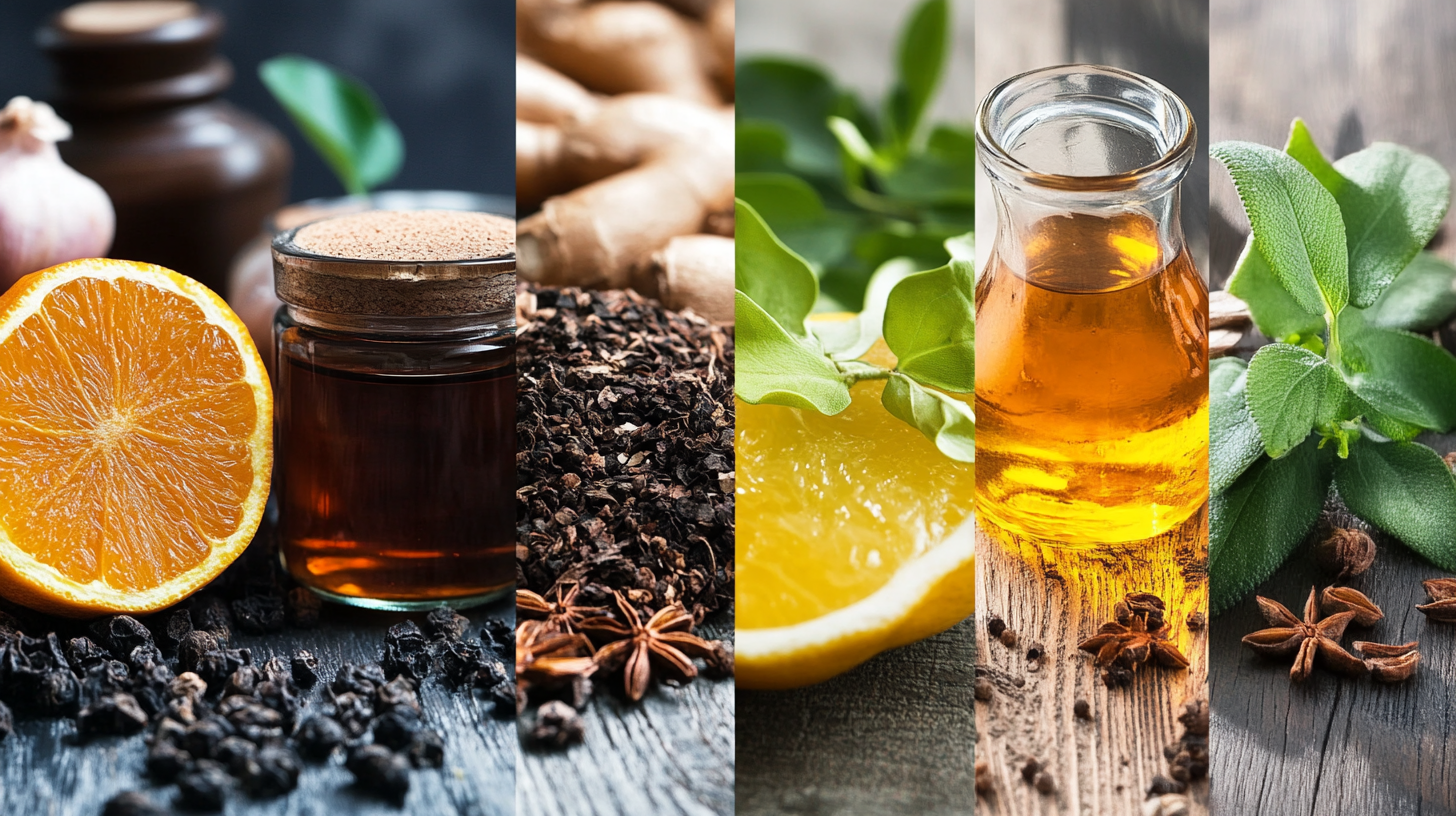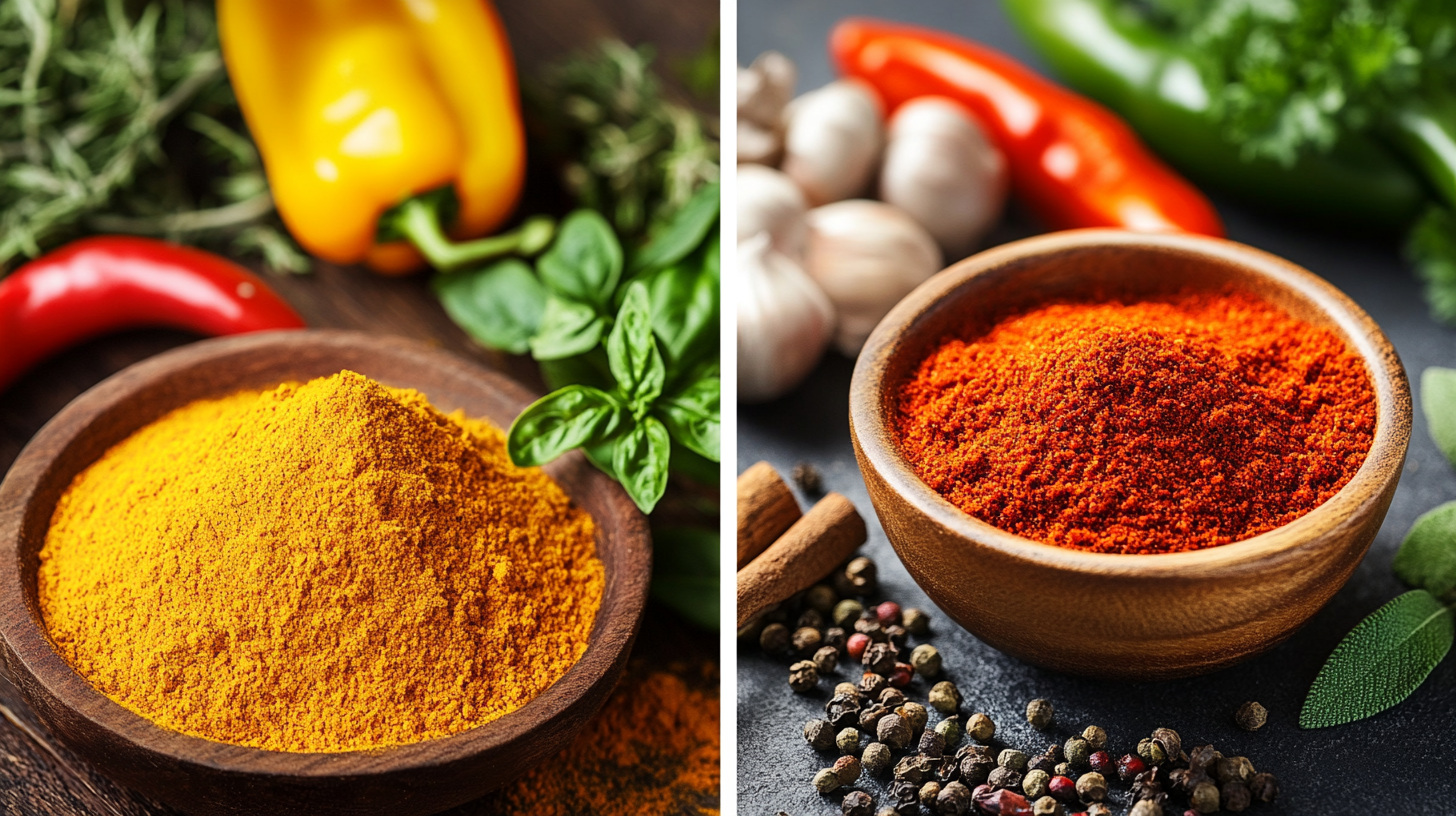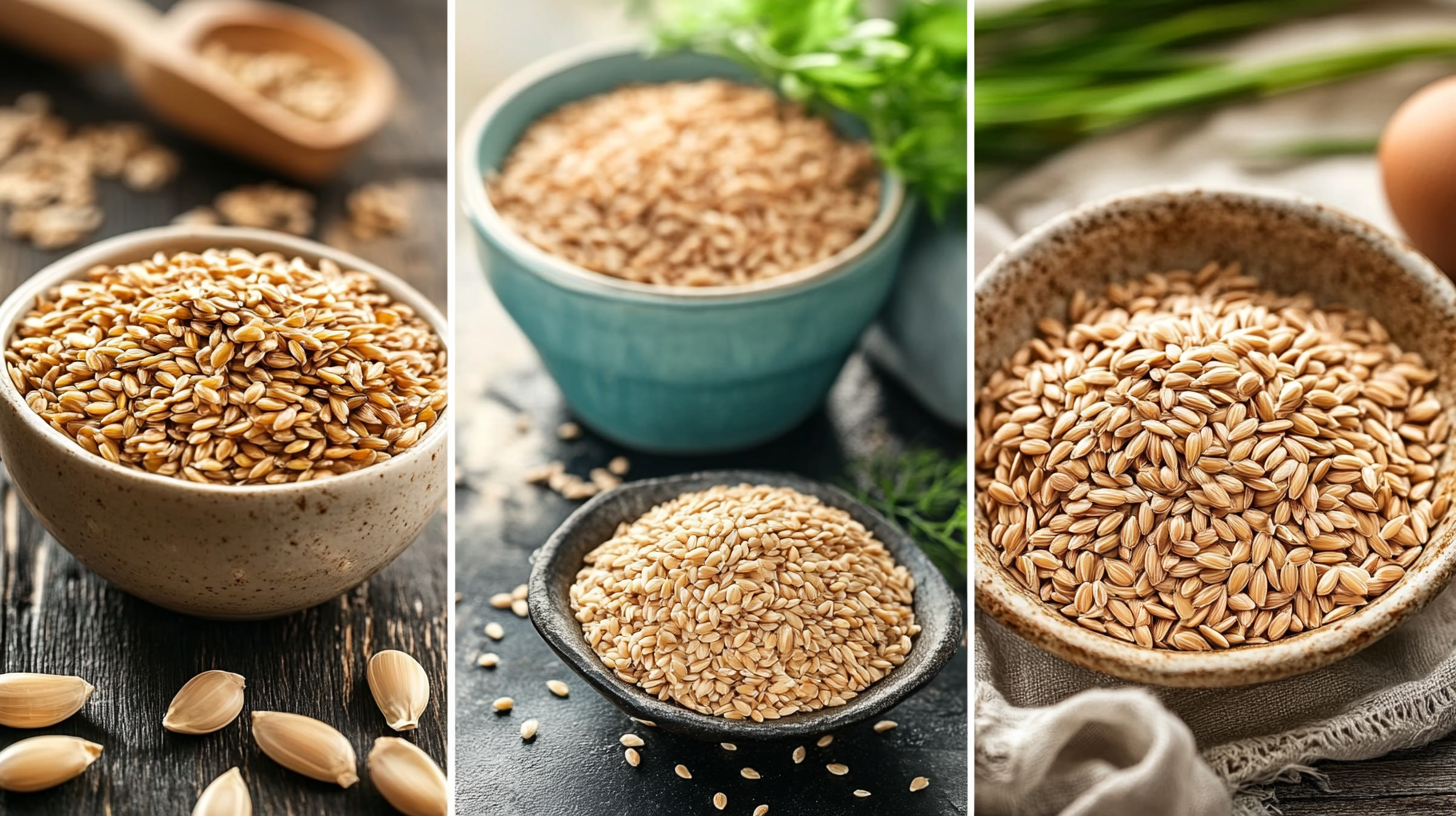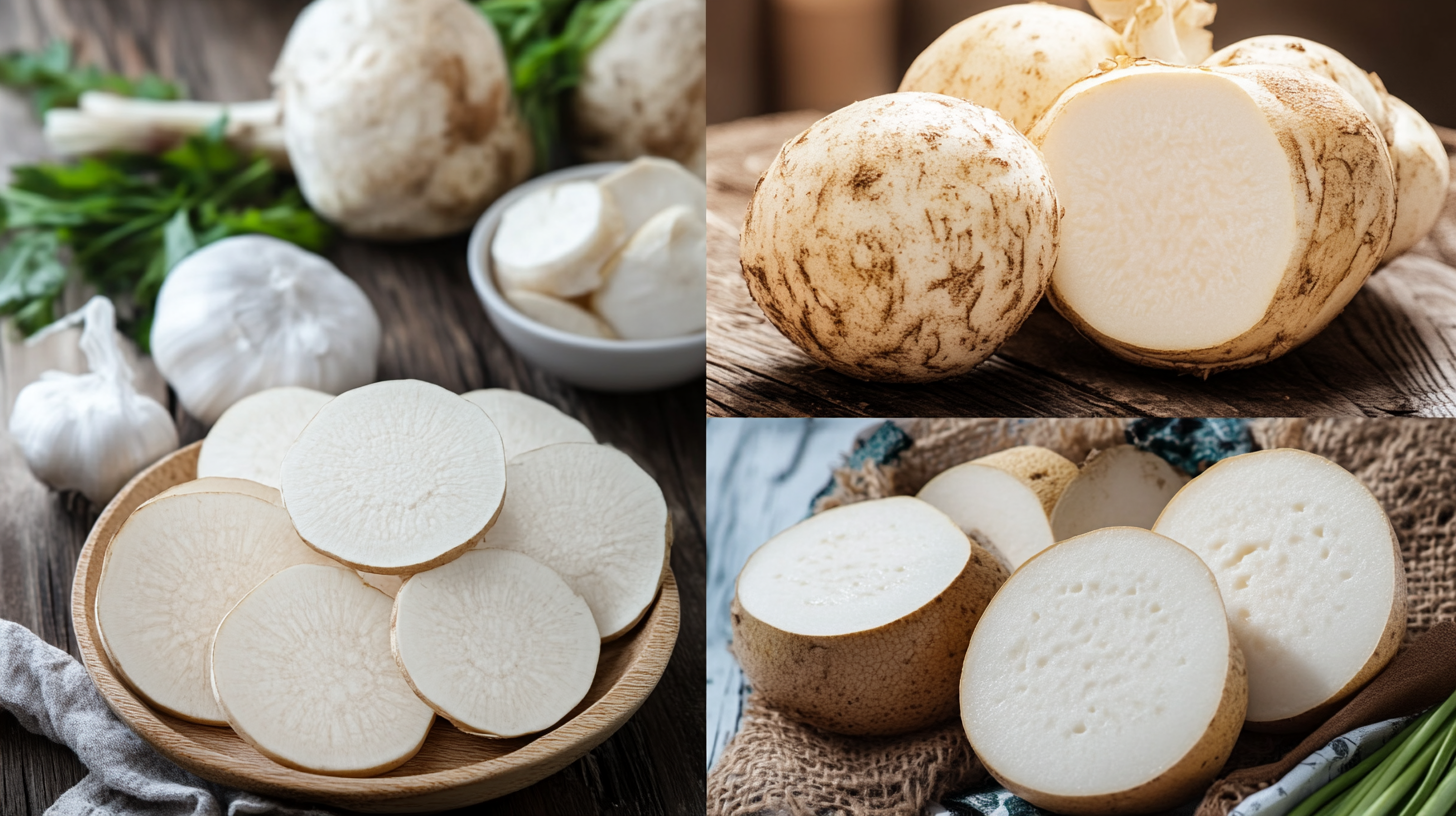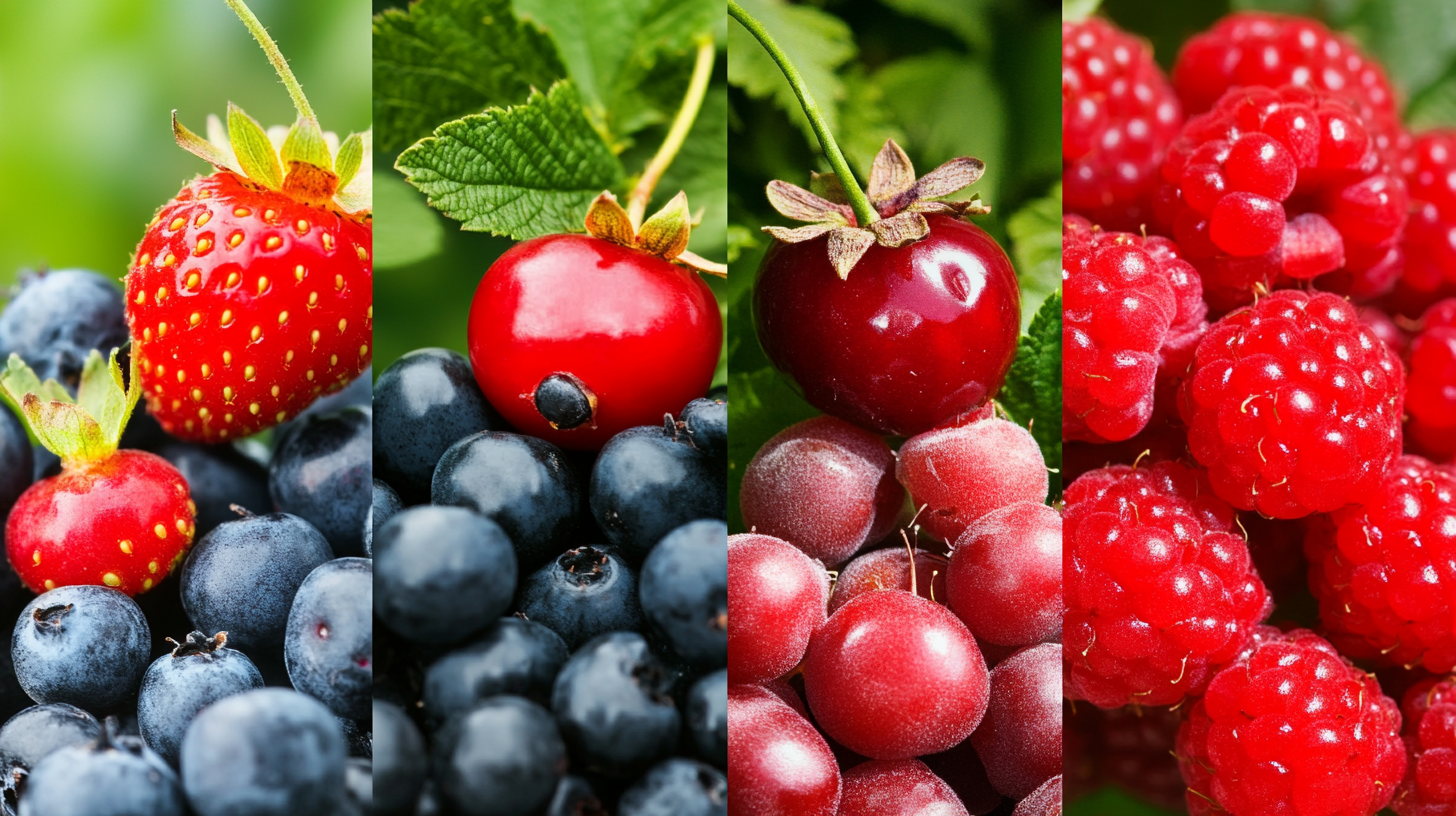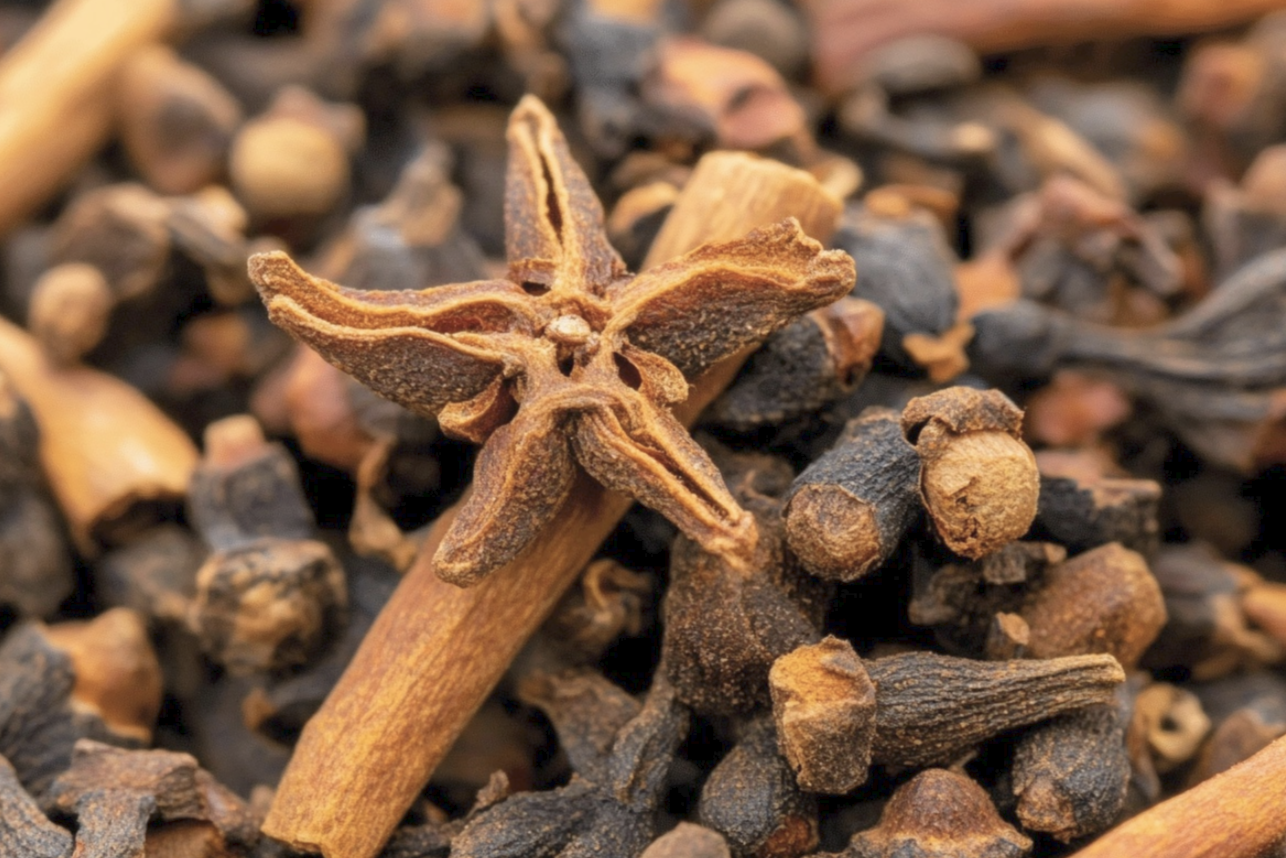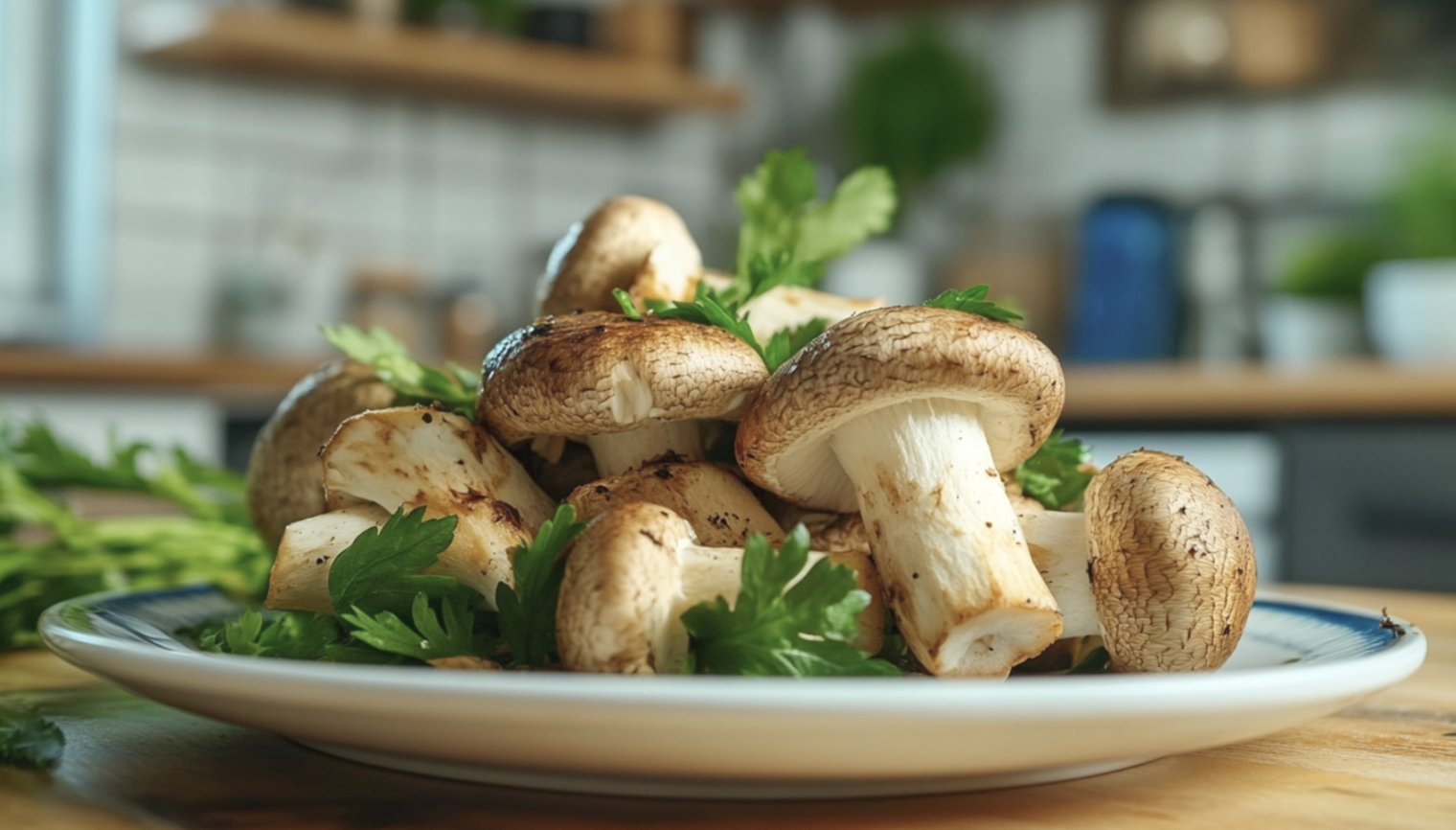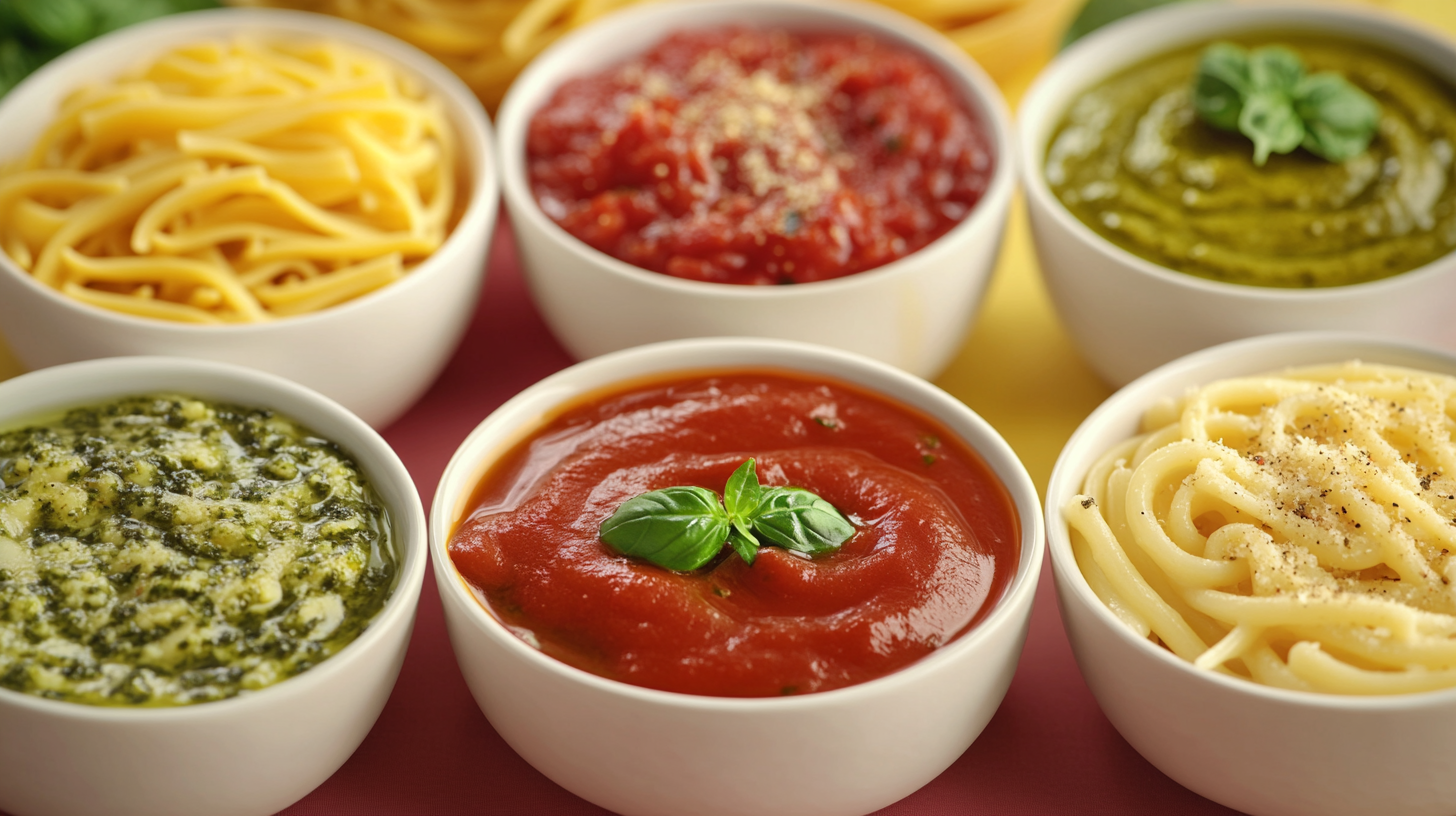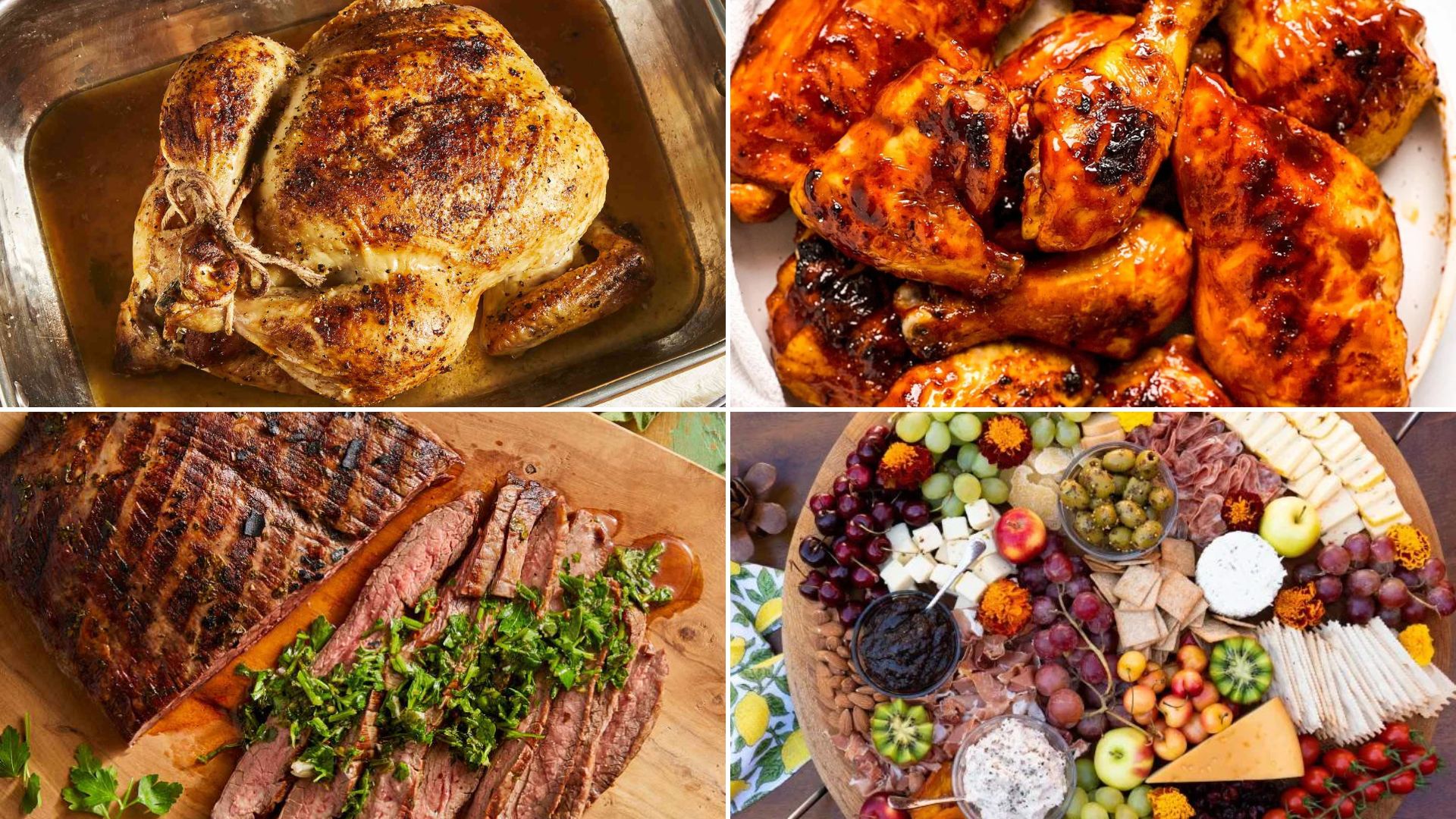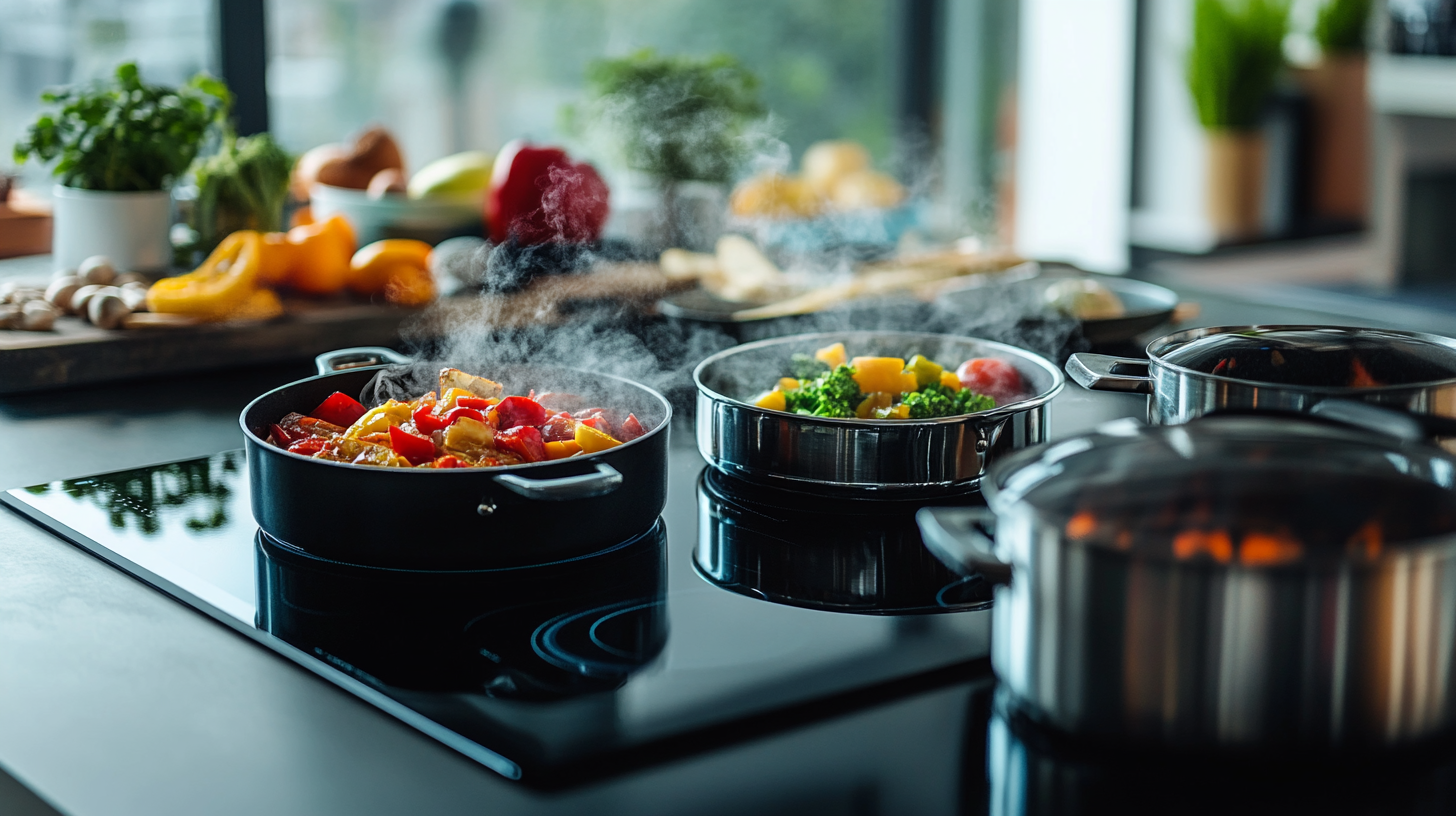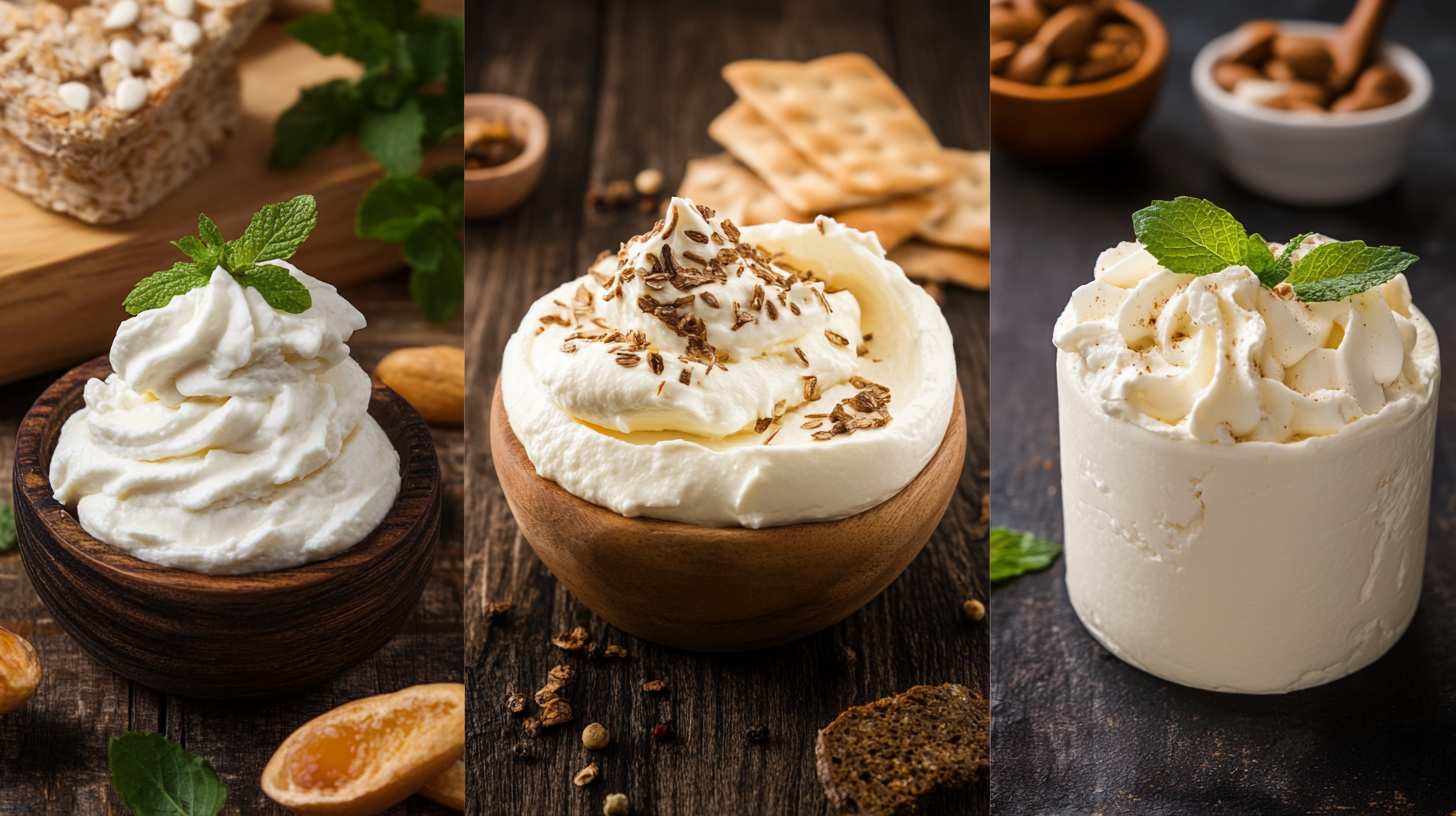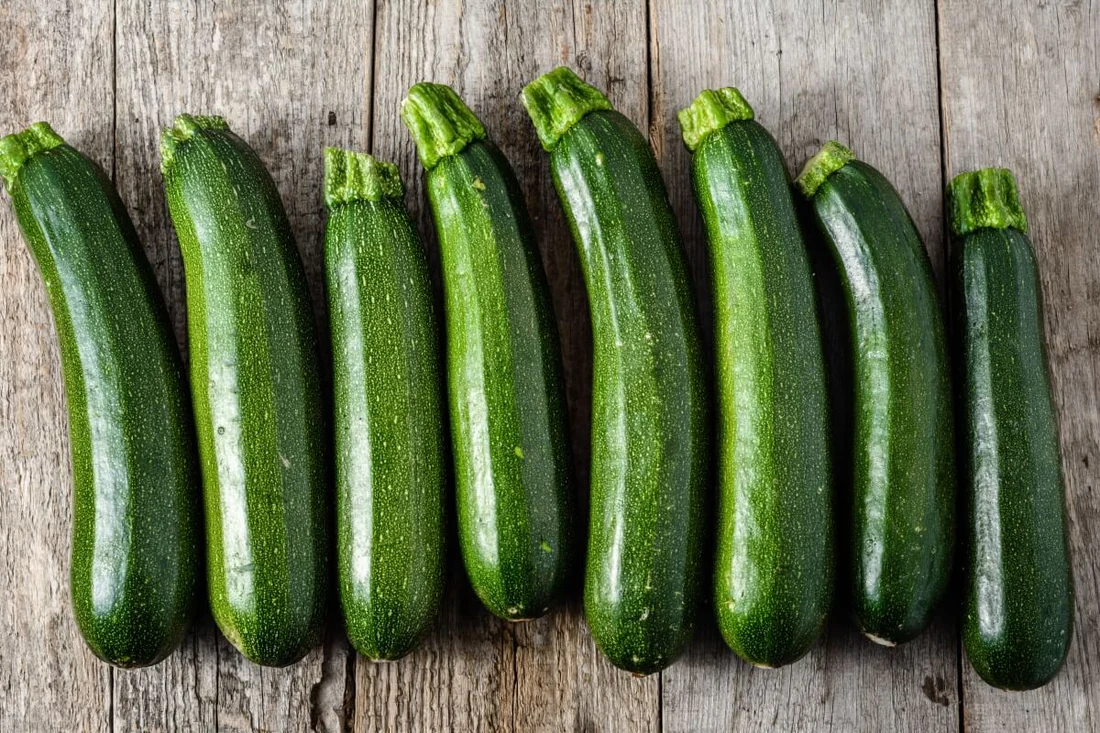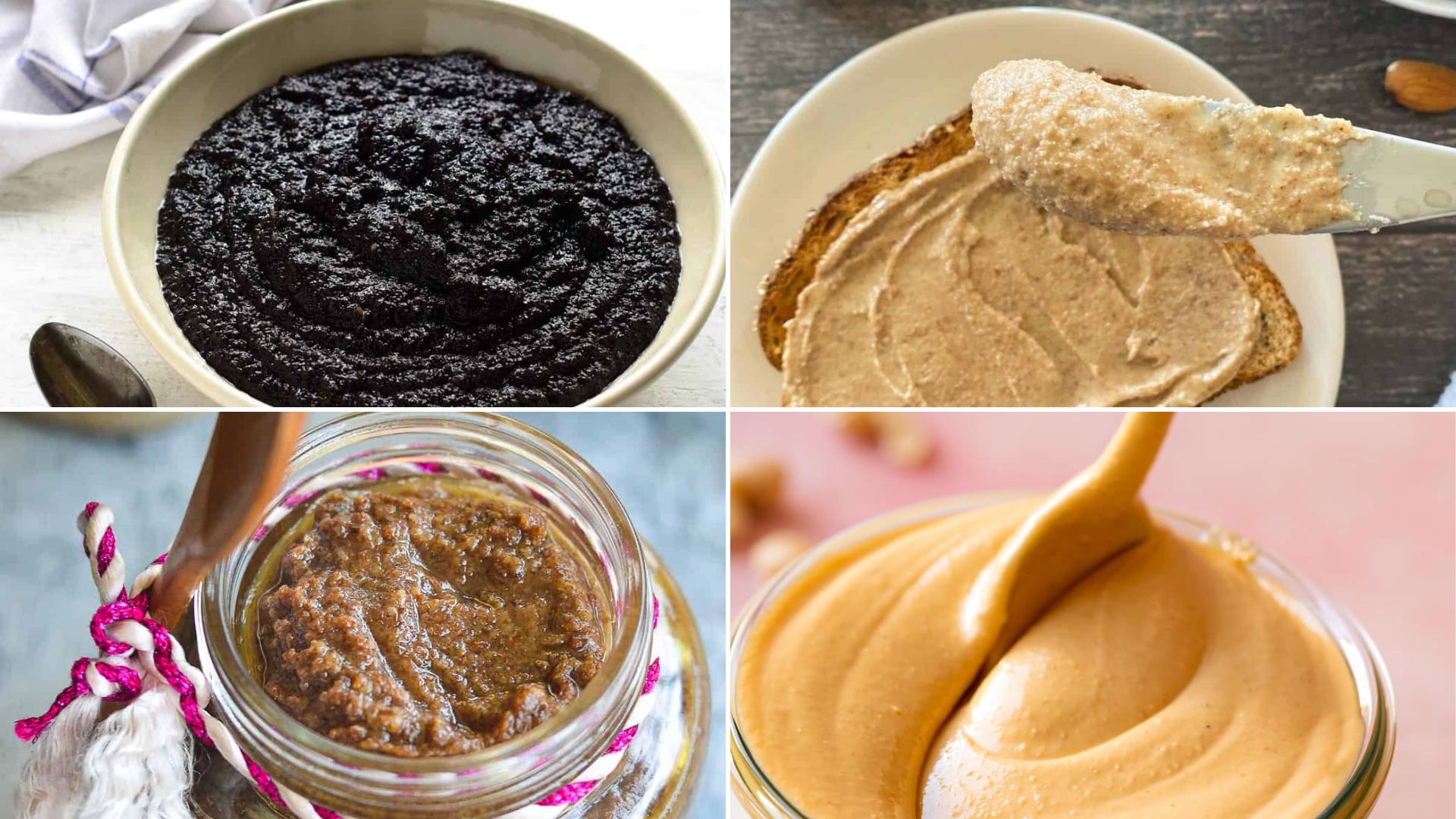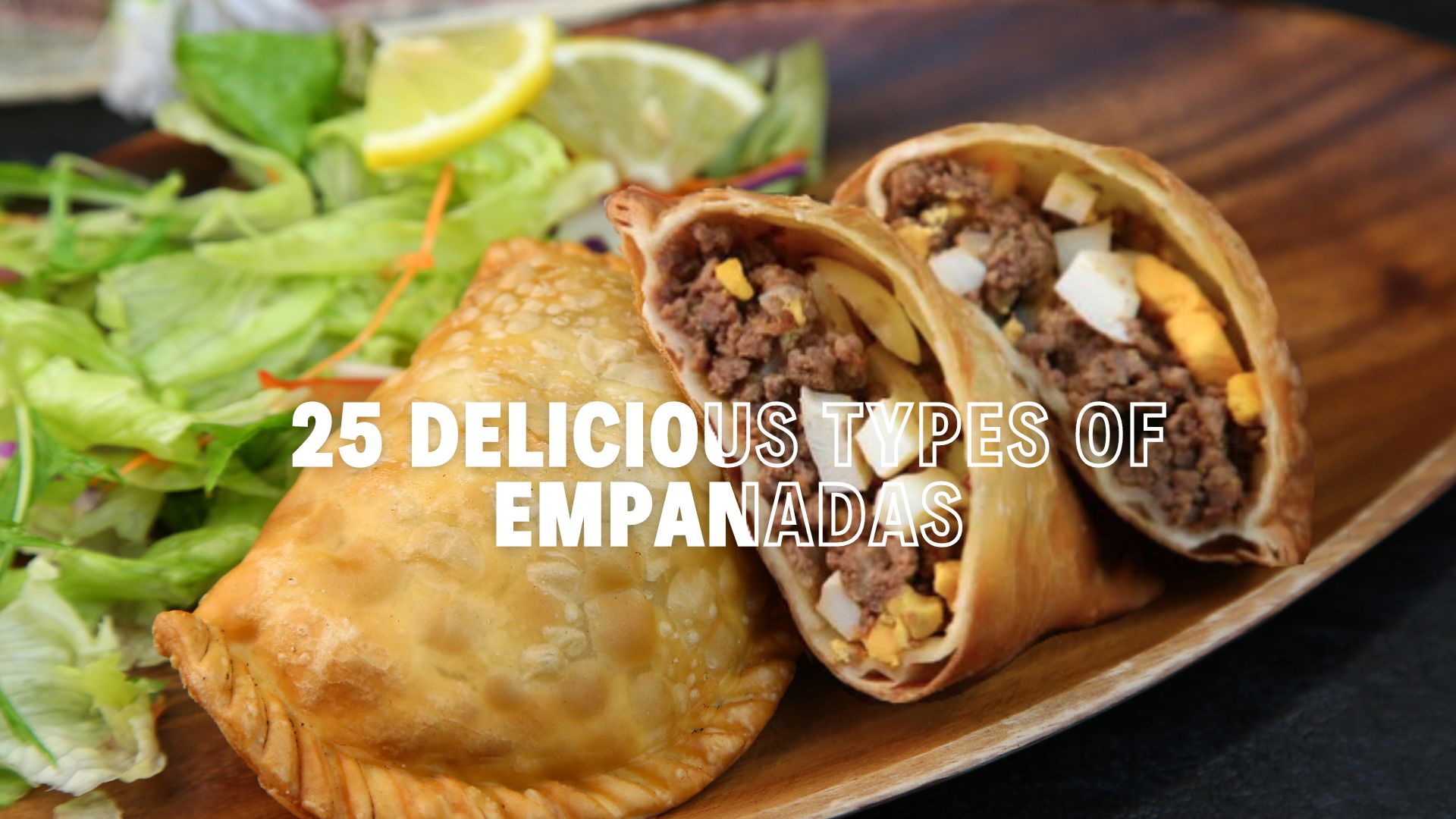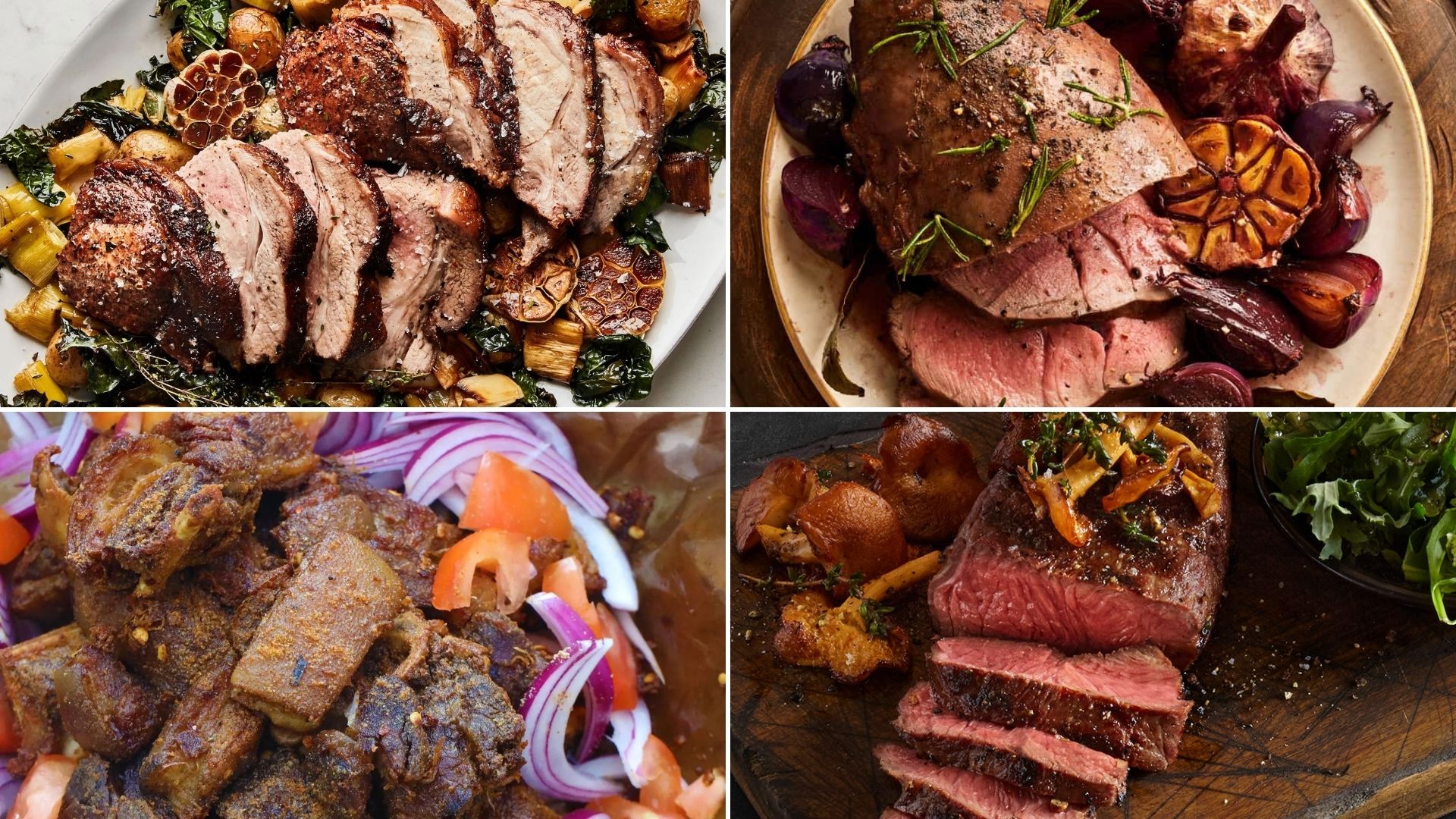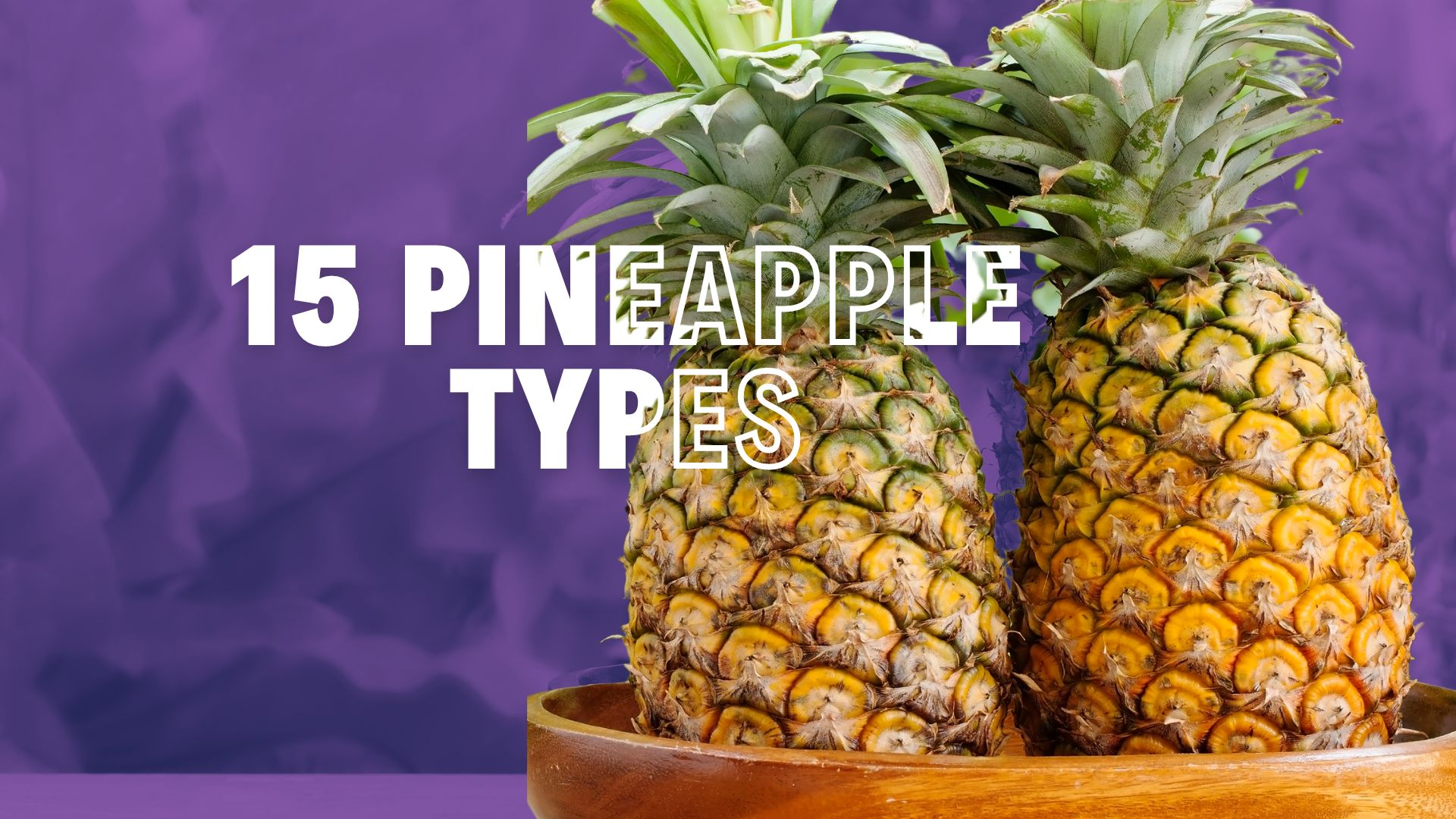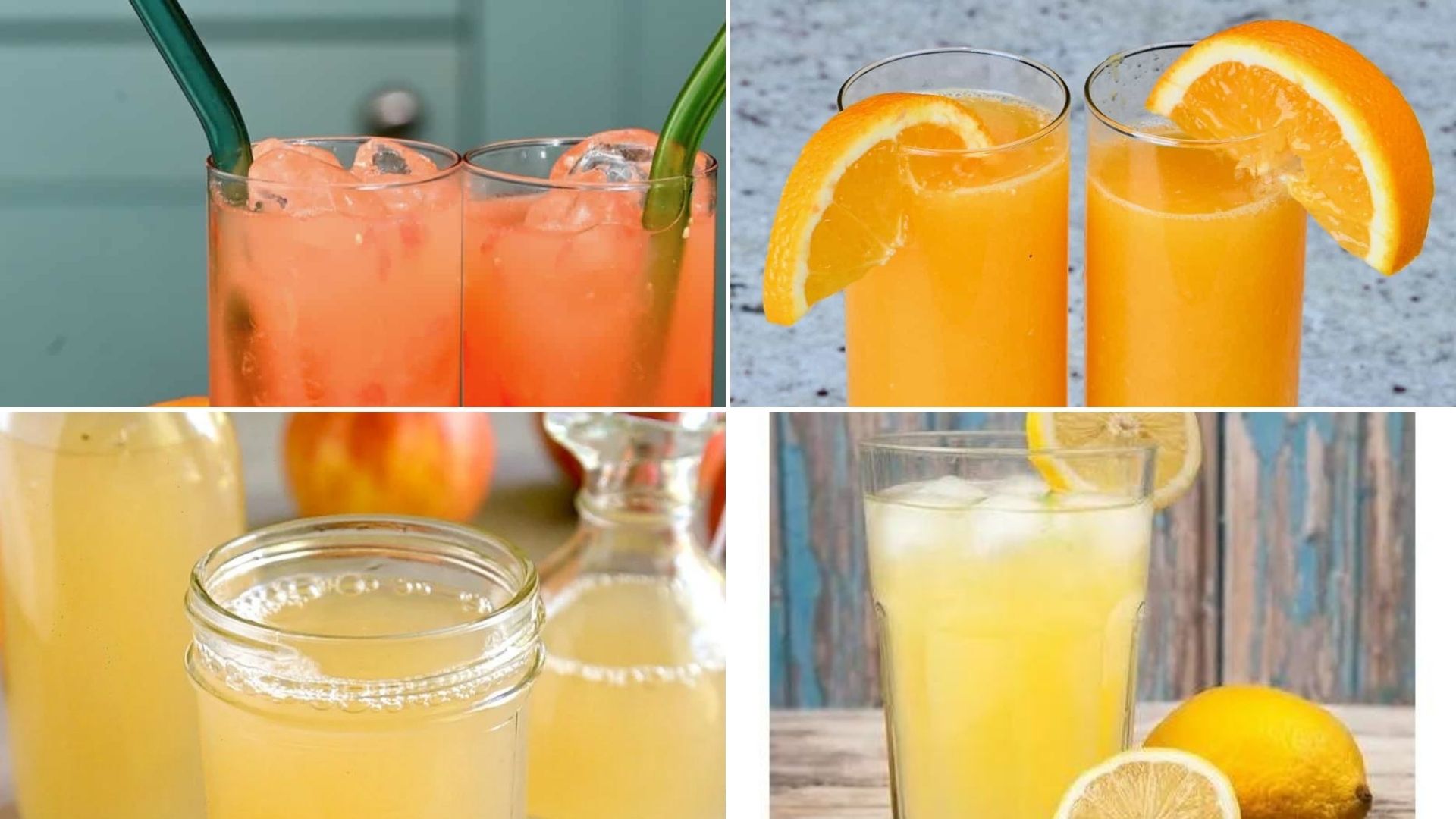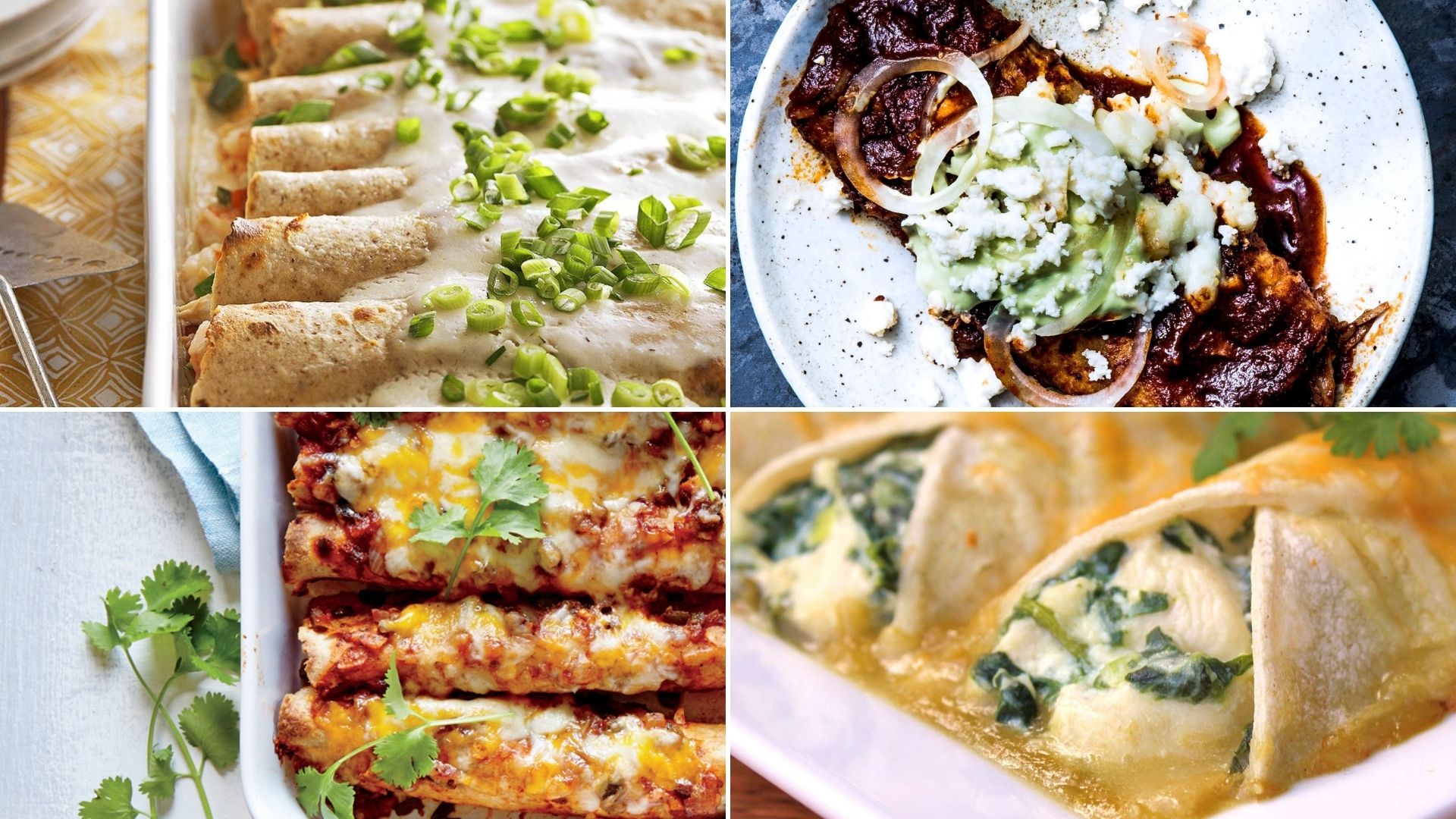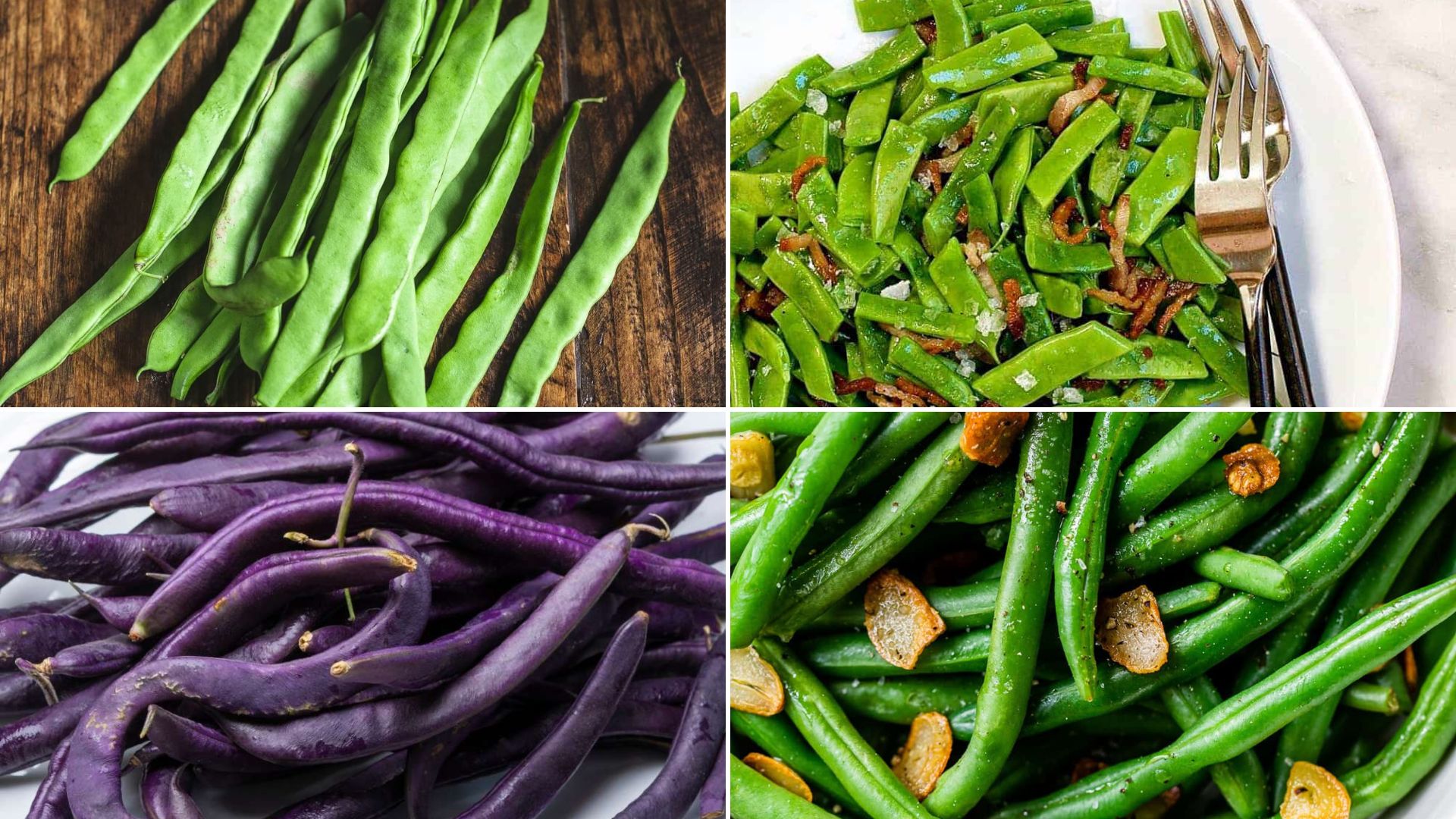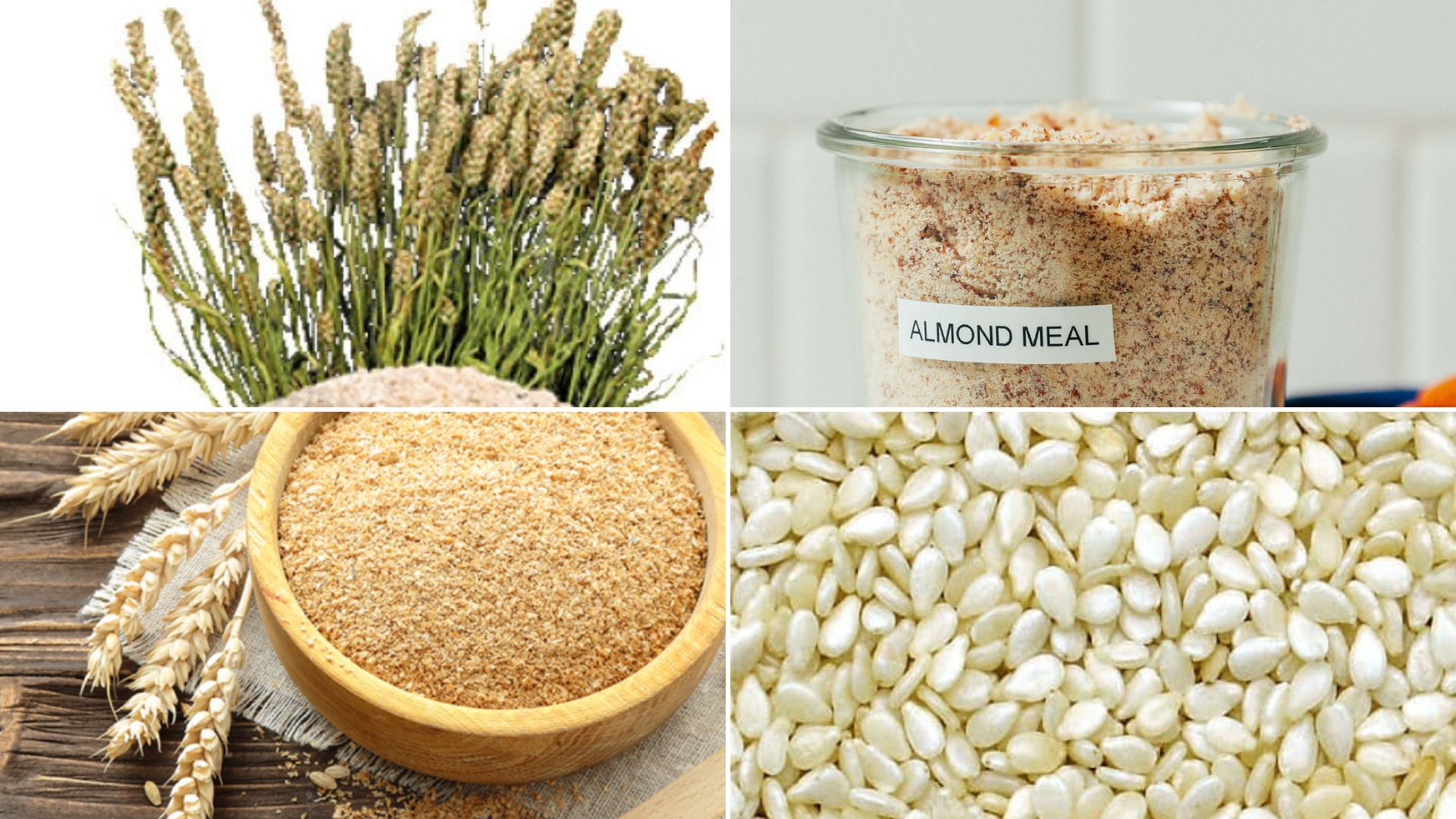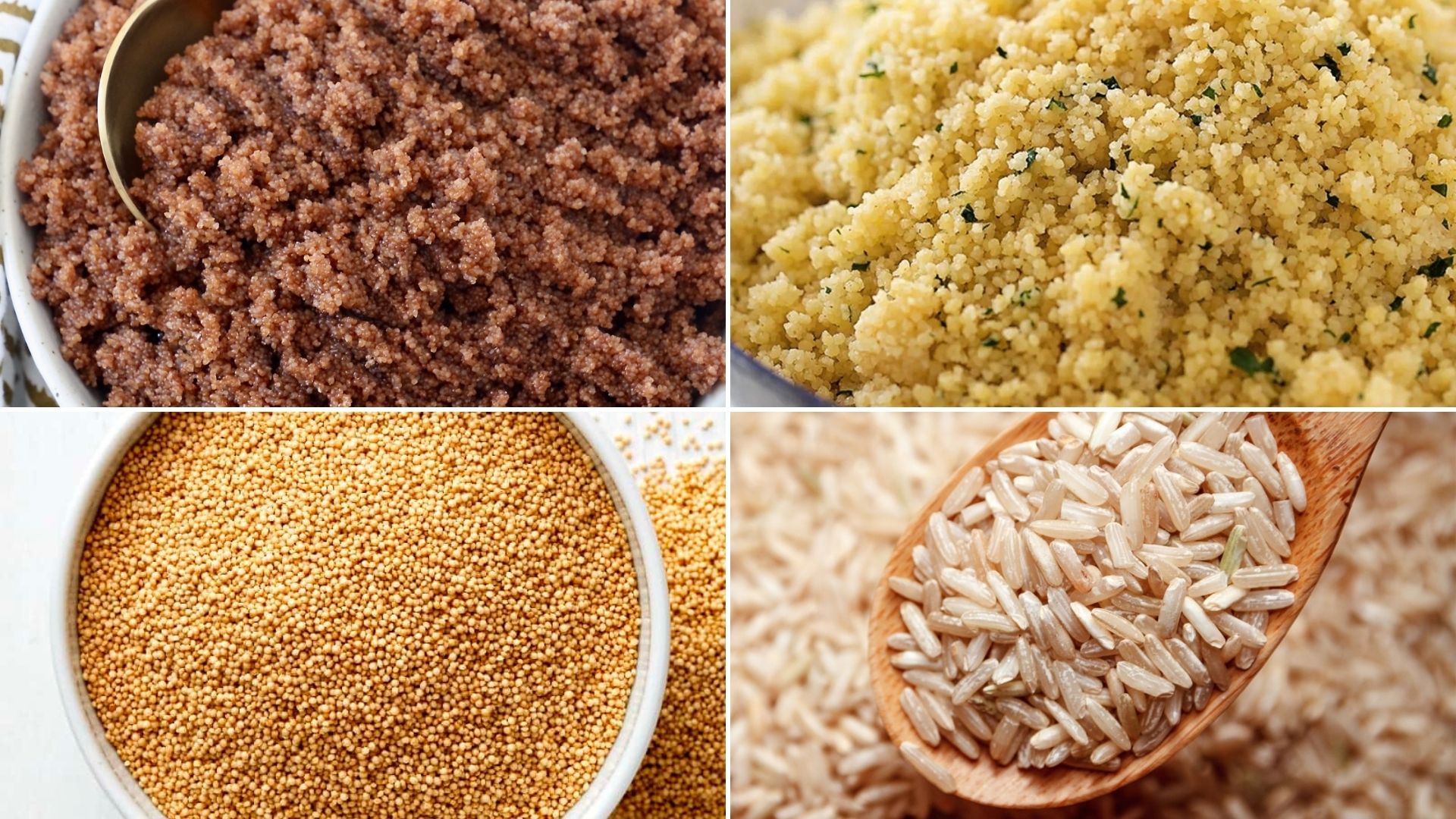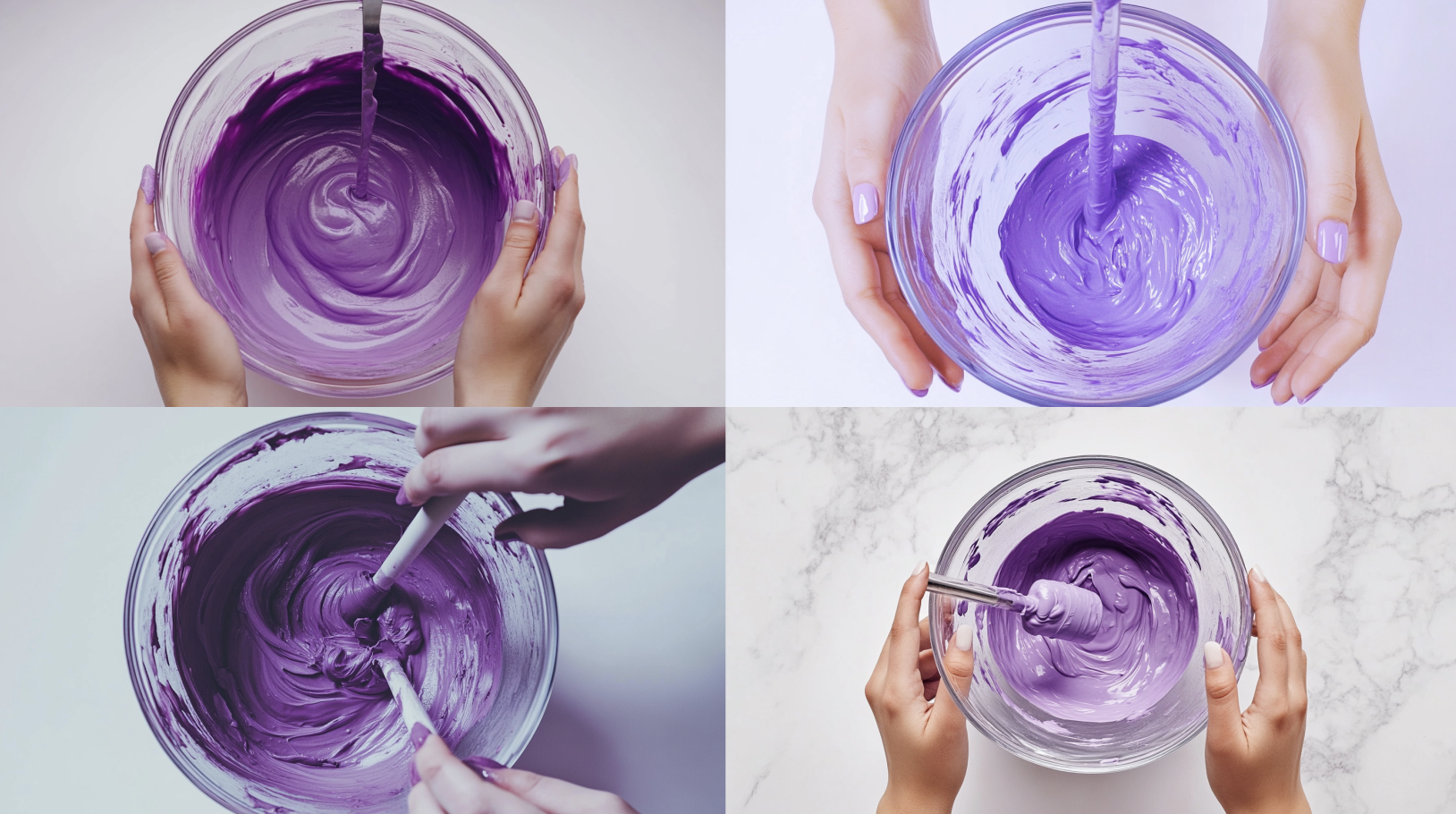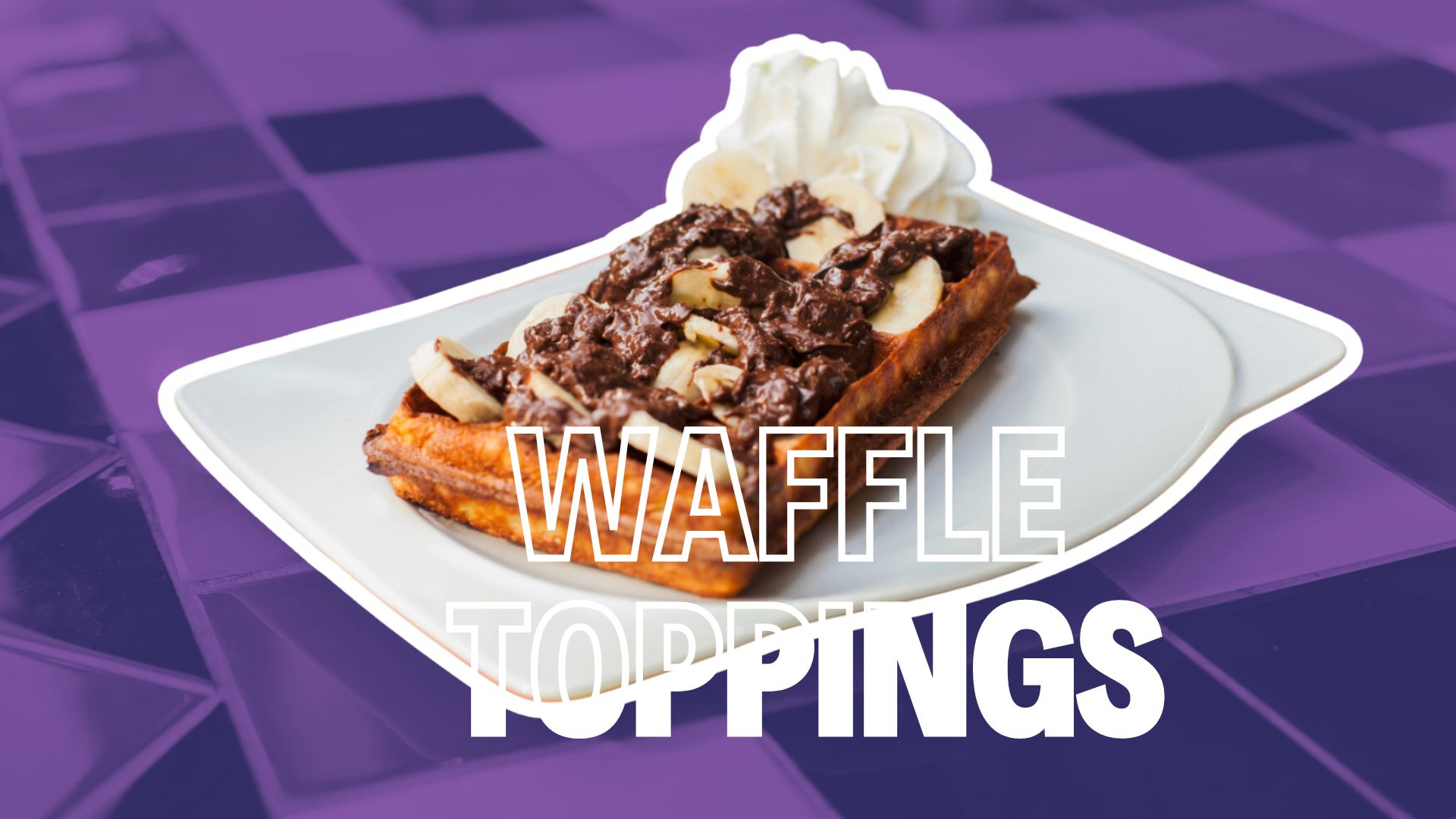
Vanilla bean paste is a wonderful ingredient known for its rich flavor and speckled appearance in desserts.
But what if you’re in the middle of baking and realize you’re out?
Don’t worry! Several substitutes can deliver a similar result.
This guide will walk you through the best alternatives so your recipe still shines.
Best Substitutes for Vanilla Bean Paste
1. Vanilla Extract
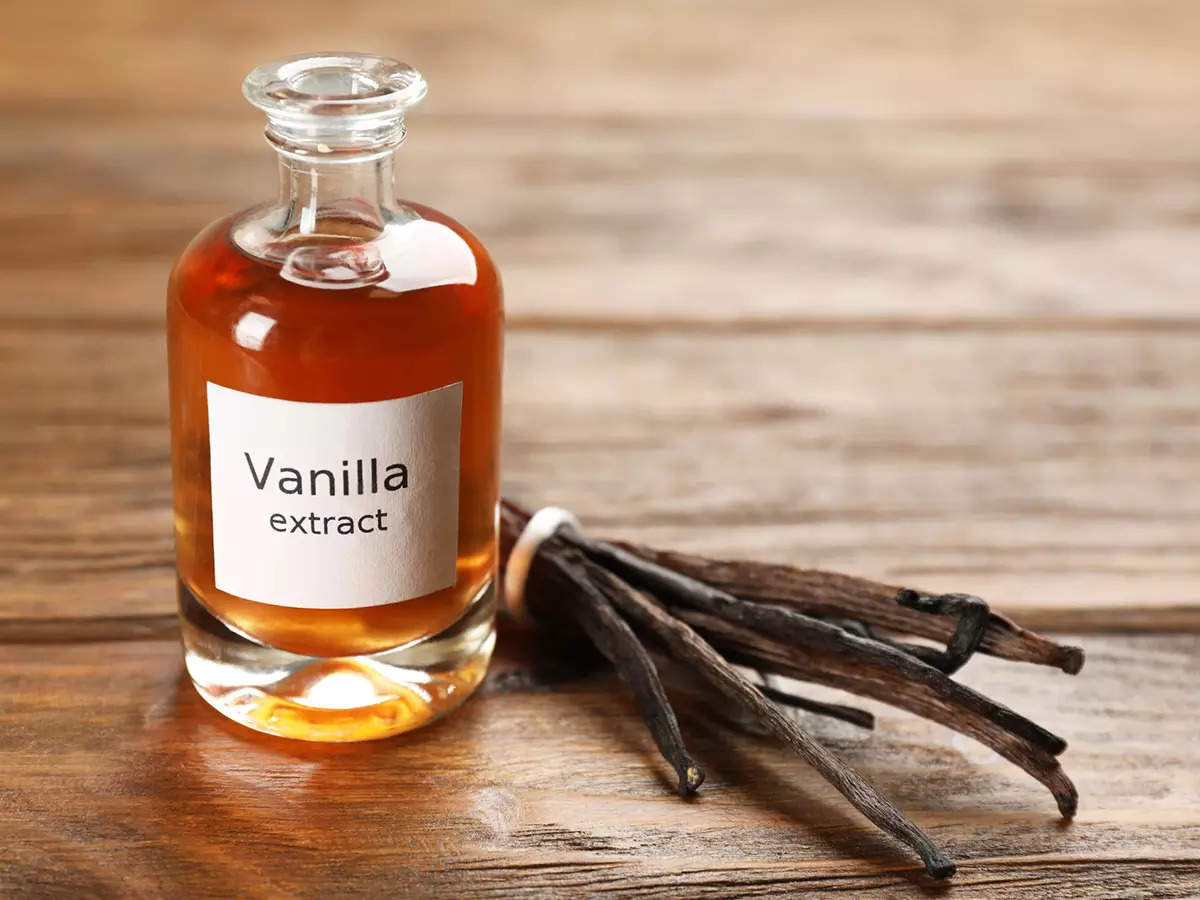
Vanilla extract is a liquid form of vanilla made by soaking vanilla beans in alcohol.
While it lacks the vanilla specks in the paste, it delivers a similar flavor profile and is one of the most widely used substitutes.
Its liquid nature may slightly alter the consistency of certain recipes, but its flavor remains strong and dependable.
It’s especially useful in baked goods where specks are not crucial.
For those seeking convenience, vanilla extract is a go-to option in most stores.
- Flavor profile: Sweet, aromatic, slightly less complex.
- Texture impact: Adds liquid, may thin batter.
- Ratio: Use 1:1 ratio.
- Best uses: Ideal for cakes, cookies, and frostings.
- Availability: Easy to find in most supermarkets.
2. Vanilla Powder
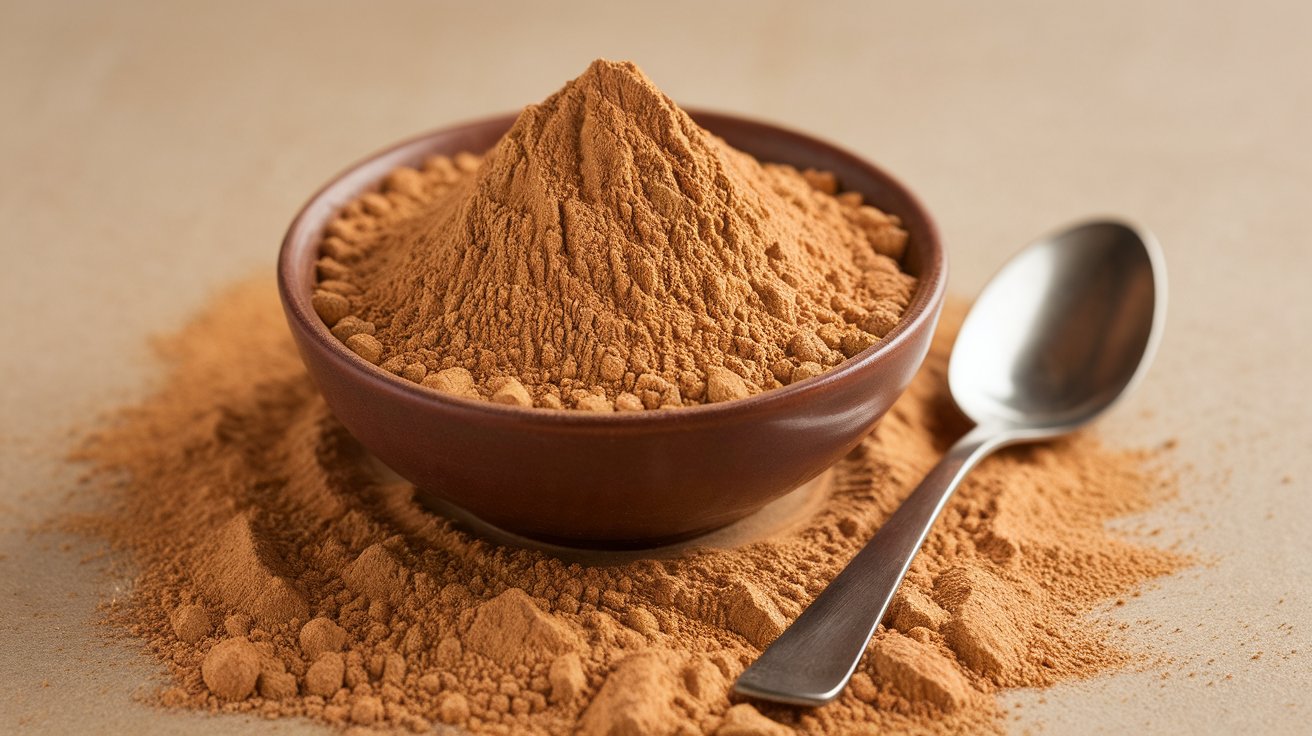
Vanilla powder is a fine, dry vanilla that offers a concentrated flavor.
It’s ideal for recipes that avoid extra liquid, such as dry baking mixes or chocolate confections.
Vanilla powder lacks the iconic vanilla specks but compensates with its intense flavor.
Its long shelf life makes it a useful staple for bakers.
You only need a small amount to achieve a powerful vanilla taste, which makes it a more potent substitute than liquid vanilla extract.
Vanilla powder works best when used sparingly to avoid overwhelming the dish.
- Flavor profile: Rich, concentrated vanilla taste.
- Texture impact: No liquid was added, so it is perfect for dry mixes.
- Ratio: ½ teaspoon equals 1 teaspoon of paste.
- Best uses: Great for dry recipes or batters.
- Convenience: Long shelf life, ideal for bulk storage.
3. Vanilla Beans
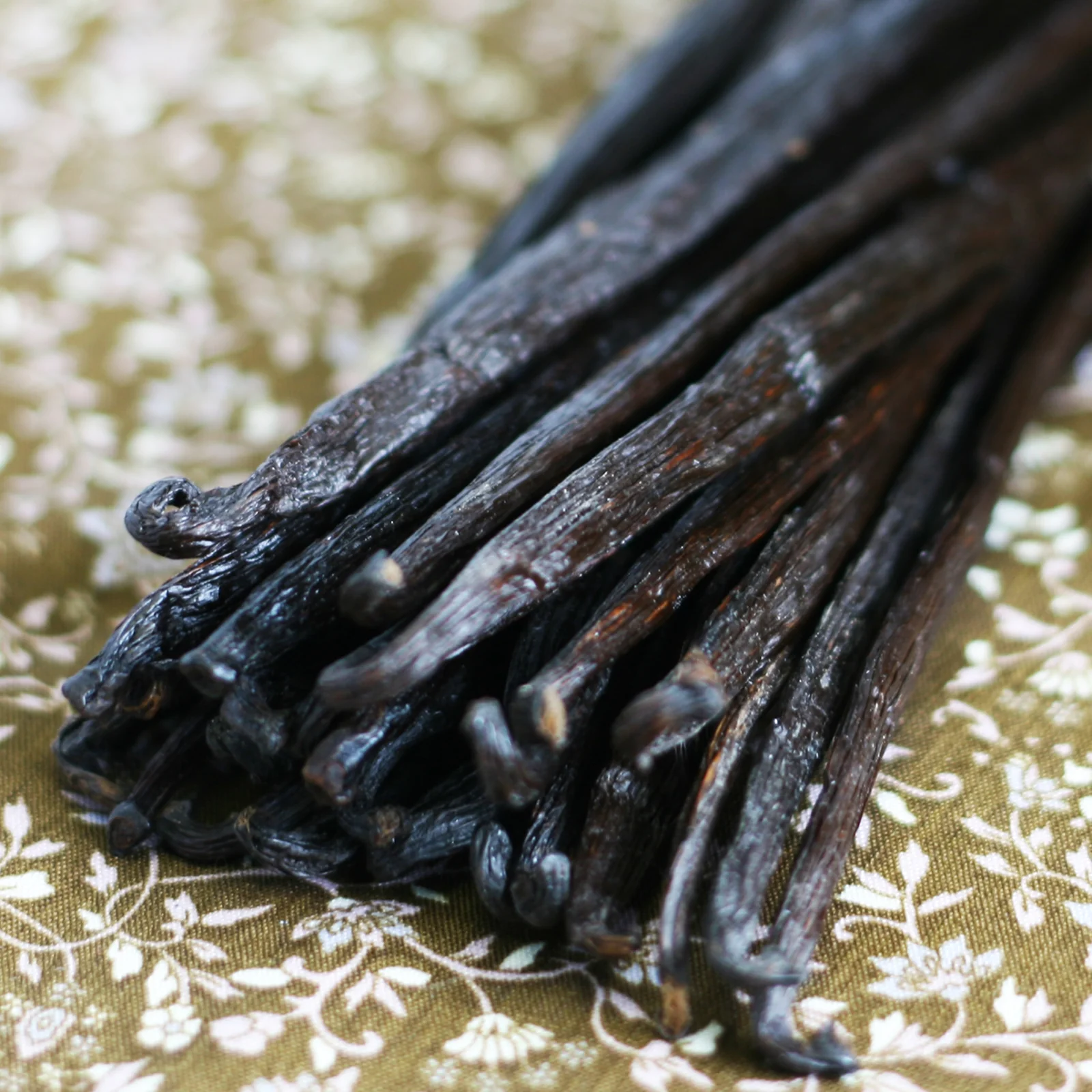
Vanilla beans are the closest substitute for vanilla bean paste, offering the same bold flavor and the signature specks.
They come directly from the vanilla plant and are filled with tiny seeds that add an attractive visual element to desserts.
Although using vanilla beans requires some preparation, such as splitting and scraping out the seeds, the result is worth it.
The rich and complex flavor makes it perfect for recipes where vanilla is the star.
One vanilla bean typically equals about a tablespoon of vanilla bean paste.
- Flavor profile: Bold, rich, and complex.
- Texture impact: Adds visible vanilla specks.
- Ratio: One vanilla bean = 1 tablespoon paste.
- Best uses: Ideal for custards, ice cream, and sauces.
- Preparation: Requires scraping seeds from the pod.
4. Maple Syrup

Maple syrup can substitute vanilla bean paste, particularly in recipes where a subtle change in flavor is acceptable.
While it doesn’t replicate the vanilla flavor, it adds a warm, caramel-like sweetness to your dish.
Maple syrup is best used in baked goods, where its liquid form blends easily into the batter.
Its rich flavor works especially well in cakes, muffins, and cookies.
It’s important to note that maple syrup will slightly alter the flavor profile, making it more complex and less vanilla-forward but still delicious.
- Flavor profile: Sweet, caramel-like undertone.
- Texture impact: Adds moisture to the recipe.
- Ratio: Use in a 1:1 ratio.
- Best uses: Works in cakes, muffins, and cookies.
- Subtle change: There is a slight shift in flavor compared to vanilla.
5. Honey
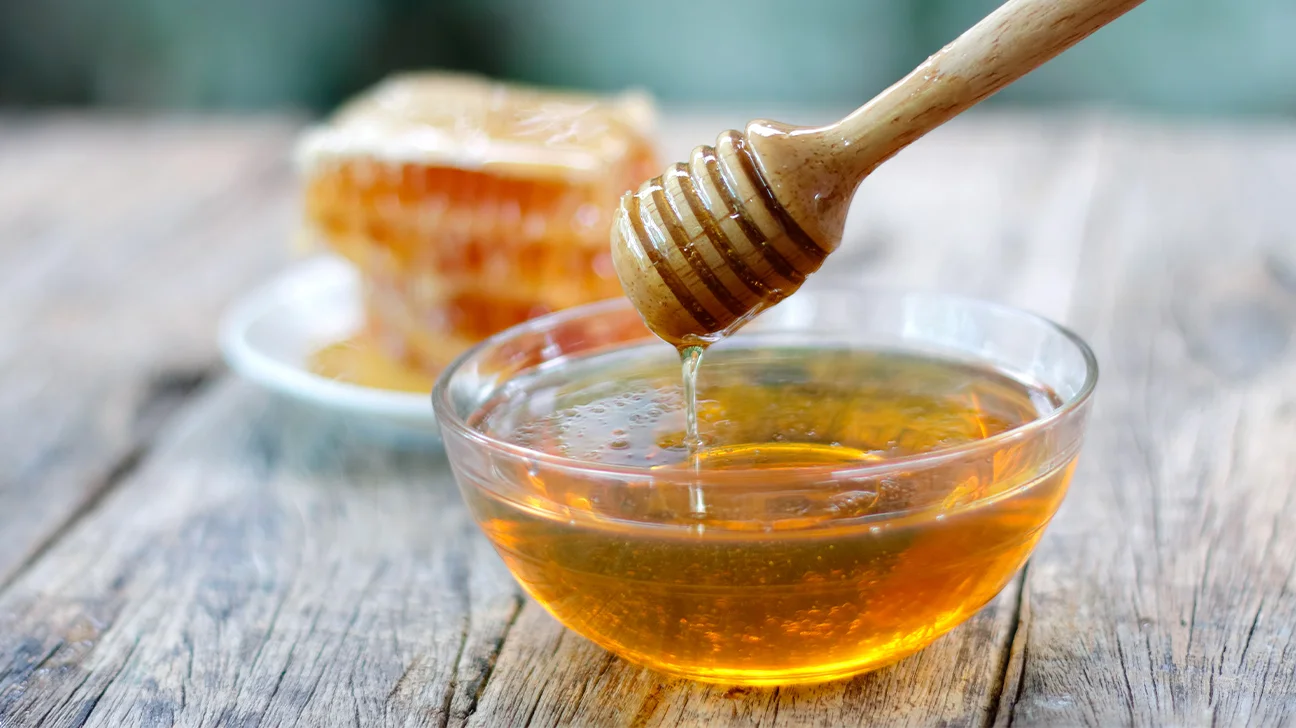
Honey is another sweet alternative to vanilla bean paste, bringing floral undertones.
It works particularly well in moist, rich desserts like cakes and cookies.
Honey adds sweetness and moisture, helping to keep baked goods soft.
However, its flavor differs from vanilla, so it’s best used in recipes where a floral note complements the other ingredients.
Since honey is sweeter than vanilla paste, it’s important to adjust the sweetness level of your dish accordingly.
Reducing other liquids slightly is also advisable to maintain texture balance.
- Flavor profile: Floral, sweet, and aromatic.
- Texture impact: Adds moisture to baked goods.
- Ratio: Use 1:1, but adjust for sweetness.
- Best uses: Perfect for cakes, cookies, and bread.
- Flavor adjustment: Expect a floral undertone instead of vanilla.
6. Almond Extract

Almond extract provides a unique twist when used as a substitute for vanilla bean paste.
At the same time, it doesn’t taste like vanilla; its strong, nutty flavor can work well in certain desserts.
It’s a much more concentrated flavor than vanilla, so it’s essential to use it sparingly to avoid overpowering the dish.
Almond extract pairs particularly well with recipes with nutty components, such as almond cookies or marzipan-based desserts.
If you enjoy the taste of almonds, this extract can add a pleasant depth to your recipe without needing vanilla.
- Flavor profile: Strong, nutty, and aromatic.
- Texture impact: No effect, as it’s a liquid.
- Ratio: Start with ½ the amount of vanilla paste.
- Best uses: Great for nutty desserts like cookies.
- Flavor tip: Pairs well with marzipan or almond-based recipes.
7. Coconut Extract
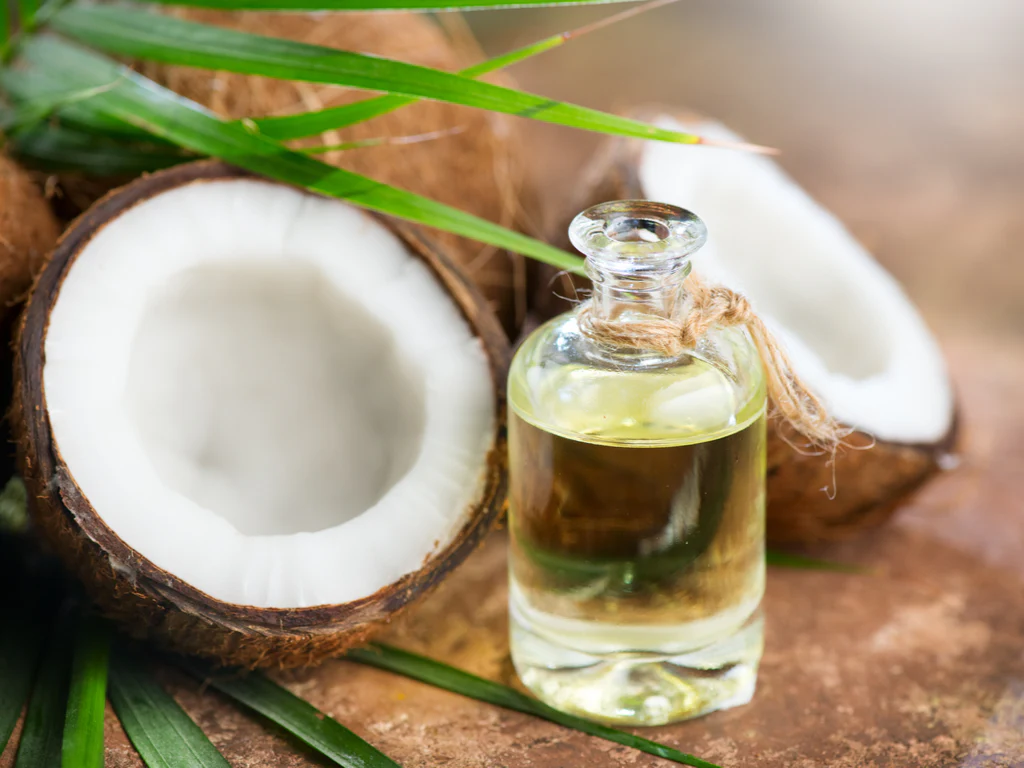
Coconut extract is a tropical alternative to vanilla bean paste, adding a distinct flavor.
Like almond extract, coconut extract is highly concentrated and should be used in small amounts.
Its flavor brings tropical sweetness to desserts and works especially well in recipes where a coconut undertone would enhance the dish, such as coconut cakes or tropical-flavored desserts.
Although it departs from vanilla’s flavor, coconut extract can add a refreshing twist to certain recipes, particularly in warm-weather desserts.
Use it sparingly to avoid overpowering the dish with coconut flavor.
- Flavor profile: Sweet, tropical, and coconutty.
- Texture impact: Adds no moisture, as it’s a liquid.
- Ratio: Use ½ the amount of vanilla paste.
- Best uses: Ideal for tropical desserts or coconut-flavored treats.
- Flavor tip: Adds a refreshing twist to cakes and puddings.
8. Vanilla Essence
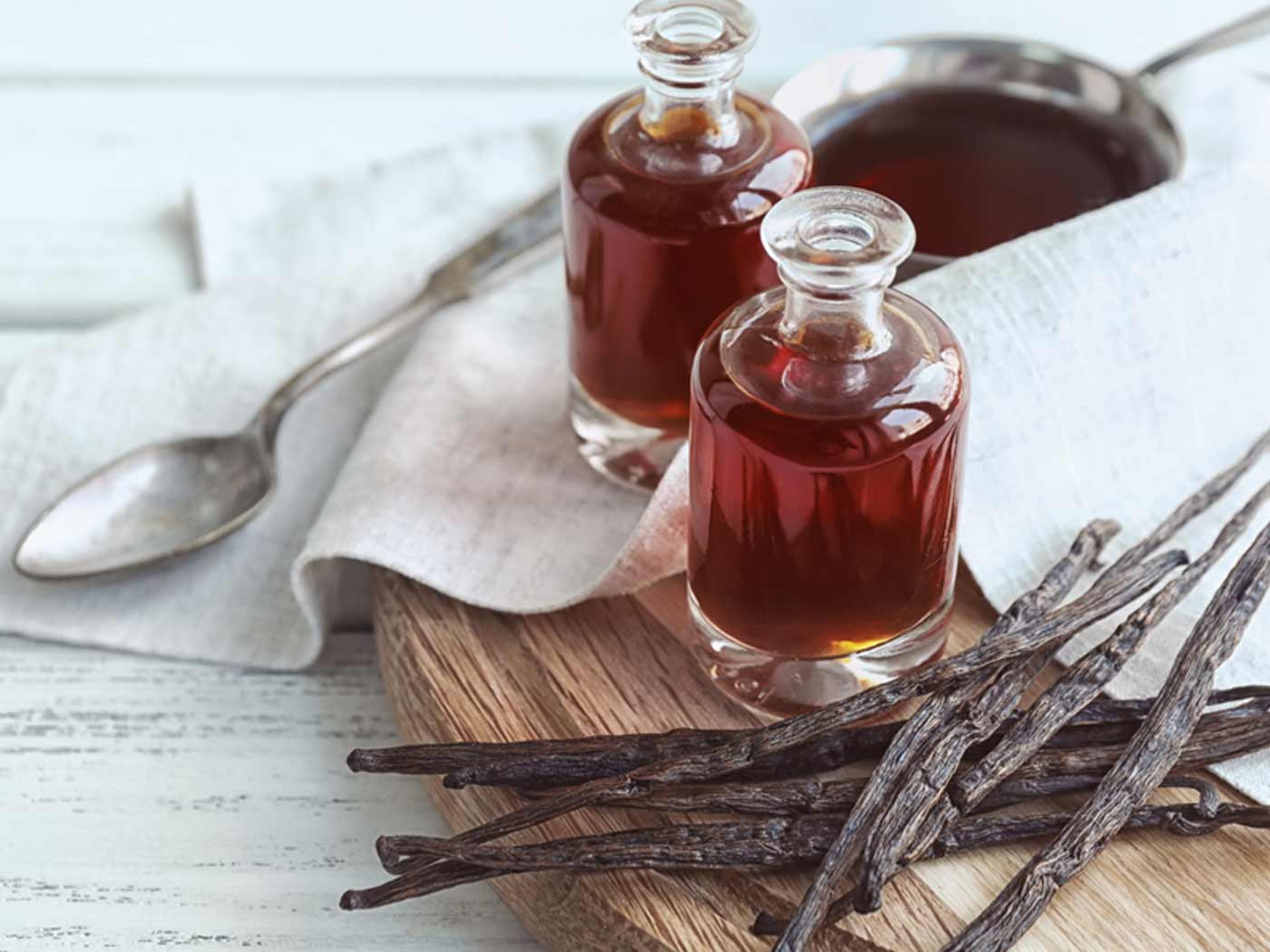
Vanilla essence, often a synthetic version of vanilla extract, is a budget-friendly substitute for vanilla bean paste.
While it lacks the rich complexity of pure vanilla, it still delivers a vanilla flavor suitable for everyday baking.
Its lower cost makes it a good option for large-scale baking or recipes where the vanilla isn’t the star ingredient.
Since it’s a more diluted form, you might need to adjust the quantity to achieve a more robust flavor.
Vanilla essence is a practical substitute for vanilla paste when you need flavor without the visual specks or intensity.
- Flavor profile: Mild, synthetic vanilla taste.
- Texture impact: Liquid form, slightly thin batters.
- Ratio: Use in a 1:1 ratio, but increase for stronger flavor.
- Best uses: Ideal for large-scale baking or simple desserts.
- Budget-friendly: Affordable option for casual baking.
9. Imitation Vanilla Flavor

Imitation vanilla flavor, similar to vanilla essence, is a synthetic alternative to vanilla bean paste.
It mimics the taste of vanilla but lacks the depth and complexity of natural vanilla products.
However, it’s an economical choice for everyday use, especially in recipes where the flavor of vanilla isn’t the primary focus.
Imitation vanilla flavor can be used in the same quantity as vanilla bean paste but is best suited for baked goods where the other flavors dominate.
It’s an accessible, cost-effective option for quick baking without breaking the bank.
- Flavor profile: Synthetic vanilla taste, less rich than real vanilla.
- Texture impact: Liquid, but it won’t significantly affect consistency.
- Ratio: Use in a 1:1 ratio with vanilla paste.
- Best uses: Works for cookies, cakes, and simple desserts.
- Cost-effective: A budget-friendly alternative to natural vanilla.
10. Vanilla Sugar
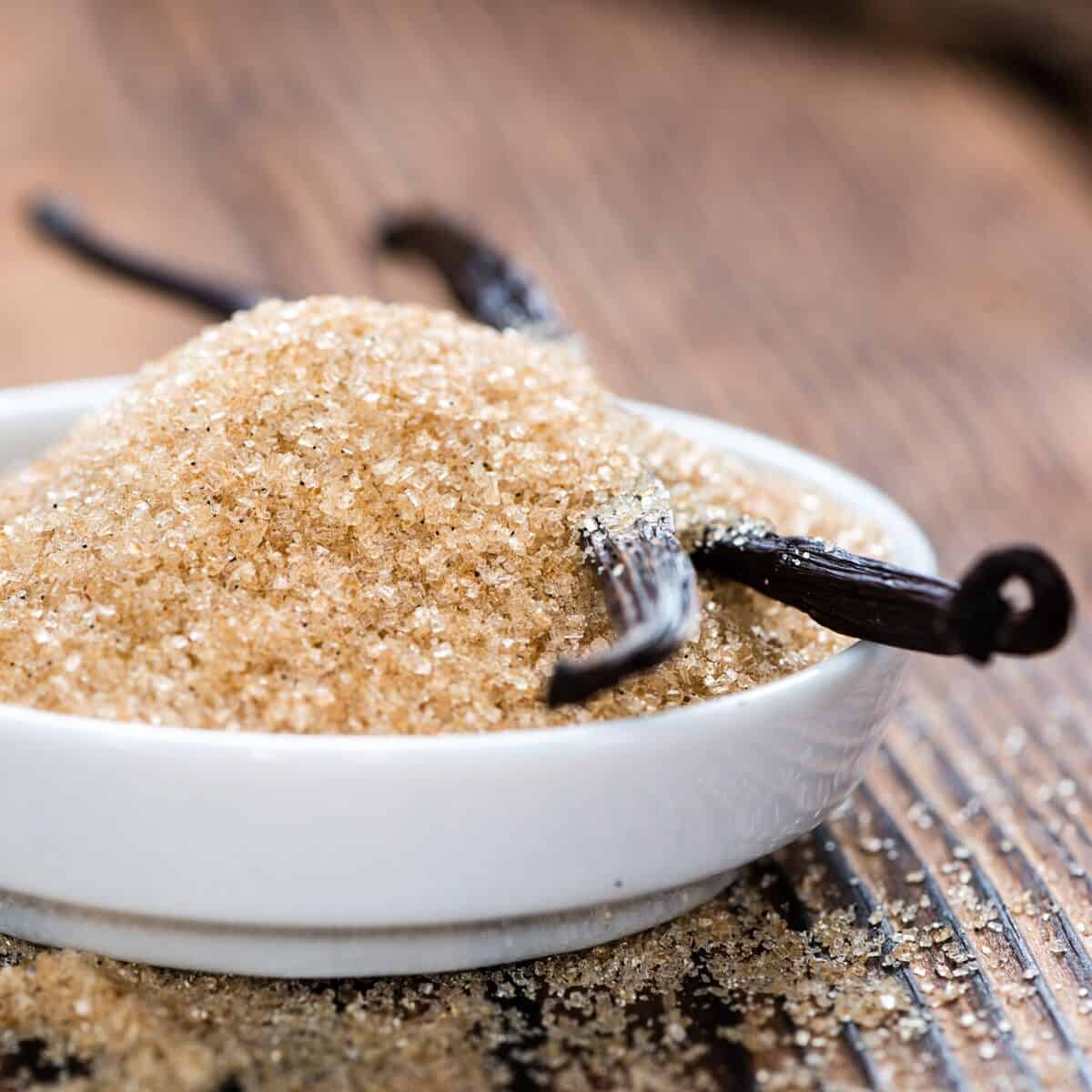
Vanilla sugar is a convenient substitute for vanilla bean paste, especially in recipes where extra sweetness is welcome.
It contains sugar infused with vanilla flavor, adding sweetness and a mild vanilla aroma.
Vanilla sugar is best used in baked goods like cookies, cakes, or pastries, where it dissolves into the batter.
Since it’s both a flavoring agent and a sweetener, you’ll need to adjust the sugar in your recipe to account for the added sweetness.
Vanilla sugar provides a subtle vanilla taste, though it won’t offer the same intensity as the paste.
- Flavor profile: Sweet with a mild vanilla aroma.
- Texture impact: Adds sweetness and granularity.
- Ratio: Use 1 tablespoon per tablespoon of vanilla paste, but adjust sugar levels.
- Best uses: Great for cookies, cakes, or pastries.
- Convenience: Adds both sweetness and flavor in one ingredient.
11. Vanilla-Flavored Milk
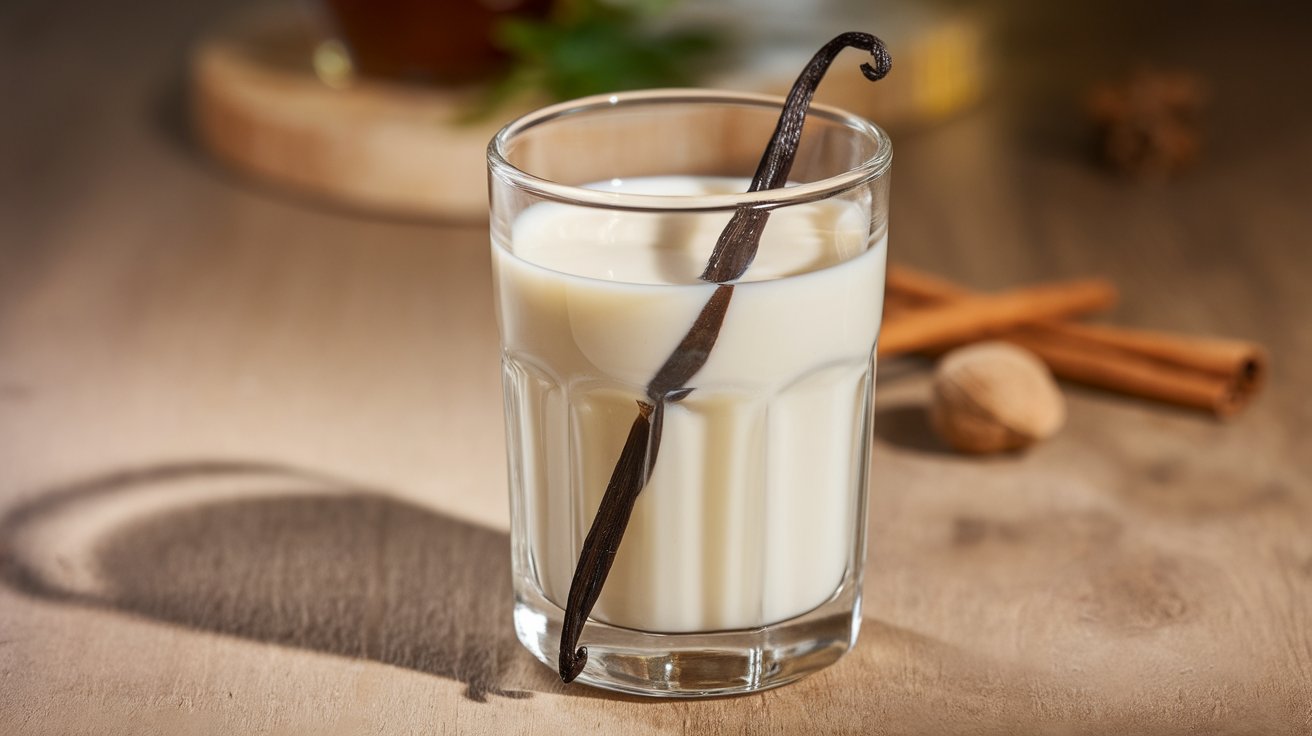
Vanilla-flavored milk can serve as a substitute for vanilla bean paste, especially in creamy desserts.
It offers a subtle vanilla flavor while adding moisture to the recipe.
This option works particularly well in puddings, custards, or frostings where a liquid ingredient won’t negatively affect the final product.
Since vanilla-flavored milk contains both vanilla and sweetness, reducing the amount of other liquids and sweeteners in your recipe is important to maintain balance.
While it doesn’t provide the intensity of vanilla bean paste, it’s a quick fix for a mild vanilla flavor.
- Flavor profile: Subtle vanilla with added sweetness.
- Texture impact: Adds moisture to recipes.
- Ratio: Use 1 tablespoon of milk per vanilla paste, adjusting liquid and sugar.
- Best uses: Works well in custards, frostings, and puddings.
- Quick fix: Ideal for recipes needing both moisture and vanilla flavor.
Final Thoughts
When you run out of vanilla bean paste, there’s no need to panic.
These 11 substitutes, ranging from vanilla extract to vanilla-flavored milk, offer versatile options that can keep your recipes on track.
Each alternative brings flavor profile and texture considerations, allowing you to choose the best fit for your dish.
Whether you need a concentrated powder or a sweet syrup, these substitutes ensure your desserts will still taste delicious.
Experiment with the options based on the flavor, texture, and availability, and enjoy their flexibility in your kitchen!

